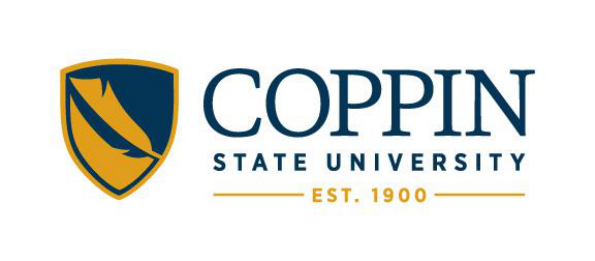
College of Health Professions
Helene Fuld School of Nursing
HESI ENTRANCE
EXAMINATION
STUDY GUIDE

TABLE OF CONTENTES
HESI Study Packet
Introduction
HESI Test Overview (Math, Reading, Comprehension, Vocabulary,
Grammar)
Math (face sheets precedes each section—pages bold, underlined;
Answers follow each section
Math diagnostic Test
HEST Math Review I-III: Add, subtract, multiply, divide
Math IV-VI: Add, subtract, multiply, divide decimals
Math VII-XII: Fraction terms; reducing proper and improper fractions; LCD
changing improper to mixed, mixed to improper; ass, subtract, multiply,
divide fractions; change fractions to decimals; change decimals to fractions
Math XIII: Ratio/Proportion
Math XVI: Percentages
Math: Helpful information to memorize and understand: chart of fractions,
decimals, percents; Roman numerals; measurement conversions
Math Review Answer key
MATH PRACTIVE TEST 1 (face sheets)
1. Add, subtract, multiply, divide
2. Multiply, divide (by & into), and, subtract decimals
3. Change fractions to decimals; decimals to fractions
4. Add, subtract, multiply, divide fractions
5. Percentage
6. Ratio/Proportion
7. Conversion
Page
1-2
3-4, 5-8
9-14
15-19
20-33
34-36
37-39
40-41
42-43
44-46
47-48
49-50
51-52
53-54
55-56
57
58-59

8.Rounding
MATH PRACTICE TEST 2 (face sheets)
9. Add, subtract, multiply, divide
10. Change decimals to fractions; change fractions to decimals;
multiply, divide (by & into) add, subtract decimals.
11. Add, subtract, multiply, divide fractions
12. Percentage
13. Ratio/Proportion
14. Conversion
15. Rounding
Reading Comprehension (face sheets) face sheet precedes each
section pages are bold, underlined; answers follow each section
60-61
62-64
65-66
67-68
69-70
71-72
73-74
75-76
77-78
79-80
How to answer reading comprehension questions and sharpen your
reading skills (without really trying)
Sample reading test
Reading
Vocabulary (face sheets) face sheet precedes each section pages
are bold, underlined; answers follow each section
1. Test 5 (everyday)
2. Exams 7, 10-14 (everyday)
3. Spelling (everyday)
4. Multiple Choice Quiz (medical terminology) Chapter One- Four,
Twenty-One
List of medical terminology (four study only)
Grammar (face sheets) face sheet precedes each section- pages
are bold, underlined; answers follow each section
81-83
84-86
87-92
93-95
96-97
98-102
103-107
108-122
123-134
135-137
1. Exercise One: Problems with Verbs (Part 1)
138-139
2. Exercise Two: Problems with Verbs (Part 2)
3. Exercise Three: Problems with Verbs (part 3)
4. Exercise Fourteen: Problems with Introductory Verbal
Modifiers
5. Exercise Fifteen: Problems with Parallel Structure
6. Exercise Eighteen: Problems with Structure
Answer keys for above grammar section (1-6)
7. Lesson 5: Sentence Structure: Dangling Modifiers
8. Lesson 5: Sentence Structure: Parallel Structure
Answer keys for above grammar section (7-8)
9. Plurals: Ex 2, 3, 4, 5
10. Verbs: Ex 12, 13
Answer keys for above grammar section (9-10)
11. Verbs: (Subjects – Verbs Agreement) lesson 12, Exercise 19
Answer key for the above grammar section (11)
12. Gerunds and Infinitives
Answer key for above grammar section (12)
140
141
142-144
145-147
148-149
150-158
159-161
162-164
165
166-169
170-172
173-174
175-178
179-180
181
182

1
Math Overview
Types of questions (no word or story problems)
1. Add, subtract
2. Add, subtract: decimals, whole numbers to decimals
3. Ratio; change fractions to ratio
4. Change decimal to percent
5. Multiply decimals
6. Divide by decimals
7. Rounding
8. Change fractions to decimals
9. Divide by fractions
10. Reduce
11. Add fractions with unlike denominators
12. Divide fractions by whole numbers
13. Divide fractions by fractions
HESI Reading Comprehension Overview
1. Need a good vocabulary to answer questions
2. Read, summarize
3. Implies information: Ex. (From the text) In a test, spend more time on essay
questions, which are worth more. (From the question) In a test, in order to get
more points, spend more time on difficult questions.
4. Long and short paragraphs
5. Other types of questions:
A. Definition of words
B. What is stated vs. implied
C. Fact vs. opinion
HESI Vocabulary Test Overview
1. Vocabulary in context, or as definition, or correct usage---questions not always
clear
A. Multiple Choice, Scenario is set up
B. Medical terms, some from biology
C. Literary words
D. Everyday words

2
HESI Grammar
Overview
1. Particularly difficult for ESL (foreign) students
2. Questions 1-25 select best answer
A. Verb Forms
B. Dangling modifiers
3. Questions 26-50 Identify and correct incorrect portion
a. Subject-Verb agreement
b. Parallelism
c. Plurals
d. Infinitives (to + Verb) or Gerunds (verb + ing)
e. Particles/prepositions (depend on, not depend in)
f. There, their, they’re usage
4. Questions 51-55
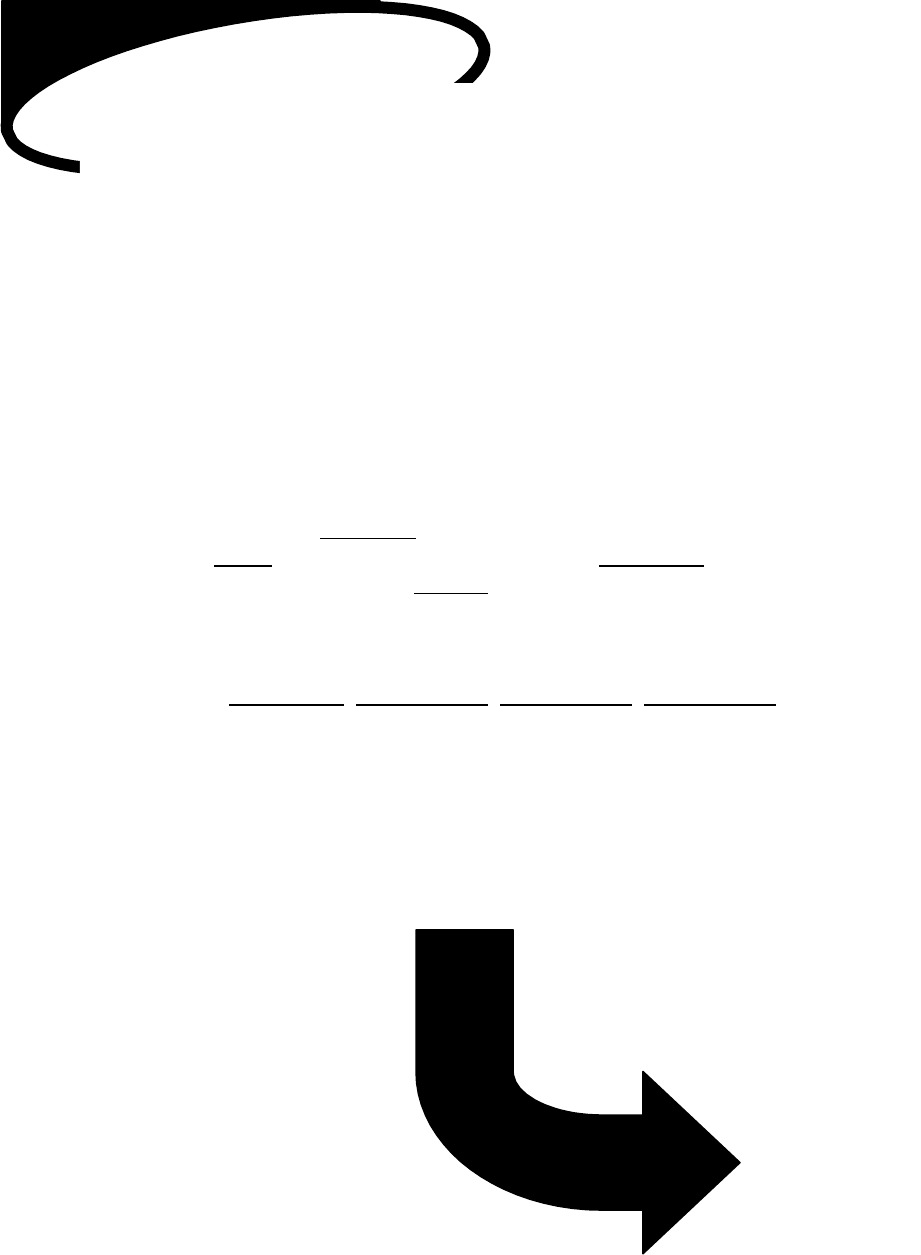
3
MATH Diagnostic
Directions:
1) Take the diagnostic test that follows.
2) Score with the answer key that immediately follows.
3) Provide the following information hereon (pages 3,4) for tutor- and-self-
evaluation:
Total number of problems: 27
Number correct: Multiply number correct X 100=
Divide by total number of problems= %
Tutor will review for areas to work on in Math.
Areas to work on: , , ,
NEXT STEP: GO ON TO
MATH REVIEW, THEN
PRACTICE TESTS 1 AND 2.

4
Diagnostic
Key to follow
Circle question number (s) missed
1
2 5
3 6
4
7
8 9 10 11 12 16a 17 18 19
13
14
15
16b
21
22
23
24 25 26
27a 27b
Type of Question
Addition
Multiplication
Division
Subtraction
Add, subtract, multiply, decimals
Concept of decimals, fractions, percent
Add fractions w/ unlike denominators
Multiply fractions
Divide fractions
Concept of ratio
Subtract decimals
Multiply decimals
Divide by decimals
Percent problem
Ratio Problem

5
Number Power Review Pretest
This pretest will tell you which chapters of Number Power Review you need to work on and which you have
already mastered. Do all the problems that you can. There is no time limit. Check your answers with the answer
key. Fill out chart at test end. Do all work on these pages.
Find an answer to each problem
1. 793 2. 215 x 89 = 3. 417 ÷ 19
517
+ 385
Find an answer to each problem.
4. 2800
5. 173
6. 4,208 ÷ 16
- 946
x 26
7. Find the Value of the expression: 3 ($2.50 - $1.00) + ($10.00 ÷4).
8. Write the following numbers in order, from least to greatest.
3
.034
30%
2
4%
0.4
4
3
9. What percent of this pizza has been eaten?

6
Write <, > or + to compare each pair of numbers.
10. 3 21 11.
4
2 14 12.
2
4
2
11
3 3 5 15
8 48
Solve each Problem.
13.
2 ¾
14.
2 x 3
15. 1 ÷ 5
+1 ⅓
3 5
4 8
16. Keisha bought sixteen cans of soda for a birthday party. Six of these are cans of cola.
a. What fraction of the soda is cola (red)?
= Red
b. What is the ratio of cola to flavors that are not cola?
Write <,>, or = to compare the pair of decimals.
17. 0.65 0.605 18. 0.329 0.48 19. 1.14 1.042
20. Which expression can be used to find the width of each board?
Board gap 0.375
18”
a. 18+ (3 x 0.375) d. 18-(3 x 0.375)
4 4
b. 18+ (3 x 0.375) e. 18 –(4 x 0.375)
3 4
c. 18- (3 x 0.375)
3

7
Solve each problem.
21. 5.08 22. 2.05 x 0.06 = 23. 2.842 ÷ 1.4 =
-2.92
24. The Clothes Tree is offering a 25% discount on all women’s sweaters. Including a 6% sales tax,
what will Selena pay for a sweater that normally sells for $48.00?
For problem 25 & 26, refer to the circle graph.
25. What percent of the students at Highland Middle School are in the 8
th
grade?
26. Suppose that next year the enrollment at Highland Middle School increases by 20%. How many
students will be enrolled at Highland next year?
6
th
Grade
174
7
th
Grade
156
8
th
Grade 170
27. What is the ratio of the amount that Jonathan saved in May to the amount he saved in January?
(Reduce to lowest terms. If necessary)
If Jonathan’s take-home pay is 1,500 per month, how much did he save during the 6 months
shown on the graph?
30
25
20
15
10
5
0
Jan Feb Mar Apr May Jun

8
Answer Key
1. 1,695
2. 19,135
3. 21 R 18
4. 1,854
5. 4,498
6. 263
7. $ 7.00 ($4.50 + $2.50)
8. 4%, 30%, 0.34, 0.4, 2/3, ¾
9. 62.5%
10. <
11. =
12. >
13. 4 – ½
14. 2/5
15. 2/5
16. a. 3/8 (6/16) b. 3/5 or 3 to 5 (6/10)
17. >
18. <
19. >
20. d.
21. 2.16
22. 0.123
23. 2.03
24. $38.16 ($36.00+ $2.16)
25. 34% (170/500 x 100%)
26. 600 (500 + 100)
27. 5/3 (25/15)

9
Math Review
(Note: This page has space for portion and for overall test score.)
Directions: 1) Take the portion of the test that follows. Label and do all work on front
and back of same page as problem.
2) See pages 42-44 for answer key, to score portion.
3) Provide the following information hereon (page 10) for tutor- and self-
evaluation:
Total number of problems: 24 Add, subtract, multiply, divide, whole numbers
Number correct: Multiply number correct X 100 =
Divide by total number of problems = %
Tutor will review for areas to work on in math.
Areas to work on: , , ,
OVERALL MATH REVIEW SCORE
Total number of problems (overall): 104
Number correct: Multiply number correct X 100 =
Divide by total number of problems = %
Tutor will review for areas to work on in math.
Areas to work on: , , ,
NEXT STEP: GO ON TO
PRACTICE TESTS 1 AND 2.
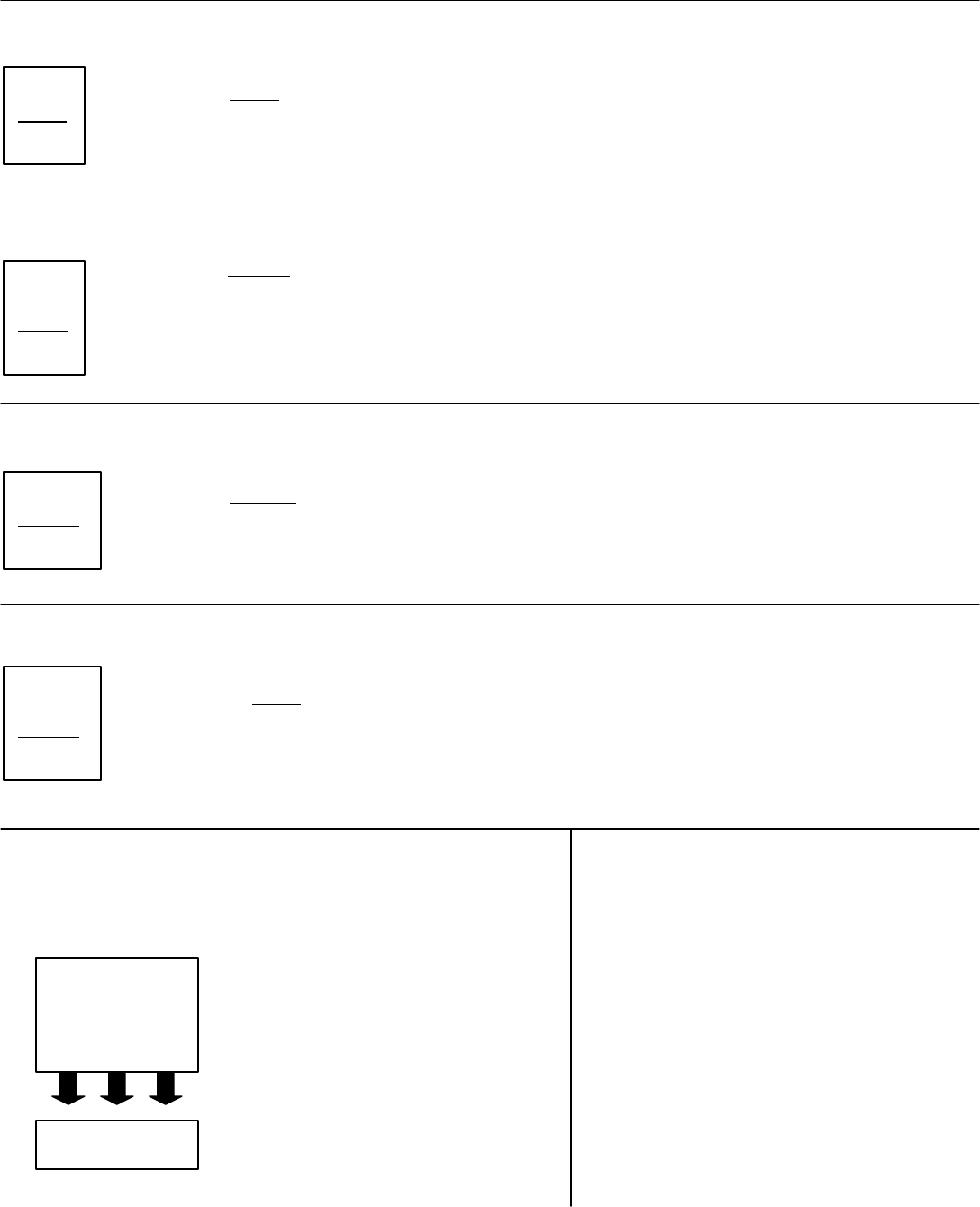
10
Hundred
Tens
Ones
Basic Addition and Subtraction
Basic Addition Steps:
462+133 1. Line up digits according to place value.
Check by: 595 2. Add the digits starting from right to left:
462
+133
595
- 133 Ones: 2 + 3 = 5
462 must be the answer Tens: 6 + 3 = 9
Hundreds: 4 + 1 = 5
Addition w/ Regrouping Steps:
835+559 1. Line up the digits according to place value.
Check by: 1,394 2. Add:
1
835
+ 559
1394
- 599 Ones: 5+9 = 14
835 must be the answer (carry the 1 to the tens place, which is
one place to the left)
Tens: 1+ 3+ 5= 9
Hundreds: 8+ 5= 13
Basic Subtraction Steps:
5,234 – 4,112 1. Line up the digits according to place value.
Check by: 1,122 2. Subtract:
5,234
- 4,112
1,122
+4,112 Ones: 4 – 2 = 2
5,234 must be the answer Tens: 3 – 1 = 2
Hundreds: 2 – 1 = 1
Thousands: 5 – 4 = 1
Subtraction with Regrouping Steps:
457 – 29 1. Line up the digits according to place value.
Check by: 428 2. Subtract:
4 1
7
4 5 7
- 2 9
4 2 8
+ 29 Ones: 7 – 9 (must borrow 1 from the 5
457 must be the answer In the tens place)
Tens 4 – 2 = 2
Hundreds: 4 – 0 = 4
Vocabulary:
Digit: A numeral, (the number 7 is a digit).
Place Value: Each digit in a number occupies a
position – that position is called its place value.
HESI Hints:
1 Ten = 10 ones
1 Hundred = 100 ones
1 Thousand = 1000 ones
6 5 9
Now you try!
1. 1,803 + 156 =
2. 835 + 145 =
3. 1,372 + 139
4. 123 + 54 + 23 =
5. 673 – 241 =
6. 547 – 88 =
7. 222 – 114 =
8. 12,478 – 467 =
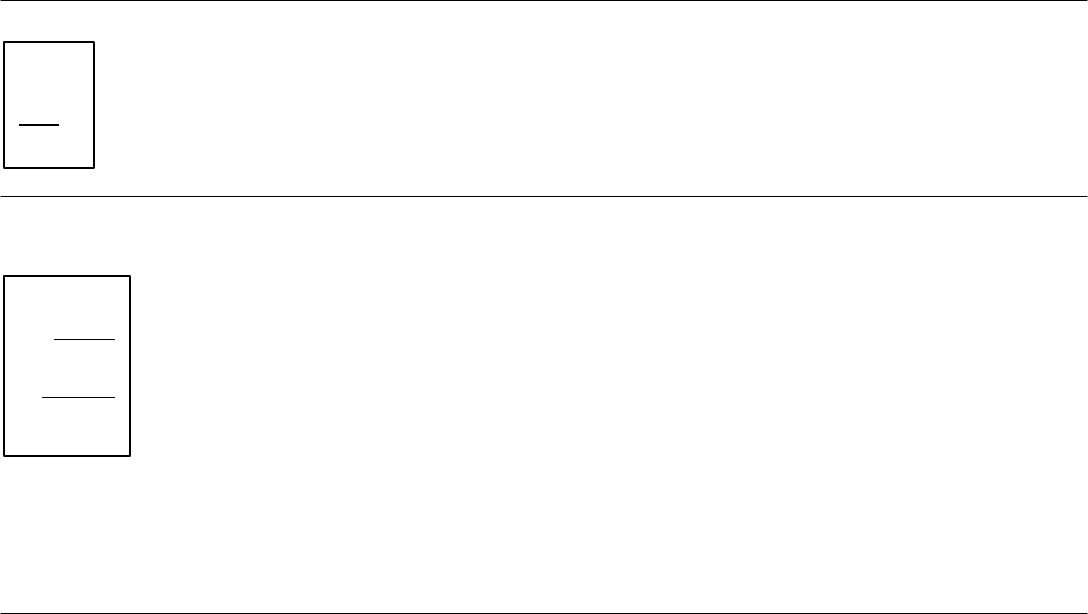
11
Basic Multiplication
(Whole
Numbers)
23 X 5 Steps:
1. Multiply one digit at a time.
1
23
x 5
115
2. Multiply (5 X 23)
Ones: 5 x 3 = 15 (carry the 1 to the tens place
and write the 5 in the ones place)
Tens: 5 x 2 = 10 + 1 = 11
623 X 45 Steps:
1. Multiply 623 X 5
5 x 3 = 15
623
x 45
3115
24,920
28,035
5 x 2 = 10 + 1 (carried over)= 11
5 x 6 = 30 + 1 (carried over)= 31 (doesn’t need
to be carried over)
2. Multiply 623 x 4 (remember to line up the ones
digits with the four by using zero as the
placeholder):
4 x 3 = 12
4 x 2 = 8 + 1 = 9
4 x 6 = 24
3. Add the two products together:
3,115 + 24,920 = 28,035 is the final product
Vocabulary:
Product: The answer to a multiplication problem.
HESI Hints:
Remember, the placeholders help keep the problem aligned. If you do not skip a space, the answer
will be incorrect. Below is an example of a well-aligned problem.
Note: Timetables are crucial for doing multiplication, division, fractions, etc. Please notify the tutor if
you do not know timesheets by heart at least through 9 x 9.
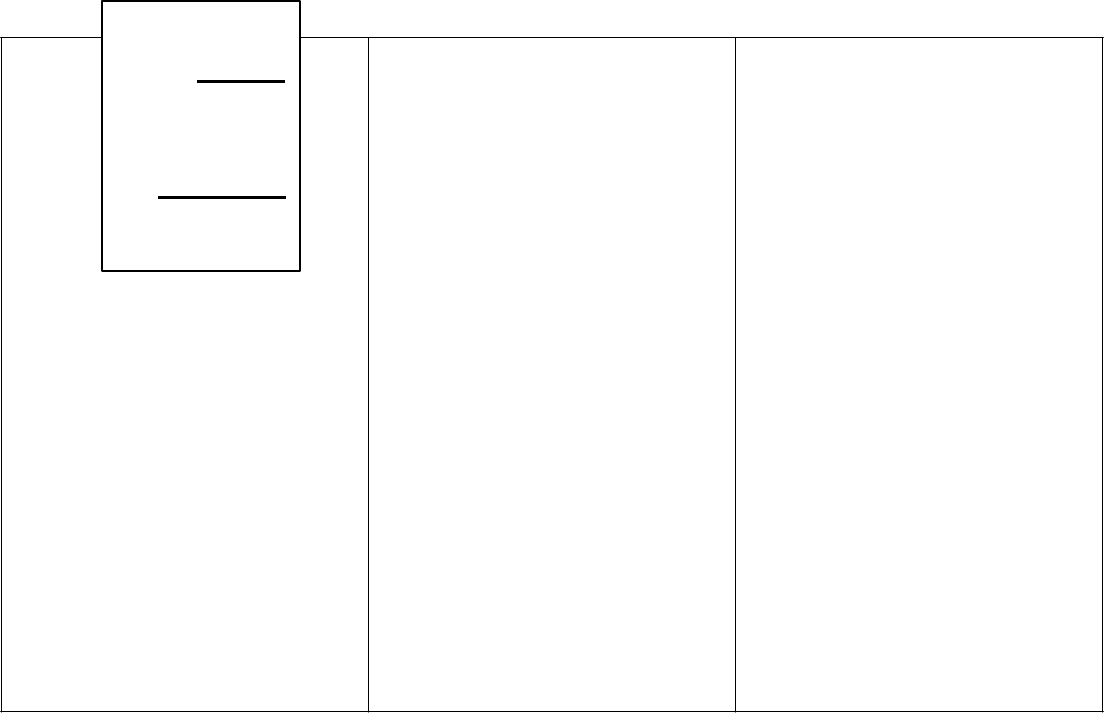
12
51
301 x 4
301
x 451
301
15050
Steps: Now You Try!
1. Multiply 301 x 1
¾ 1 x 1 = 1
+120400
135,751
¾ 1 x 0 = 0
¾ 1 x 3 = 3
2. Multiply 301 x 5
¾ 5 x 1 = 5 ( remember
to use a zero for a
placeholder)
¾ 5 x 0 = 0
¾ 5 x 3 = 15
3. Multiply 301 x 4
¾ 4 x 1 = 4
¾ 4 x 0 = 0
¾ 4 x 3 = 12
4. Add the three products
together:
¾ 301 + 15,050 +
120,400 = 135,751 is
the final product
1. 846 x 7 =
2. 325 x 6 =
3. 653 x 12 =
4. 806 x 55 =
5. 795 x 14 =
6. 999 x 22 =
7. 582 x 325 =
8. 9,438 x 165 =
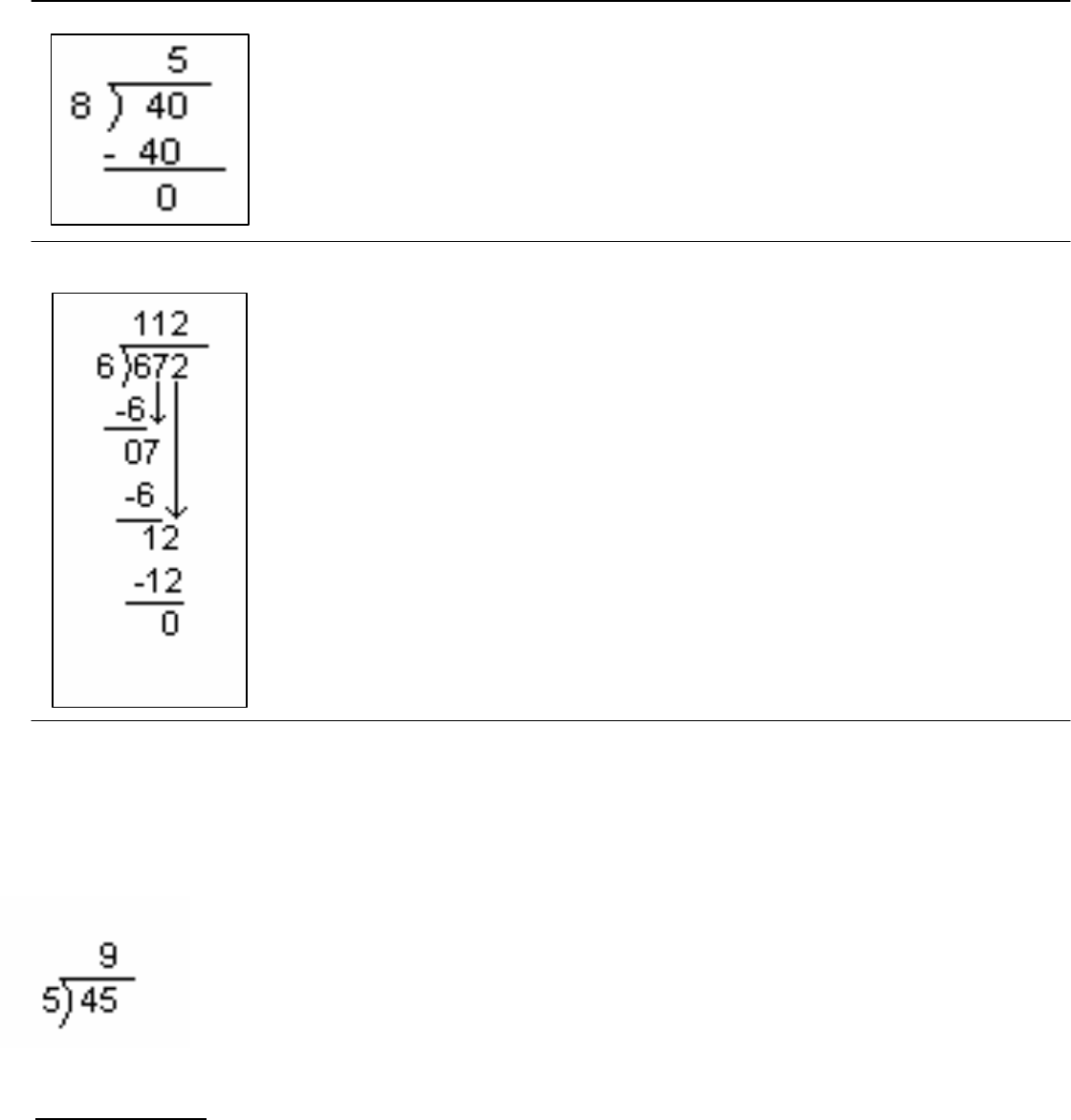
13
Basic Division
(Whole Numbers)
40÷ 8 = Steps:
1. Set up the problem. (Review the vocabulary section).
2. Use a series of multiplication and subtraction problems to
solve a division problem.
3. 8 x ?= 40
Multiply: 8 x 5 = 40
Subtract: 40-40=0
The quotient (or answer) is 5
672÷ 6 = Steps:
1. Set up the problem.
2. Begin with the hundreds place:
o 6 x ?=6; we know 6 x 1 =6; Therefore, place the
1(quotient) above the 6 hundred (dividend). Place the
other 6 under the hundred and subtract: 6-6=0
o Bring down the next number which is 7; 6 x ? = 7.
There is no number that can be multiplied by six that
will equal seven exactly, so try to get as close as
possible without going over 7. Use 6x1=6 and set it up
just like the last subtraction problem. 7-6 =1
o Bring down the 2 from the dividend which results in
the number 12 (the 1 came from the remainder of 7-
6=1).
o 6x?=12;?=2 The two becomes the next number in the
quotient. 12- 12=0. There is not a remainder.
o The quotient (or answer) is 112.
Vocabulary
Quotient: The answer to a division problem.
Dividend: The number being divided.
Divisor: The number by which the dividend is divided.
HESI Hints:
The 5 represents the divisor, the 45 represents the dividend, and the 9 represents the
quotient. It is the best not to leave a division problem with a remainder, but to end it as
a fraction or a decimal point instead. To make the problem into a decimal, just add a
decimal point and zeros at the end of the dividend and continue. If a remainder
continues to occur, round to the hundredths place.
Example:
233.547→ 233.55 (the 7 rounds the 4 to a 5)
Steps to Division
1. Division
2. Multiplication
3. Subtraction
4. Bring down

14
174÷ 5 Steps:
1. Set up the problem.
2. 5 does not divide into 1, but does divide into 17.
3. 5 x 3 = 15 Write the 3 in the quotient. (It is written above
the 7 in seventeen because that is the last digit in the
number).
o 5 x 3 = 15
o 17 – 15 = 2
4. Bring the 4 down. Combine the 2 (remainder from 17-15)
and 4 to create 24.
5. Five does not divide evenly into 24; therefore try to get
close without going over.
o 5 x 4 = 20
o 24 – 20 =4
6. There is a remainder of 4, but there is not a number left
in the dividend. Add a decimal point and zeros and
continue to divide.
7. The quotient (or answer) is 34.8 (thirty-four and eight
tenths).
Now You Try!
1. 132 ÷ 11 =
2. 9,618 ÷ 3 =
3. 2,466 ÷ 2 =
4. 325 ÷ 13 =
5. 5,024 ÷ 8 =
6. 3,705 ÷ 5 =
7. 859 ÷ 4 =
8. 6,987 ÷ 7 =

15
Math Review
Directions: 1) Take the portion of the test that follows. Label and do all work on front
and back of same page as problem.
2) See pages 42-44 for answer key, to score portion.
3) Provide the following information hereon (page 16) for tutor-and-self-
evaluation:
Total number of problems: 16 Add, subtract, multiply, divide decimals
Number correct: Multiply number correct X 100 =
Divide by total number of problems = %
Tutor will review for areas to work on in math.
Areas to work on: , , ,
Next step: Go to Math Review,
Then Practice Tests 1 & 2
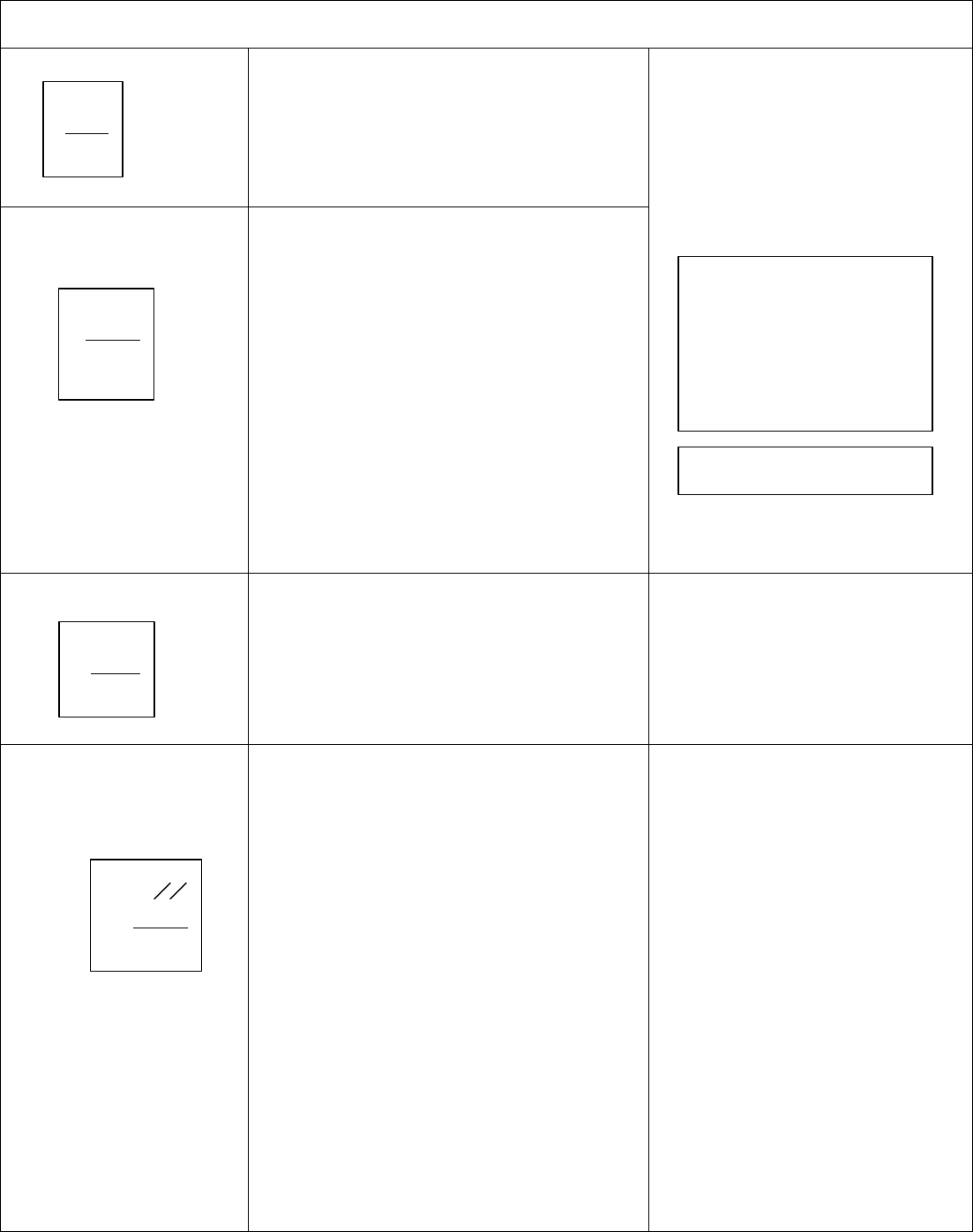
16
Thousands
Hundreds
Tens
Ones
Tenths
Hundredths
Thousandths
Ten-Thousandths
Addition and Subtraction of Decimals
2.6 + 3.1
2.6
+ 3.1
5.7
Steps:
1. Line up the decimal points.
2. Add the tenths together:
6 + 1 = 7
3. Add the ones together: 3 + 2 = 5
4. Final answer: 5.7 (5 and 7 tenths).
Vocabulary:
Place value (regarding decimals):
Numbers to the right of the decimal
point have different terms from the
whole numbers to the left of the
decimal point. Each digit in a
number occupies a position; that
position is called its place value.
9 8 7 6 . 5 4 3 2
5 + 12.34
12.34
+ 5.00
17.34
Steps:
1. Line up the decimal points.
o It might be difficult to line up the
5 because it does not have a
decimal point. Remember that
after the ones place; there is a
decimal point. IN order to help
with organization, add zeros.
Example: 5= 5.00
2. Add the hundredths: 4 + 0 = 4
3. Add the tenths: 3 + 0 = 3
4. Add the ones: 2 + 5 = 7
5. Add the tens: 1 + 0 = 1
6. Final answer: 17.34 (17 and 34
hundredths).
7.21 – 4.01
7.21
- 4.01
3.20
Steps:
1. Line up the decimal points
2. Subtract the hundredths:
3. Subtract the tenths: 2 – 0= 2
4. Subtract the ones: 7 – 4 = 3
5. Final answer: 3.20 (3 and 20
hundredths).
HESI Hints:
The word “and” when writing the
number in words stands for the
decimal.
Example: 5.7 (five and seven
tenths)
12 – 8.99
1 9
10
12.00
- 8.99
3.01
Steps:
1. Line up the decimal points.
2. Since twelve is a whole number, add
a decimal point and zeros.
3. .00 - .99 cannot be subtracted;
therefore, 1 must be borrowed from
the 12 and regrouped.
4. The ones become 1, the tenths
become 9, and the hundredths
become 10.
5. Subtract the hundredths: 10 – 9 = 1
6. Subtract the tenths: 9 – 9 = 0
7. Subtract the ones: 11 – 8 = 3
o 1 was borrowed from the tens in
order to subtract the 8.
Final answer: 3.01 (3 and 1 hundredth).
Now You Try!
1. 9.2 + 7.55=
2. 2.258 + 64.58 =
3. 892.2 + 56 =
4. 22 + 3.26 =
5. 8.5 + 7.55 + 14 =
6. 18 + 7.55 =
7. 31.84 – 2.430 =
8. 21.36 – 8.79 =
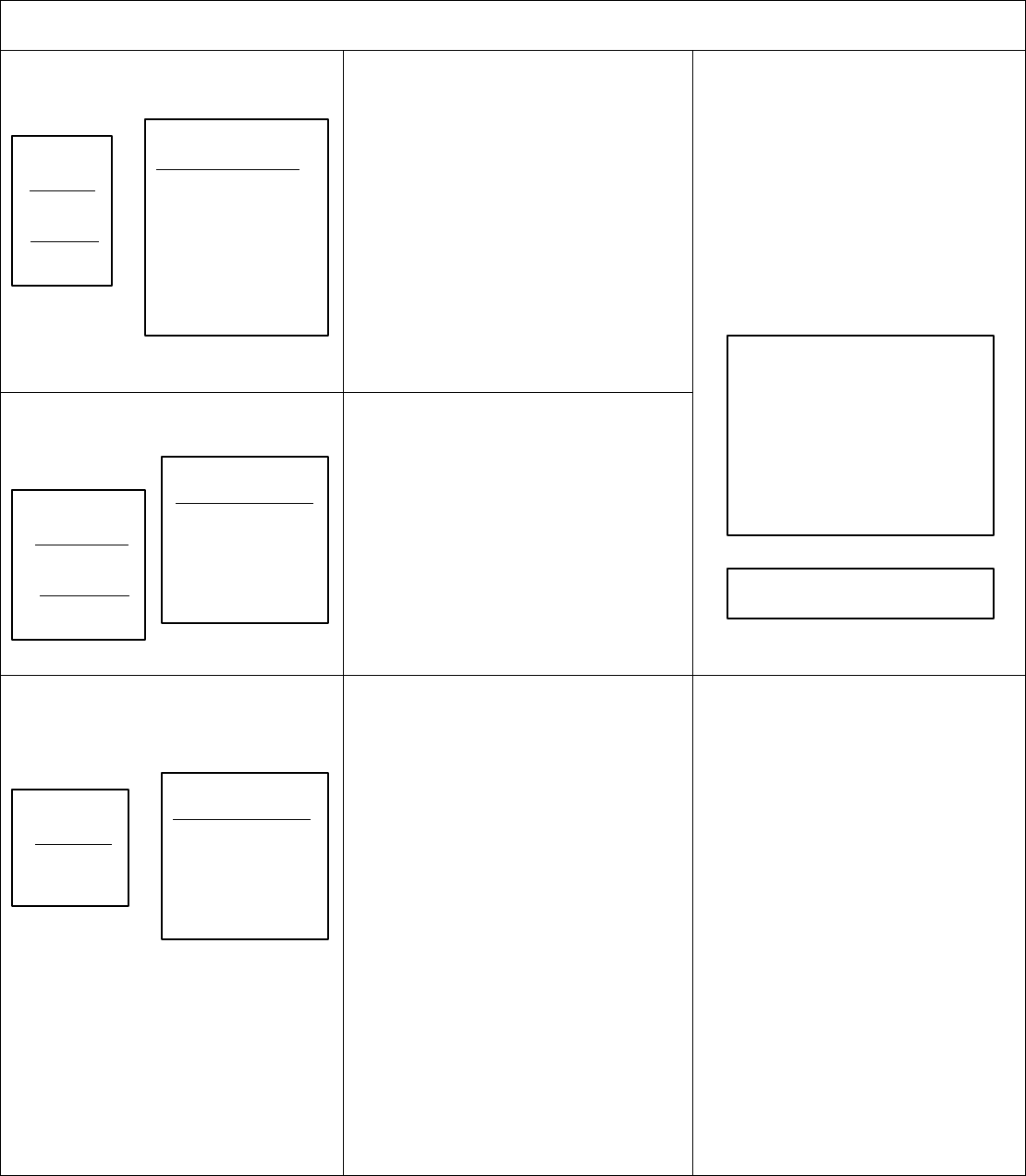
17
Thousands
Hundreds
Tens
Ones
Tenths
Hundredths
Thousandths
Ten-Thousands
Multiplication of Decimals
75.7 x 2.1
1 decimal place
75.7
+ 1 decimal place
x 2.1
2 decimal places
757
+15140
move to the
left
158.97
two decimal
places in the final
product.
Steps:
1. Multiply 757 x 21 (do not worry
about the decimal until the final
product has been calculated).
2. Starting from the right count the
decimal places in both numbers
and ass together (2 decimal
places).
3. Move to the left 2 places and then
place the decimal.
Vocabulary:
Place value (regarding decimals):
Numbers to the right of
the
decimal
point have different terms
from the whole numbers to the left
of the decimal point. Each digit in
a number occupies a position:
That position is called its place
value.
9 8 7 6 . 5 4 3 2
0.002 x 3.4
3 decimal places
+ 1 decimal places
0.002
4 decimal places
x 3.4
0008
Move four places
+ 00060
to the left.
0.0068
Steps:
1. Multiply 0002 x 34
2. Starting from the right, count
the decimal places in both
numbers and add together (4
decimal places).
3. Move to the left 4 places and
then place the decimal.
3.41 x 7
2 decimal places
3.41
+ 0 decimal places
x 7
2 decimal places
23.87
Move two places
to the left.
Steps:
1. Multiply 341 x 7
2. Starting from the right, count
the decimal places in both
numbers and add together (2
decimal places).
3. Move to the left 2 places and
then place the decimal.
Now you Try!
1. 0.003 x 4.23 =
2. 98.26 x 8 =
3. 8.03 x 2.1 =
4. 250.1 x 25 =
5. 0.1364 x 2.11 =
6. 8.23 x 4 =
7. 0.058 x 64.2 =
8. 794.23 x .001 =

18
Thousands
Hundreds
Tens
Ones
Tenths
Hundredths
Thousandths
Ten-Thousandths
Division of Decimals
34 ÷ 2.5
Steps:
1. Set up the division problem.
2. Move the decimal point in 2.5
one place to the right making
it a whole number.
3. “What is done to one side
must be done to the other
side.” Move the decimal point
one place to the right in 34,
making it 340, and then bring
the decimal point up into the
quotient.
4. Divide normally:
o 25 x 1= 25
o Subtract 34 – 25 = 9
o Bring down the zero to make
90
o 25 x 3 = 75 This is as close
to 90 as possible without
going over
o Subtract 90 – 75 = 15
o Add a zero to the dividend
and bring it down to the 15
making it 15j0
o 26 x 6 = 150
150 – 150 = 0
5. The quotient is 13.6
Vocabulary:
Quotient: The answer to a division
problem.
Dividend: The number being
divided.
Divisor: The number by which the
dividend is divided.
The 5 represents the divisor, the 45
represents the dividend, and 9
represents the quotient. Place value
(regarding decimals): Numbers to
the right of the decimal point have
different terms than whole
numbers.
9 8 7 6 . 5 4 3 2
2.468 ÷ 0.2
Steps:
1. Set up the division problem.
2. Move the decimal point in
0.2 over one place to the
right making it a whole
number. .02 is now 2.
3. Move the same number of
spaces in the dividend.
2.468 is now 24.68.
4. Bring the decimal point up
to the quotient in the new
position.
5. Divide normally.
HESI Hints:
The number 25 is a whole number.
Though this number could be
written 25.0, decimals are usually
not displayed after a whole number.
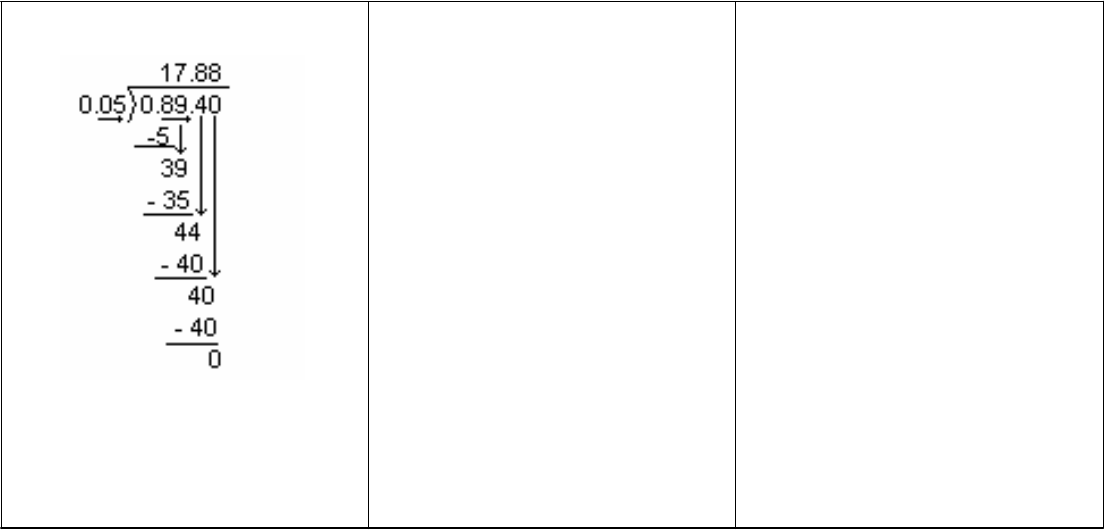
19
894 ÷ 0.05
0.
Steps: Now You Try!
1. Set up the division problem.
2. Move the decimal point in
the divisor until it is a
whole number.
0.05 is now 5
3. Move the decimal in the
dividend the same amount
of spaces that were moved
in the divisor.
0.894 is now 89.4
4. Divide normally.
1. 48 ÷ 0.4 =
2. 144 ÷ 0.6 =
3. 3.75 ÷ 0.4 =
4. 56.2 ÷ 0.2 =
5. 2.6336 ÷ 0.32 =
6. 591 ÷ 0.3 =
7. 0.72 ÷ 0.8 =
8. 0.132 ÷ 0.11 =
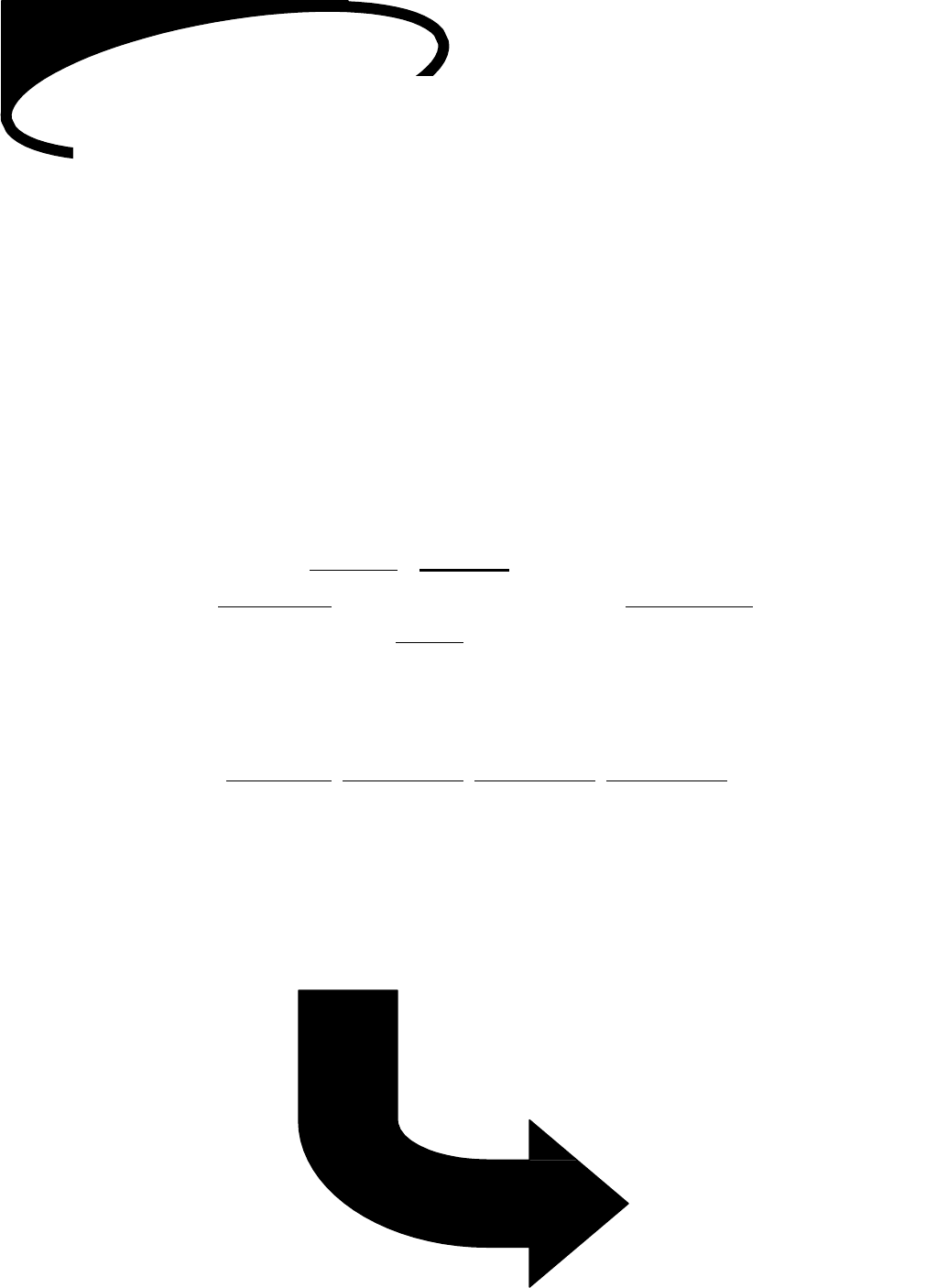
20
Math Review
Directions:
1) Take the portion of the test that follows. Label and do all work on
front and back of same page as problem.
2) See pages 42-44 for answer key, to score portion.
3) Provide the following information hereon (page 21) for tutor-and self-
evaluation:
Total number of problems: 48 Fractions
Number correct: Multiply number correct X 100= +-
Divide by total number of problems= %
Tutor will review for areas to work on in math.
Areas to work on: , , ,
Next step: Go to Math Review,
Then Practice Tests 1 & 2

21
ar
Basic Fraction Vocabulary and
Explanation
(terms, improper fractions, reducing, least common denominators, and mixed numbers)
Terms
Numerator (part)
Fraction B
Denominator
Example: 21 is solved using division
7
(The top number goes inside the box. The bottom
number goes outside the box.)
The answer is 3.
Description:
o The numerator is the top number of the
fraction. It represents the part or pieces.
o The denominator is the bottom number of the
fraction. It represents the total or whole
amount.
o The fraction bar is the line that separated the
numerator and the denominator.
An improper fraction occurs when the numerator is
larger than the denominator. An improper fraction
should always be reduced or made into a mixed
number.
Reducing Fractions using the Greatest Common
Factor
Reduce
Factors of 7 and 21:
7 {1,7}
21{1,3,7,21}
The greatest common factor is 7; therefore divide the
numerator and denominator by 7.
7 ÷ 7 = 1
21 ÷ 7 = 3
Reduce
Factors of 12 and 20:
12 {1, 2, 3, 4, 6, 12}
20 {1, 2, 4, 5, 10, 20}
The greatest common factor is 4 (they do have 1 and 2
in common, but the greatest factor is needed).
12 ÷ 4 = 3
20 ÷ 4 = 5
Description:
Factor: a number that divides evenly into another
number.
Example: Factors of 12:
o 1 x 12 = 12
o 2 x 6 = 12
o 3 x 4 = 12
12 {1, 2, 3, 4, 6, 12} Listing the factors helps
determine the greatest common factor between two or
more numbers.
1
=
2 , 3 , 4 , 5 , 6 , 7 , 8 , 9 , 10
2 4 6 8 10 12 14 16 18 20
(all represent a half)
(reducing fractions can also be called reducing a
fraction to its lowest terms or simplest form.)
1
=
1 , 2 , 3 , 4 , 5 , 6 , 7 , 8 , 9 , 10
1 2 3 4 5 6 7 8 9 10

22
Least Common Least Common Denominator
(LCD):
The Smallest multiple that two numbers
share.
Determining the LCD is an essential step in the
addition, subtraction, and ordering of fractions.
Example I: Find the least common denominator for
3 , 7
4 9
Example II: Find the least common denominator for
3 , 1
12 8
Description:
Steps for example I
1. List the multiples (Multiplication tables) of each
denominator.
ƒ 4: 4 x 1 = 4, 4 x 2 = 8, 4 x 3 = 12, 4 x 4 = 16, 4 x
5 = 20, 4 x 6 = 24, 4 x 7 = 28, 4 x 8 = 32, 4 x 9 =
36, 4 x 10 = 40
ƒ 4 (4, 8, 12, 16, 20, 24, 28, 32, 36, 40). This will
be STANDARD FORM throughout for listing
multiples.
ƒ 9(9, 18, 27, 36, 45, 54, 63, 72, 81, 90)
2. Compare each for the least common multiple
ƒ 4 (4, 8, 12, 16, 20, 24, 28, 32, 36, 40)
ƒ 9(9, 18, 27, 36, 45, 54, 63, 72, 81, 90)
3. The least common denominator between 4 and 9 is
36 (4 x 9= 36 and 9 x 2 = 36).
Steps for Example II
1. List the multiples of each denominator and find the
common multiples.
ƒ 12 (12, 24, 36, 48, 60, 72, 84, 96, 108, 120)
ƒ 8 (8, 16, 24, 32, 40, 48, 56, 64, 72, 80)
ƒ Find the least (or smallest) common multiple.
2. The least common denominator between 12 and 8 is
24 (12 x 2= 24 and 8 x 3 = 24).
Changing Improper Fractions into Mixed
Numbers (An improper fraction has a larger
numerator than denominator.)
Example I.
3
17
Æ 5√17 Æ 3
2
5 15 5
02
Description:
Steps for Example I
ƒ We cannot leave the fraction in this form,
therefore we turn it into a mixed number through
division. (The top number goes in the box
(numerator) the bottom number (denominator)
stays out).
ƒ The 3 becomes the whole number.
ƒ The remainder becomes the numerator.
ƒ The denominator stays the same.
Changing Mixed Numbers into Improper
Fractions
(A mixed number has a whole number and a
fraction combined.)
Example I
5 2/3 Æ 5
+ 2
= (5 x 3) + 2 = 17 Æ
17
x 3 3
Description:
Steps for Example I
ƒ To make a mixed number into an improper
fraction, multiply the denominator and whole
number together, and then add the numerator.
ƒ Place this new numerator over the denominator,
which stays the same in the mixed number.

23
Addition of Fractions
Addition with common denominators Steps:
3 + 2 = 5
7 7 7
1. Add the numerators together 3 + 2= 5
2. The denominator stays the same, 7.
3. Answer: 5/7 (five—sevenths)
Addition with unlike denominators Steps:
1. Find the least common denominator by
listing the multiple of each denominator.
1 + 7
5 10
1 x 2 = 2
5 x 2 = 10
7 x 1 = 7
10 x 1 = 10
2 + 7 = 9
10 +10=10
o 5: 5, 10, 15, 20, 25, 30
o 10: 10, 20, 30, 40, 50
o The least common denominator is 10.
2. If the denominator is changed, the
numerator must also be changed by the
same number. Do this by multiplying the
numerator and denominator by the same
number.
1 x 2 = 2
5 x 2 = 10
3. Since the denominator of the second
fraction is 10, no change is necessary.
4. Add the numerator together and keep the
common denominator.
5. Reduce if necessary.
Vocabulary:
Numerator: the top number in a fraction
Denominator: the bottom number in a fraction
Common Denominator: two or more fraction that have the same denominator
Least common denominator: the smallest multiple that two numbers share.
NOTE: never add denominators; they must be the same for addition and subtraction before you
add or subtract.
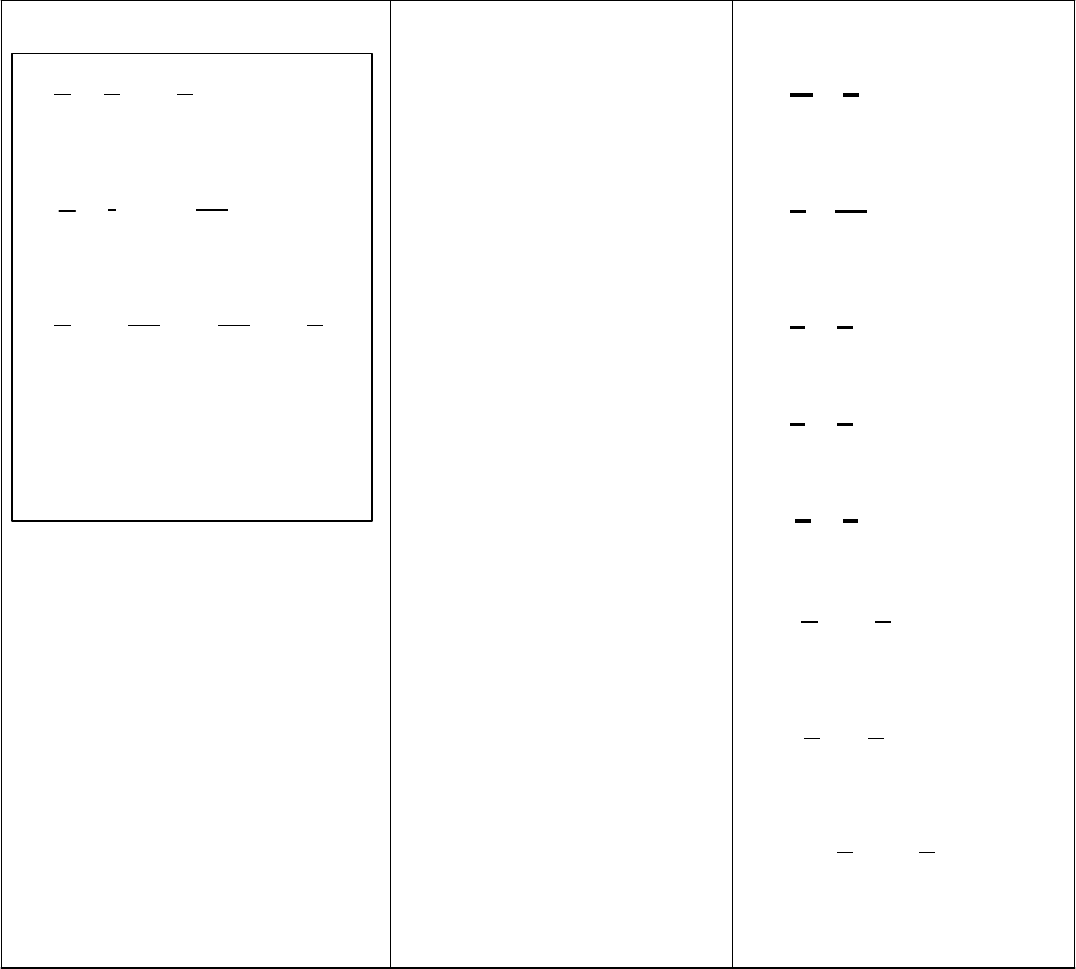
24
1
1
+ 2
8
4 10
Addition of Mixed Numbers
Steps:
1. Find a common
Now you try it!
1
1
X
5
= 1
5
denominator of 4 and 10 by
listing the multiples of each.
1. 1 5
+ =
4 5 20
2
8
X
2
= 2
16
10 2 20
1
5
+ 2
16
= 3
21
= 4
1
20 20 20 20
ƒ 4: 4, 8, 12, 16, 20
ƒ 10: 10, 20, 30.
2. Calculate the new numerator
of each fraction to
correspond to the changed
denominator.
3. Add the whole numbers
together, and then add the
numerators together. Keep
the common denominator
20.
4. The Numerator is larger
than the denominator
(improper), change the
answer to a mixed number.
(review vocabulary if
necessary).
12 12
2. 7 10
+
=
21 21
3. 1 + 4 =
2 5
4. 5 + 3 =
7 14
5. 4 + 6
=
5 7
6.
7
1
+ 2
4
=
8 12
2
7.
5
2
+ 1
=
9 9
8.
12
1
+ 3
1
=
21 3
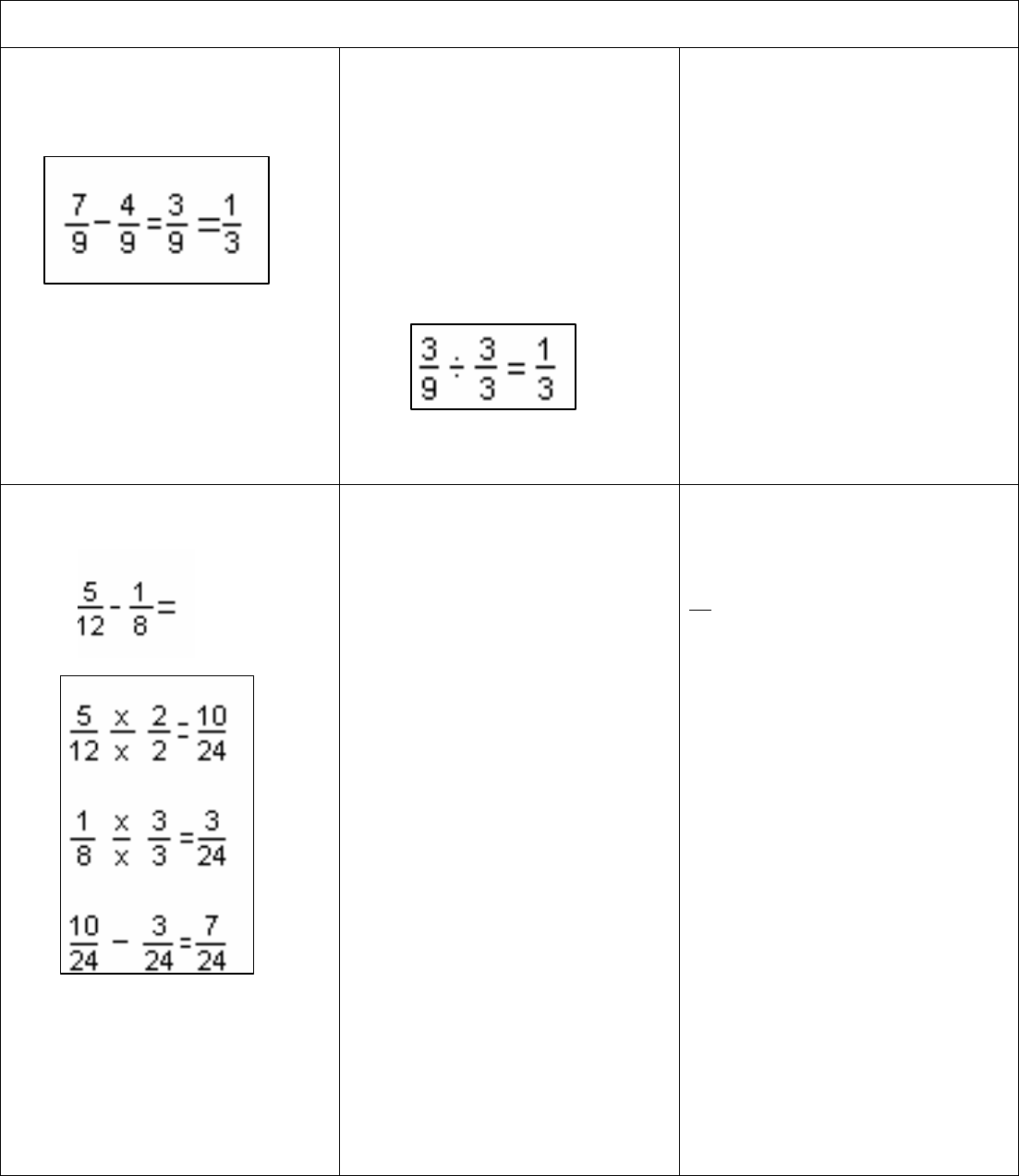
25
Subtraction of Fractions
Subtracting fractions with
common denominators
Steps:
1. Subtract the numerators:
2. Keep the same
denominator.
3. Reduce the fraction by
dividing by the greatest
common factor:
Vocabulary:
Numerator: the top number in a
fraction.
Denominator: the bottom number
in a fraction.
Common Denominator: two or
more fractions that have the same
denominator.
Least Common Denominator: the
smallest multiple that two numbers
share.
Factor: a number that divides
evenly into another number.
Example: 12 ÷ 6 = 2 (6 and 2 are
factors of 12).
Subtracting fractions with unlike
denominators
Steps:
1. Find the least common
denominator by listing the
multiples of each
denominator:
2. Change the numerator to
reflect the new
denominator. (what is done
to the bottom must be don’t
to the top of a fraction).
3. Subtract the new
numerators: 10-3 = 7.
The denominator stays the
same.
HESI Hints:
Fractions as a whole:
15
15
= One Whole
o Notice in problem 3 that we
added 15 to both the
numerator and the
denominator. We did this
because it is one whole and
it is the same denominator.

26
Borrowing from Whole Numbers
5
2
= 3
4
Steps:
1. Find the least
Now you try it!
3 5
common denominator
1.
3
2
– =
5
2
X
5
= 5
10
3 5
15
2. 12 cannot be
subtracted from 10,
therefore one must be
borrowed from the
20 20
2. 28 17
– =
37 37
whole number,
3.
17
3
– =
4
5
10
+
15
= 4
25
15 15 15
3
4
X
3
= 3
12
5 3
15
making it 4, and add
the borrowed one to
the fraction.
3. Add the
original
numerator to the
borrowed numerator
25
5
4. 31 5
– =
54 9
5.
1
9
–
1
=
10 5
(10 + 15 = 25)
4. Now the whole
6.
15
7
–
3
=
4
25
–
3
= 3
13
15 15 15
number and the
numerator can be
subtracted.
18
9
7.
25
1
– 12
5
=
7 7
8.
30
1
– 13
3
=
2 4
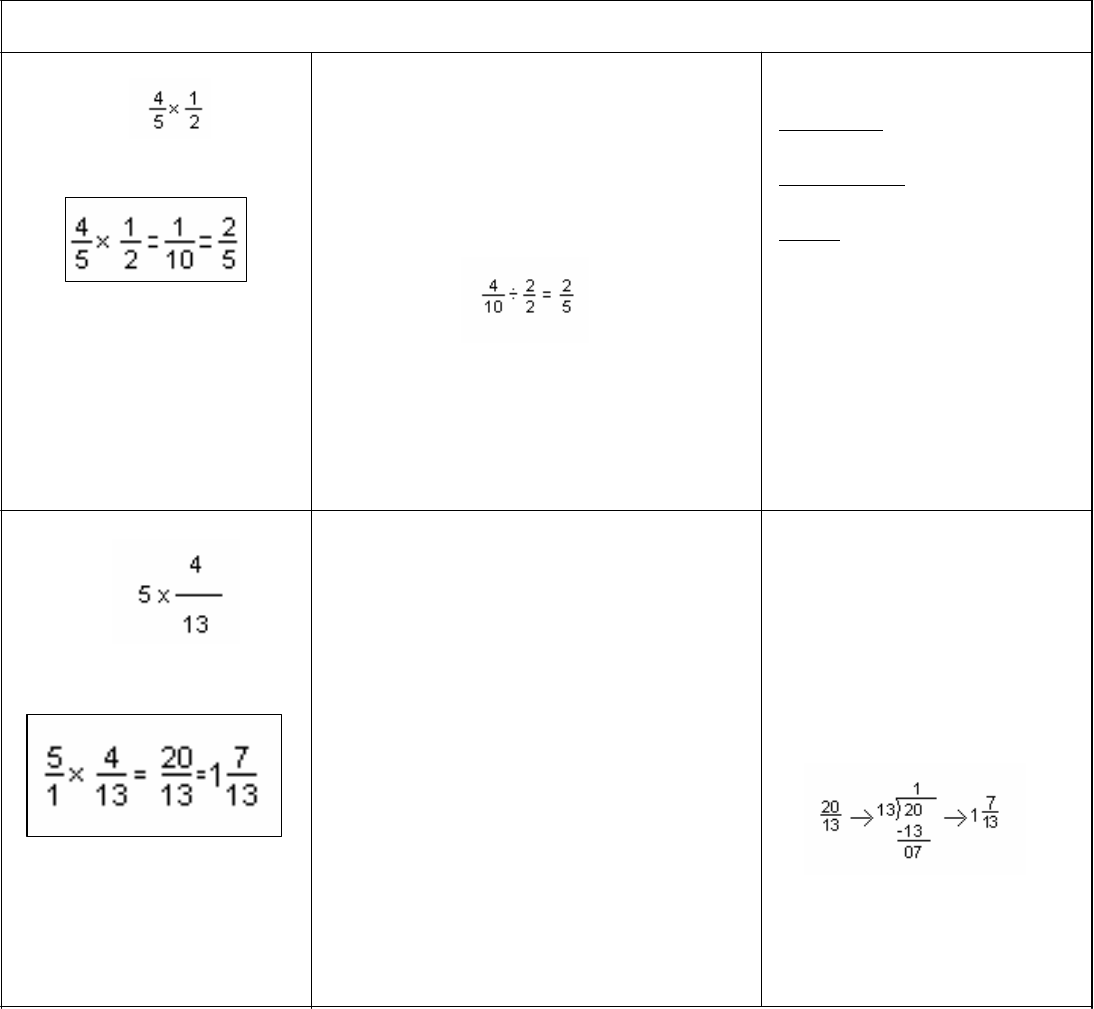
27
he product by
ommon facto
Multiplication of Fractions
Multiply
Multiply
Steps:
1. Multiply the numerators together:
o 4 x 1 = 4
2. Multiply the denominators together:
o 5 x 2 = 10
3. Reduce t
using the
greatest c r:
Steps:
1. Make the whole number 5 into a
fraction by placing a 1 as the
denominator.
2. Multiply the numerators:
5 x 4 = 20
3. Multiply the denominators:
1 x 13 = 13
4. Change the improper fraction into a
mixed number.
Vocabulary:
Numerator: the top number in
a fraction.
Denominator: the bottom
number in a fraction.
Factor: a number that divides
evenly into another number.
HESI Hints:
“Multiplying fractions is no
problem. Top times top and
bottom times bottom.”
To change an improper
fraction into a mixed
number, divide the
numerator by the
denominator.
The quotient becomes the
whole number. The remainder
becomes the numerator, and
the denominator stays the
same.
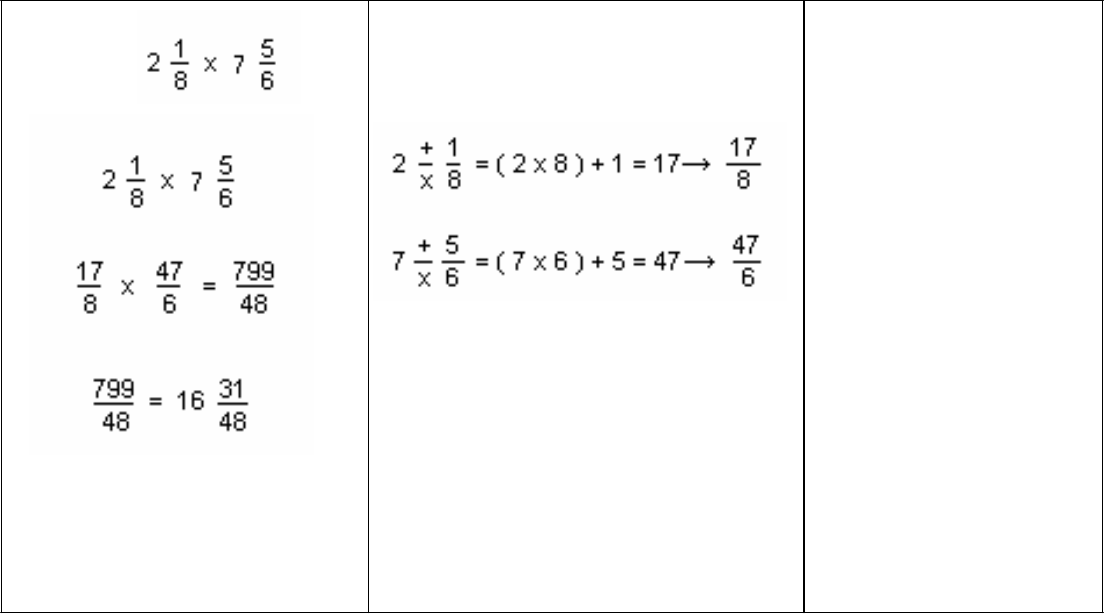
28
Multiply
Steps: Now You Try!
1. Change the mixed numbers into
improper fractions:
2. Multiply the numerators and
denominators together:
o 17 x 47 = 799
o 8 x 6 = 48 (denominator)
o Change the improper fraction
into a mixed number.
1. 3/5 x 2/3 =
2. 7/9 x 1/9 =
3. 6 x 4/5 =
4. 1 2/5 x 5 =
5. 2 1/7 x 1 3/4 =
6. 4 4/5 x 1 4/6 =
7. 3 1/3 x 2 =
8. 1 8/12 x 4 1/2=
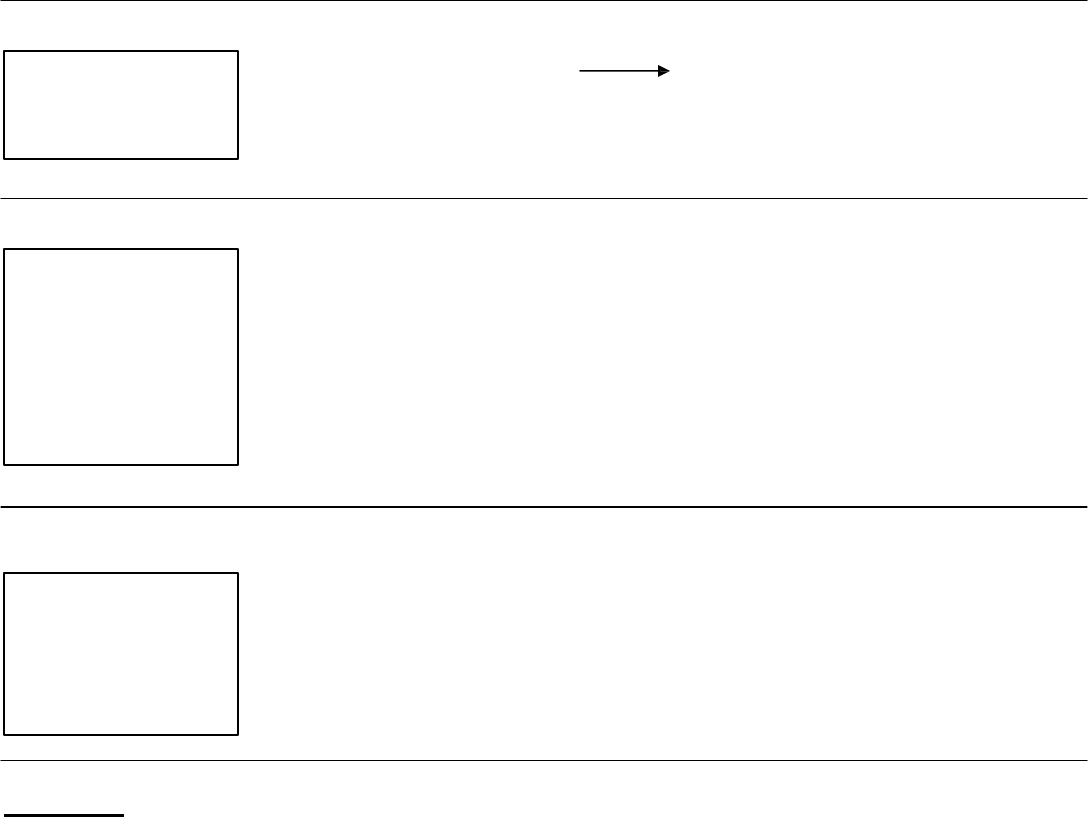
29
Division of Fractions
1/2 ÷ 3/8 Steps:
1. Inverse or flip (or take the reciprocal) of the second fraction.
1 / 2 ÷ 3 / 8
1 / 2 x 8 / 3 = 8 / 6
o 3/8 8/3
2. Rewrite the new problem and multiply:
o 1 x 8 = 8 (numerator)
o 2 x 3 = 6 (denominator)
1 5/6 ÷ ¾ Steps:
1. Change the mixed number into an improper fraction:
1 5/6 ÷ 3/4
11/6 ÷ 3/4
11/6 x 4/3 = 44/18
2 8/18 = 2 4/9
o 1 5/6 = ( 1 x 6 )v +5=11/6
2. Rewrite the new problem with the improper fraction.
3. Inverse or flip the second fraction.
4. Multiply the numerator and the denominators together:
o 11 x 4 = 44 (numerator)
o 6 x 3 = 18(denominator)
5. Change the improper fraction into a mixed number. Reduce the
mixed number.
12 ÷ 2 3/8 Steps:
1. Change the whole number into a fraction and the mixed
number into an improper fraction.
12/1 ÷ 19/8
12/1 x 8/19 = 96/19
5 1/19
2. Inverse of flip the second fraction.
3. Multiply the numerators and then denominators together:
o 12 x 8 = 96
o 1 x 19 = 19
4. Change the improper fraction into a mixed number.
Vocabulary
Numerator: the top number in a fraction.
Denominator: the bottom number in a fraction.
Reciprocals pairs of numbers when multiplied together equal 1.
Factor: a number that divides evenly into another number.
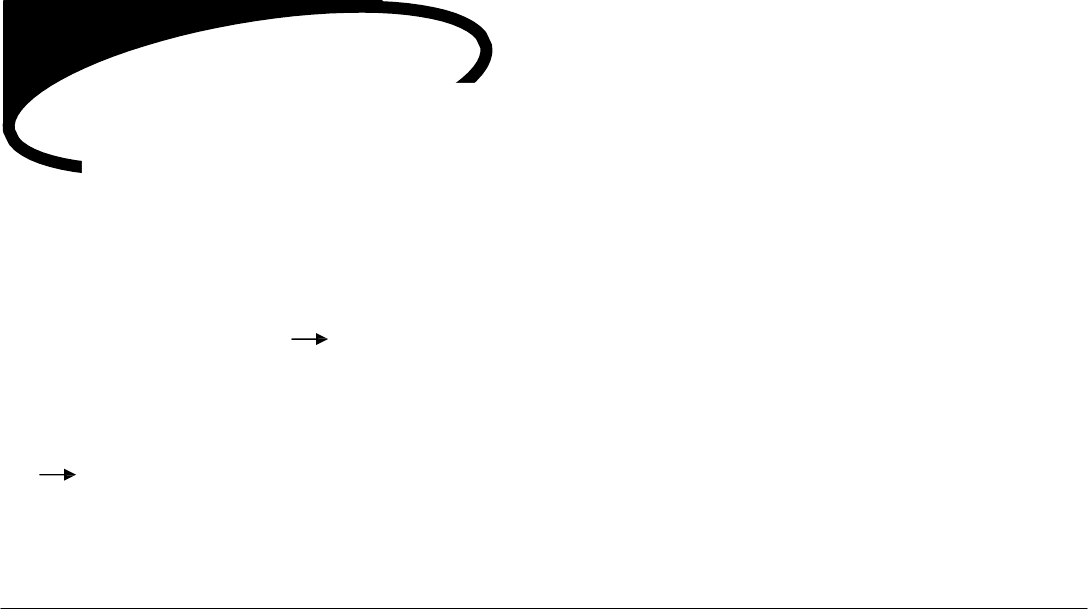
30
HESI Hints
“Dividing fractions— (flip) or inverse the second and multiply.”
Example:
1 / 2 ÷ 3 / 8 Inverse 3 / 8 8 / 3
Then Multiply 1/2 x 8/3
3/8 8/3 3/8 x 8/3 = 24/24= 1
These two numbers are reciprocals of each other, because when they are multiplied together, they
equal 1.
Now You Try!
1. 4/5 ÷ 1/7 =
2. 12/15 ÷ 3/5 =
3. 7/8 ÷ 1/6 =
4. 1 ÷ 1/5 =
5. 8 ÷ 1/4 =
6. 2 1/4 ÷ 1/6 =
7. 10 ÷ 3 1/3 =
8. 12 1/3 ÷ 2 =

31
Changing Fractions to Decimals
Change ¾ to a decimal
Steps:
1. Change the fraction into a
division problem.
2. Add a decimal point after
the 3 and add two zeros.
o Remember to raise the
decimal into the
quotient area.
3. This is terminating decimal;
therefore adding additional
zeros is not necessary.
Vocabulary:
Fractions bar: the line in-between
the numerator and denominator.
The bar is another symbol for
division.
Terminating decimal: a decimal
that is not continuous.
Change 5/8 to a decimal
Steps:
1. Change the fraction into a
division problem.
2. Add a decimal point after
the 5 and add two zeros.
o Remember to raise the
decimal into the
quotient area.
3. If there is still a remainder,
add another zero to the
dividend and bring it down.
4. The decimal terminates at
the thousandths place.
HESI Hints:
o “Top goes in the box, the
bottom goes out.”
This is a helpful saying in
remembering that the numerator is
the dividend and the denominator is
the divisor.
o If the decimal does not
terminate, continue to the
thousandths place and then
round to the hundredths
place.
Example:
7.8666 7.87
If the number in the thousandths
place is 5 or greater, round the
number in the hundredths place to
the next higher number.
But, if the number in the
thousandths place is less than 5, do
not round up the number in the
hundredths place.
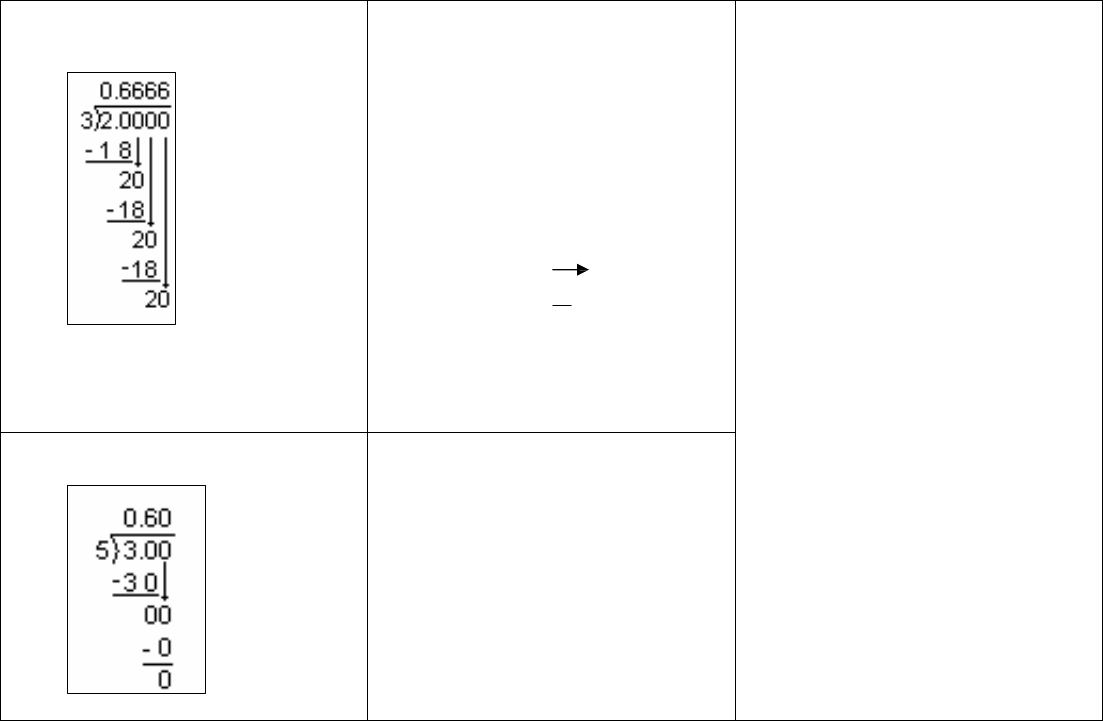
32
Change 2/3 to a decimal
Steps:
1. Change the fraction into a
division problem.
2. After the 2, add a decimal
point and 4 zeros.
3. The decimal continues
(does not terminate);
therefore, round to the
hundredths place:
o 0.666 0.67
o It can also be written
as 0.6 (the line is
placed over the number
that repeats)
Now You Try!
Change the fraction into a decimal.
1. 1/5
2. 2/5
3. 3/8
4. 4/5
5. 1/3
6. 1 ½
7. 3/10
8. 2 7/8
Change 2 3/5 to a decimal
Steps:
1. Change the fraction into a
division problem.
2. After the 3, add a decimal
and two zeros.
3. Place the whole number in
front of the decimal:
o 2.6
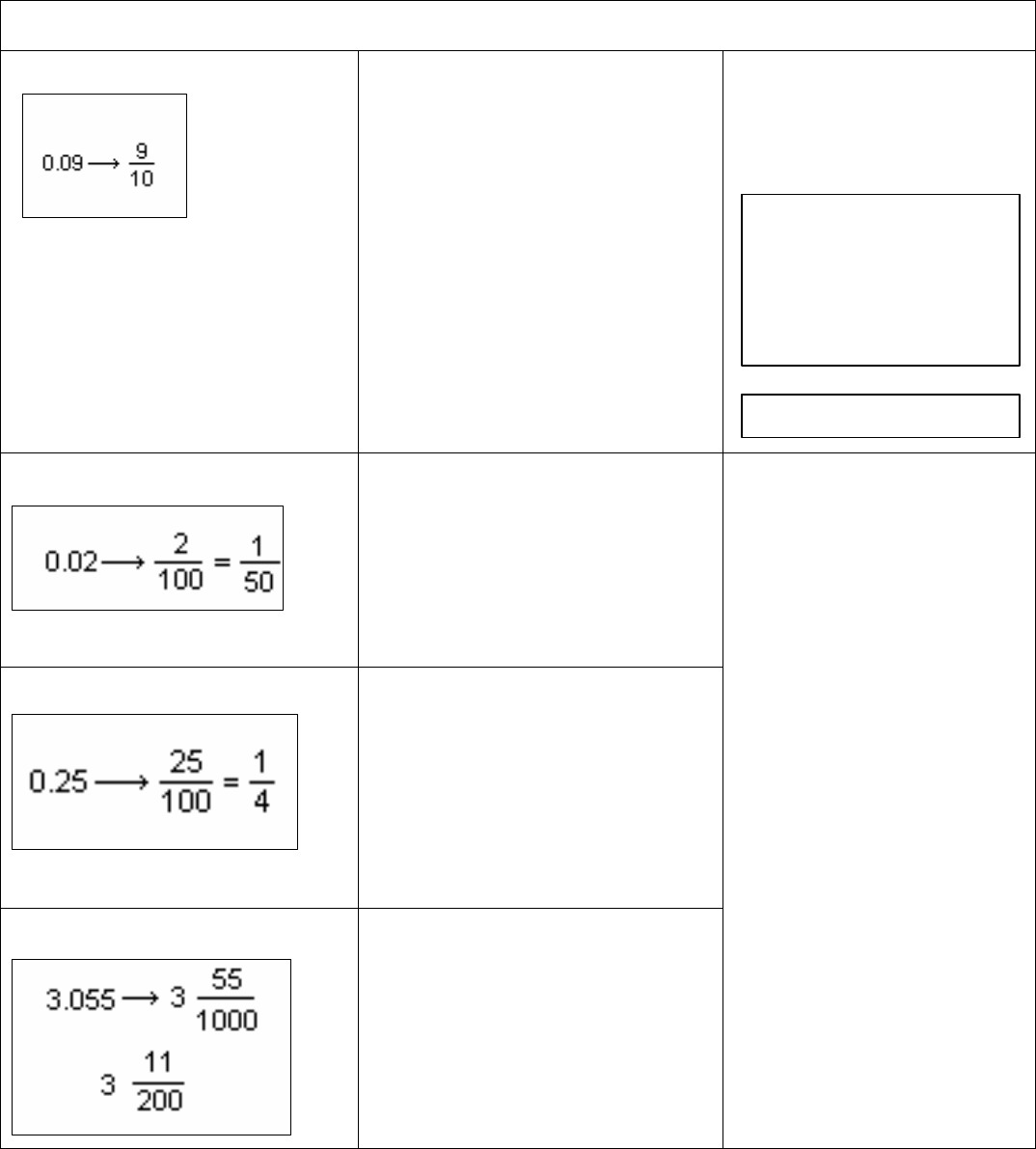
33
Thousands
Hundreds
Tens
Ones
Tenths
Hundredths
Thousandths
Ten-Thousands
Changing Decimals to Fractions
Change 0.9 to a fraction
Steps:
Knowing place values makes it very
simple to change decimals to
fractions.
1. The last digit is located in the
tenths place; therefore the 9
becomes the numerator.
2. 10 becomes the denominator.
Vocabulary:
Place value: Numbers to the
right of the decimal point have
different terms from the whole
numbers.
9 8 7 6 . 5 4 3 2
Change 0.02 to a fraction
Steps:
1. The 2 is located in the
hundredths place.
2. 2 becomes the numerator,
100 becomes the
denominator.
3. Reduce the fraction.
Now You Try!
1. 0.08
2. 0.025
3. 0.125
4. 0.17
5. 0.3
6. 2.75
7. 7.07
8. 12.0001
Change 0.25 to a fraction
Steps:
1. The 5 (always look at the last
digit in the decimal) is
located in the hundredths
place.
2. 25 becomes the numerator
and 100 becomes the
denominator.
3. Reduce the fraction.
Change 3.055 into a fraction
Steps:
1. The rightmost 5 is located in
the thousandths place.
2. 55 becomes the numerator
and 1000 becomes the
denominator. The 3 is still
the whole number.
3. Reduce the fraction.

34
Math Review
Directions:
1. Take the portion of the test that follows. Label and do all work on
front and back of same page as problem.
2. See pages 42-44 for answer key, to score portion.
3. Provide the following information hereon (page 21) for tutor- and self-
evaluation:
Total number of problems: 8 Ratio/Proportion
Number correct: Multiply number correct X 100=
Divide by total number of problems= %
Tutor will review for areas to work on in math.
Areas to work on: , , , .
Next step: Go to Math Review,
Then Practice Tests 1 & 2
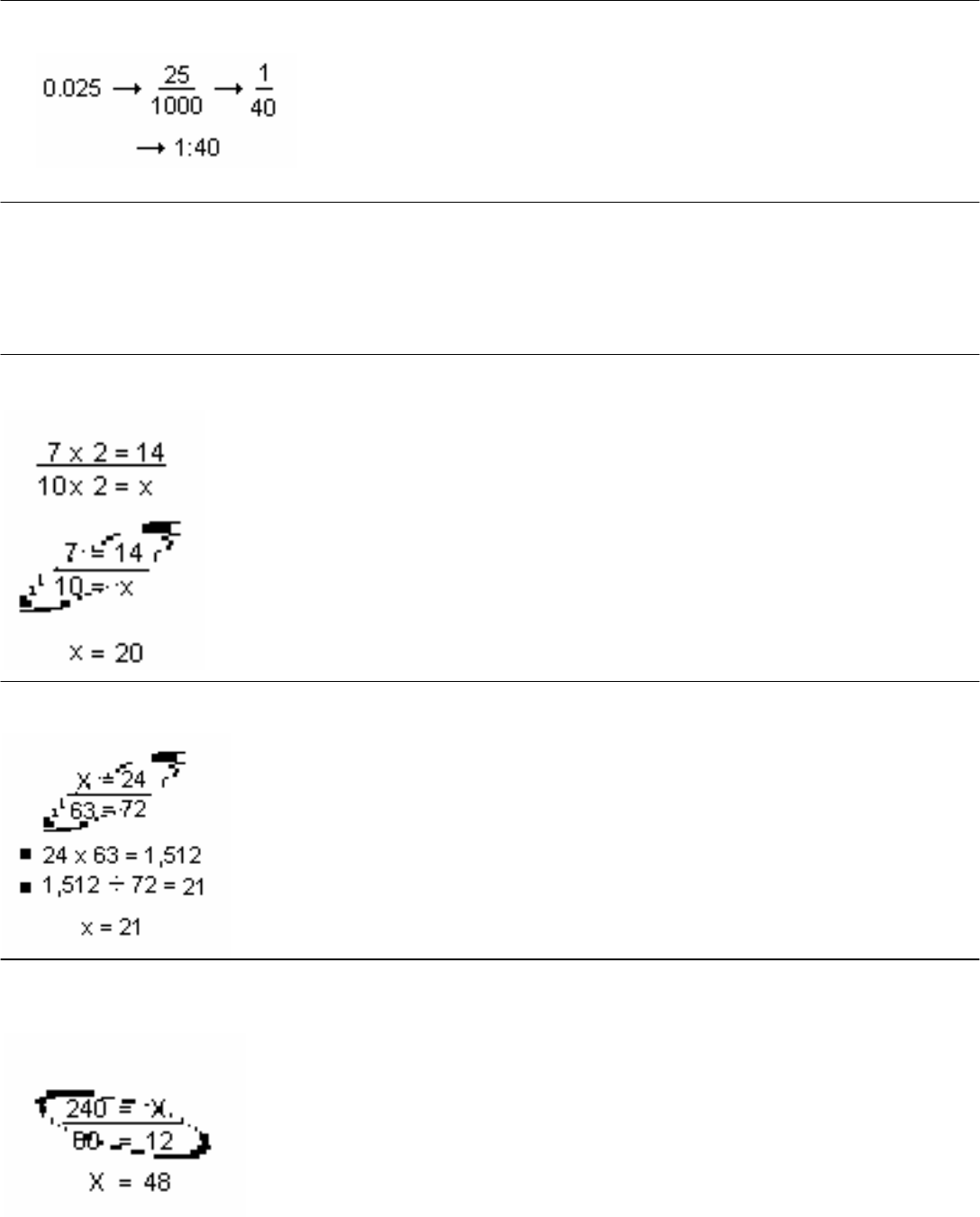
35
Ratio and Proportion
Change the decimal to a ratio Steps:
1. Change the decimal to fraction.
2. Reduce the fraction.
3. The numerator is the first listed number.
4. Then write the colon.
5. Finally, place the denominator after the colon.
Change the fraction to a ratio Steps:
5/6 = 5:6
1. The numerator is the first listed number.
2. Then write the colon
3. Finally, place the denominator after the colon.
Solve the proportion (find the value of x) Steps:
7:10::14:X
1. Rewrite the proportion as a fraction.
(this might help to see the solution).
2. Notice that 7 x 2 = 14; therefore 10 x 2 = 20:
o Multiply 14 x 10 (two diagonal numbers). The
answer is 140.
o 140 ÷ 7 (divide by number without a pair. 14 and 10
are a pair. 7 and x are not pair, so divide by 7)
3. The answer is 20.
X: 63:: 24:72 Steps:
1. Rewrite the proportion as a fraction.
2. Multiply the diagonal numbers together:
24 x 63 = 1,512
3. Divide the answer (1,512) by the Remaining number
(the one with out a pair) 1,512 ÷ 72 =21
4. The answer is 21
Solve the proportion Steps:
240:60::X:12
1. Rewrite the proportion as a fraction.
2. Multiply the diagonal numbers together:
240 x 12 = 2,880
3. Divide the answer (2,880) by the remaining number
(without a pair)
2,880 ÷ 60 = 48
4. The answer to x is 48.

36
Vocabulary:
Ratio: a relationship between two numbers.
Proportion: two ratios that have equal values.
HESI Hints:
Ratios can be written several ways.
o As a fraction 5/12
o Using a colon 5:12
o In words 5 to 12
Proportion can be written two ways.
o 5 = 25
12 = 60
o 5:12::25:60
(Remember, the numerator is listed first, then the denominator)
Now You
Try!
1. 22/91
2. 19/40
Solve for X
3. 7: 5 :: 91: X
4. 7: 9 :: X: 63
5. X: 15 ::120: 225
6. 15: X :: 3: 8
7. 360: 60 :: 6: X
8. X: 81 :: 9: 27
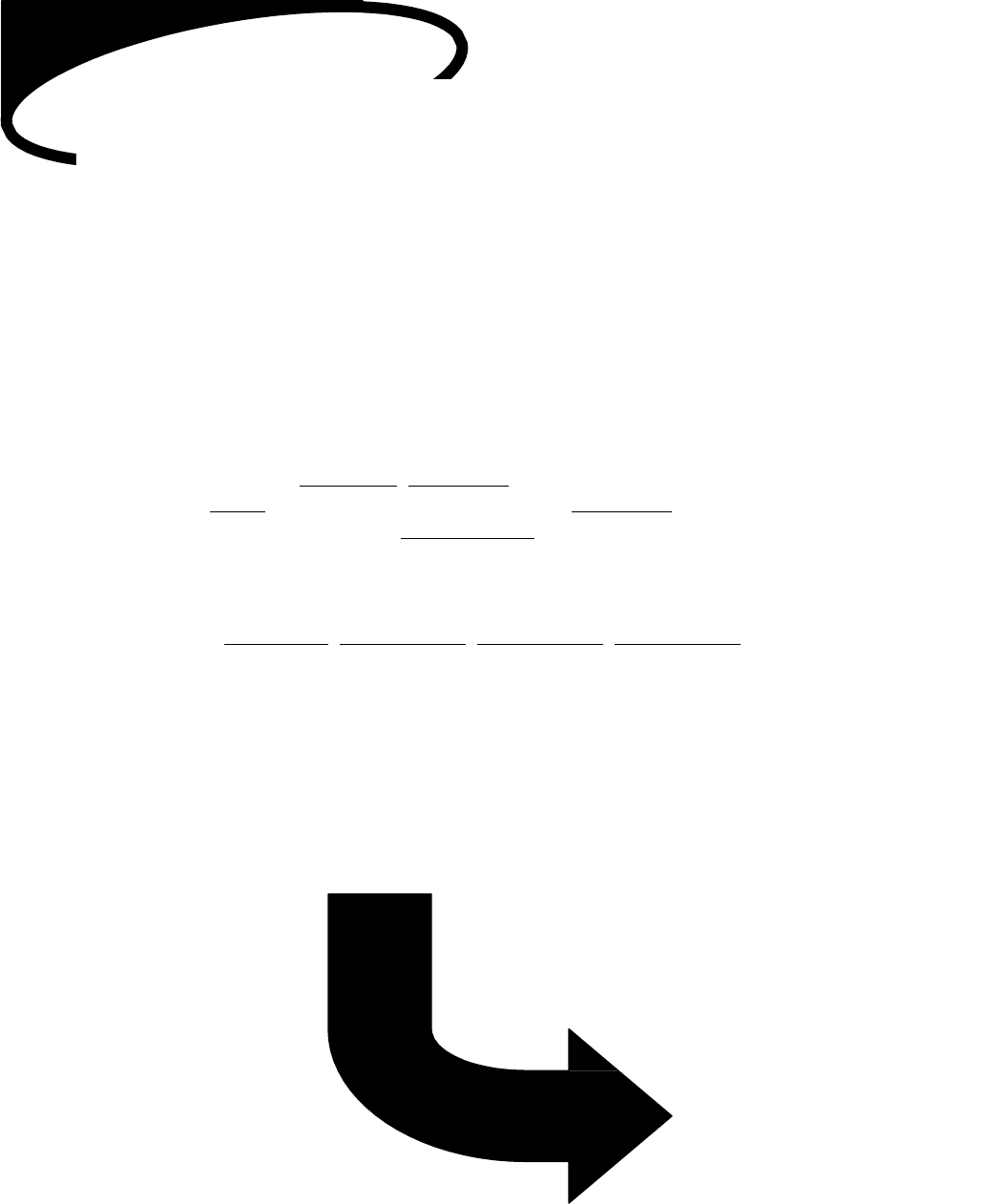
37
Math Review
Directions:
1. Take the portion of the test that follows. Label and do all work on
front and back of same page as problem.
2. See pages 42-44 for answer key, to score portion.
3. Provide the following information hereon (page 21) for tutor- and self-
evaluation:
Total number of problems: 8 Percentage
Number correct: Multiply number correct X 100=
Divide by total number of problems= %
Tutor will review for areas to work on in math.
Areas to work on: , , , .
Next step: Go to Math Review,
Then Practice Tests 1 & 2
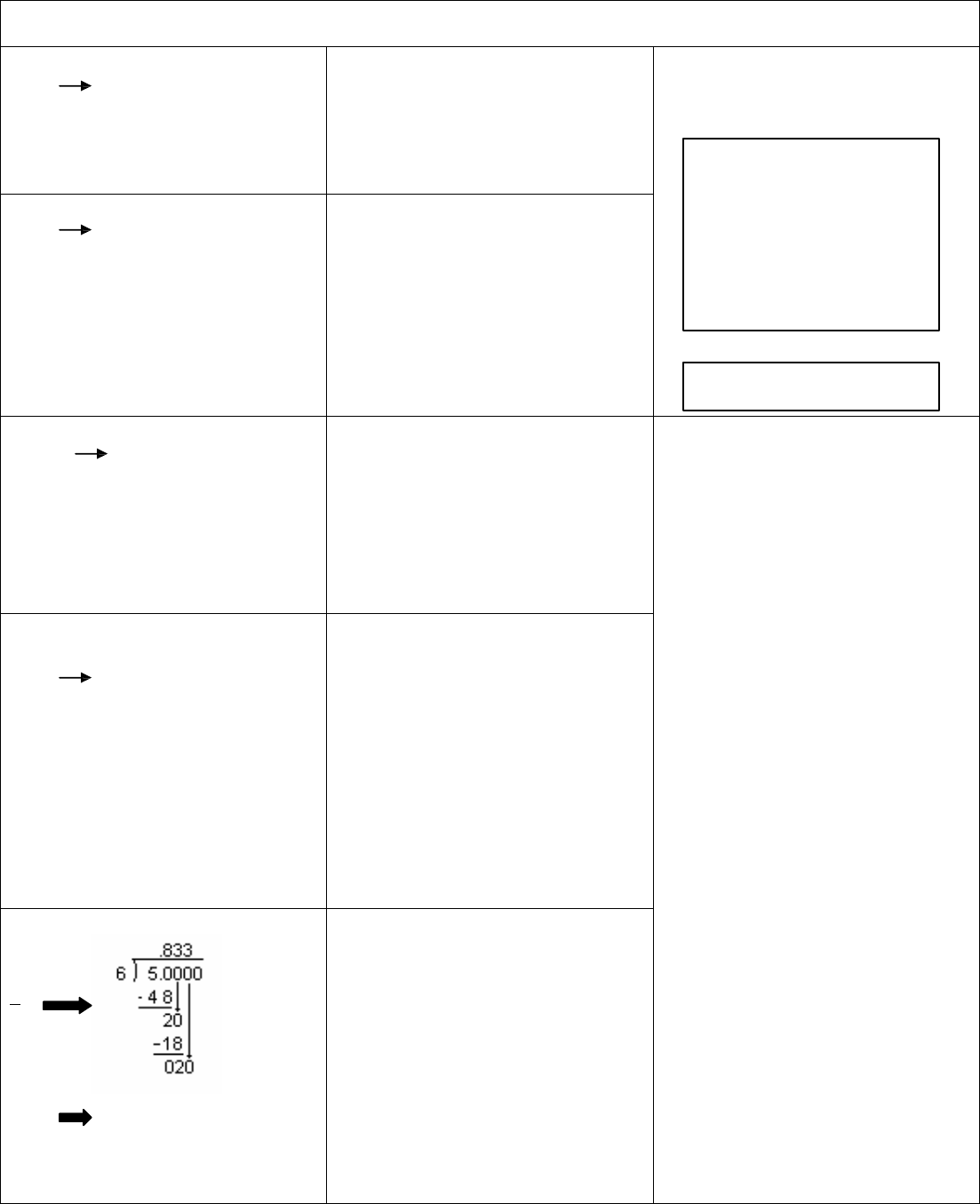
38
Thousands
Hundreds
Tens
Ones
Tenths
Hundredths
Thousandths
Ten-Thousands
Percentages
Change the decimal to a percent
0.13 13%
Steps:
1. Move the decimal point to
the right of the hundredths
place (two places).
2. Put the percent sign behind
the new number.
Vocabulary:
Percent: per-hundred (part per
hundred)
9 8 7 6 . 5 4 3 2
Change the decimal to a percent
0.002 0.2%
Steps:
1. Move the decimal point to
the right of the hundredths
place (two places-always!)
2. Put the percent sign behind
the new number. Do not
worry. It is still a percent- it
is just a very small percent.
Change the percent to a decimal
85.4% .854
Steps:
1. Move the decimal two
spaces away from the
percent sign (towards the
left).
2. Drop the percent sign; it is
no longer a percent, but a
decimal.
Now You Try!
Decimal to a percent
1. .98
2. .0068
3. .09
Percent to a decimal
4. 58%
5. 76.3%
6. .03%
Fraction to a percent
7. 9/10
8. 4/5
Change the percent to a decimal
75% .75
Steps:
1. The decimal point is not
visible, but is always
located after the last
number.
2. Move the decimal two
spaces away from the
percent sign (towards the
left).
3. Drop the percent sign; it is
no longer a percent, but a
decimal.
Changing a fraction to a percent
5
6
.833 83.3%
Steps:
1. Change the fraction into a
division problem and solve.
2. Move the decimal behind
the hundredths place in the
quotient.
3. Place a percent sign after
the new number.

39
Percentage
(using the percent formula)
What is 7 out of 8 as a percent? Steps:
7 = %
8 = 100
o 7 x 100 + 700
o 700 ÷ 8 = 87.5 %
%= 87.5 or 87.5 %
1. Rewrite the problem using the percent formula.
2. Multiply the diagonal numbers together:
1 x 100 = 700
3. Divide by the remaining (without a pair) number:
700 ÷ 8 = 87.5 %
What is 68% of 45? Steps:
1. Rewrite the problem using the percent formula.
X = 68
45 = 100
o 45 x 68 = 3,060
o 3,060 ÷ 10 = 30.6
X= 30.6
2. (of 45) 45 is the whole.
3. Multiply the diagonal numbers together.
68 x 45 = 3,060
4. Divide by the remaining (without pair) number
3,060 ÷ 100 = 30.6
5. x = 30.6 (this is not a percent- it is the part).
18 is 50% of what number? Steps:
1. Rewrite the problem using the percent formula.
18 = 50
X = 100
o 18 X 100 = 1,800
o 1,800 ÷ 50 = 36
X = 36
HESI Hints:
Percent formula
Part =
%
Whole = 100
2. We are looking for the whole because “of” is
indicating an unknown number.
3. Multiply the diagonal numbers together:
18 x 100 = 1,800
4. Divide by the remaining number:
1,800 ÷ 50 = 36
The word “of” usually indicates
the whole portion of the
percent formula
Using this formula will help in all percent problems where there is an unknown (solving for x)
Now You Try!
1. What is 15 out of 75 as a percent?
2. What is 2 out of 50 as a percent?
3. What is 20 out of 100 as a percent?
4. What is 28% of 100?
5. What is 95% of 20?
6. What is 15.5% of 600?
7. 2 is 20% of what number?
8. 65 is 25% of what number?
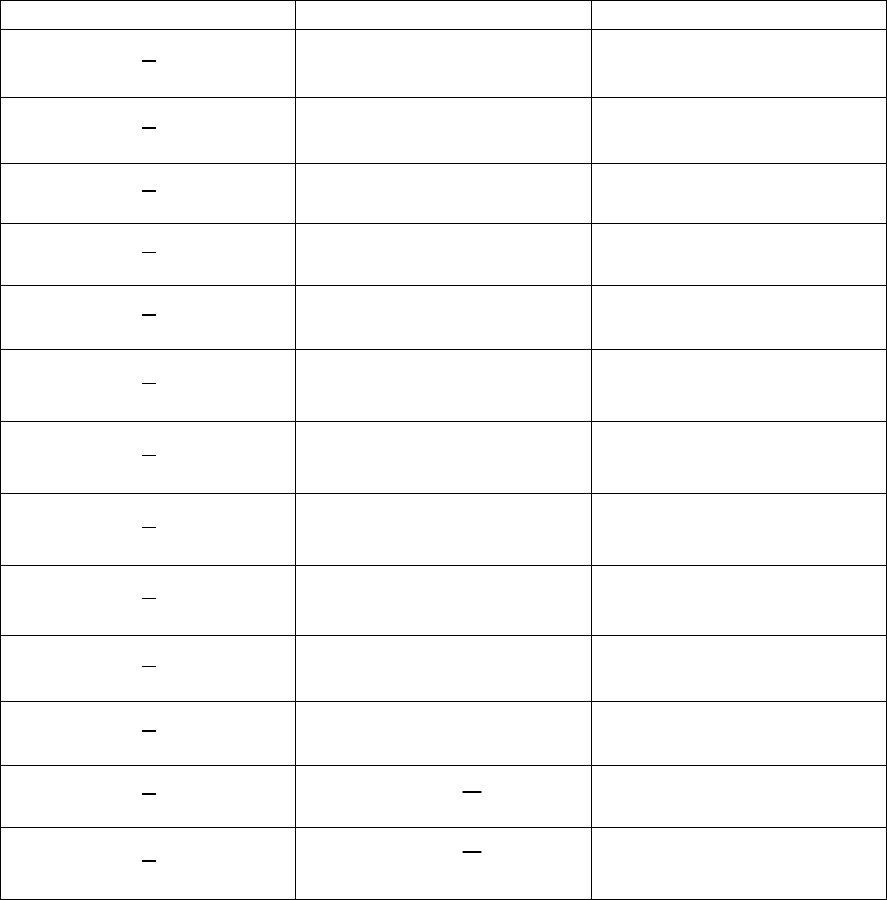
40
Helpful Information
to Memorize and Understand
Fractions, Decimals, Percents
Fractions
Decimals
Percent
1
2
0.50
50%
1
4
0.25
25%
3
4
0.75
75%
1
5
0.20
20%
2
5
0.40
40%
3
5
0.60
60%
4
5
0.80
80%
1
8
0.125
12.5%
3
8
0.375
37.5%
5
8
0.625
62.5%
7
8
0.875
87.5%
1
3
0.33 3
33.3%
2
3
0.66 6
66.6%

41
Helpful Information
to Memorize and Understand
Roman Numerals
I = 1
XI = 11
D= 500
II = 2
XX = 20
M = 1,000
III=3
XXX = 30
= 5,000
IV = 4
XL = 40
= 10,000
V = 5
L = 50
= 50,000
VI = 6
LX = 60
= 100,000
VII = 7
LXX = 70
= 500,000
VIII = 8
LXXX = 80
= 1,000,000
IX = 9
XC = 90
X = 10
C = 100
Example: 2003 = MMIII
Measurement Conversions
Temperature
0 degrees Celsius = 32 degrees Fahrenheit (the freezing point of water)
100 degrees Celsius = 212 degrees Fahrenheit (the boiling point of water)
Length
Metric
Customary
1 kilometer = 1,000 meters
1 mile = 1,760 yards
1 meter = 100 centimeters
1 mile = 5,280 feet
1 centimeter = 10 millimeters
1 yard = 3 feet
1 foot = 12 inches
Volume &
Capacity
1 liter = 1,000 milliliters
1 gallon = 4 quarts
1 milliliter = 1 cubic centimeter
1 gallon = 128 ounces
1 quart = 2 pints
1 pint = 2 cups
1 cup = 8 ounces
1 ounce = 30 cubic centimeters
Weight &
Mass
1 kilogram = 1,000 grams
1 ton = 2000 pounds
1 gram = 1,000 milligrams
1 pound = 16 ounces

42
Answer Key:
Mathematics Section
Basic addition and subtraction (enter scores on pg. 10)
1. 1,959
2. 980
3. 1,511
4. 200
5. 432
6. 459
7. 108
8. 12,011
Basic Multiplication (whole numbers) (enter scores on pg.10)
1. 5,922
2. 1,950
3. 7,836
4. 44,330
5. 11,130
6.21,978
7. 189,150
8. 1,557,270
Basic Division (whole numbers) (enter scores on pg. 10)
1. 12
2. 3,206
3. 1,233
4. 25
5. 628
6. 741
7. 214.75
8. 998.14
Addition and Subtraction of Decimals (enter scores on pg. 16)
1. 16.75
2. 66, 838
3. 948.2
4. 25.26
5. 30.05
6. 10.45
7. 29.41
8. 12.57
Basic Multiplication (decimals)(enter scores on pg 16)
1. 0.01269 2. 786.08
3. 16.863
4. 6252.5
5. 0.287804 6. 32.92
7. 3.7236
8. 0.79423
Division of Decimals (enter scores on pg. 16)
1. 120
2. 240
3. 9.375
4. 281
5. 8.23
6. 1,970
7. 0.9
8. 1.2
Addition of Fractions (enter scores on pg. 16)
1. 1/2
2. 17/21
3. 1 3/10
4. 13/14
5. 1 23/35
6. 9 11/24
7. 6 4/9
8. 15 8/12
Subtraction of Fractions (enter scores on pg.21)
1. 1/20
2. 11/37
3. 2/25
4. 1/54
5. 1 7/10
6. 15 1/18
7. 12 3/7
8. 16 3/4
Multiplication of Fractions (enter scores on pg. 21)
1. 2/5
2. 7/81
3. 4 4/5
4. 7
5. 3 3/4
6. 8
7. 6 2/3
8. 7 1/2
43
Division of fractions (enter scores on pg. 21)
1. 5 3/5
2. 1 1/3
3. 5 1/4
4. 5
5. 32
6. 13 1/2
7. 3
8. 6 1/6
Changing Fractions to Decimals (enter scores on pg. 21)
1. 0.2
2. 0.4
3. 0.375
4. 0.8
5. 0.3
6. 1.5
7. 0.3
8. 2.875
Changing Decimals to Fractions (enter scores on pg 21)
1. 2/25
2. 1/40
3. 1/8
4. 17/1000
5. 3/10
6. 2 3/4
7. 7 7/100
8. 12 1/10000
Ratio and Proportions (enter scores on pg 34)
1. 22:91
2. 19:40
3. x = 65
4. x = 49
5. x = 8
6. x = 40
7. x = 1
8. x = 27
Percentages (enter scores on pg. 37)
1. 98% 2. 0.68% 3. 9% 4. .58
5. 0.763 6..0003 7. 90% 8. 80%
Percentages (using the percent formula) (enter scores on pg. 37)
1. 20%
2. 4%
3. 20%
4. .28
5. 19
6. 93
7. 10
8. 260
See page 9 to enter overall score.

44
Math Practice
Test 1 Face Sheet
Directions: Students will
1. Take Practice Test 1
2. Correct all problems
3. Fill in information on this face sheet, which precedes entire Practice Test 1
4. Return work to HESI staff, arrange tutoring or conference to give go-ahead on
taking actual HESI test
Important
1) Use the space provided on the paper for scratch paper; all work should be done on
these pages for ease of assessment.
2) Fill in the blanks on the face sheet to assist the HESI staff in assessing your skills and
weaknesses.
Your goal is to achieve 80% minimum on any exercise.
¾ To calculate Total number of correct answers, subtract number of incorrect
answers from total number of problems.
¾ To calculate Percent correct: multiply number correct X 100, divide this number
by total number of problems.
Example: 80 correct out of 100: 80 X 100= 8000 8000 divided by 100 = 80 or 80%
OVERALL MATH PRACTICE TEST 1 SCORE
Total number of problems: 101
Number correct: Multiply number correct X 100 =
Divide by total number of problems= %
Tutor will review for areas to work on in math.
Areas to work on: , , , .

45
MATH PRACTICE
TEST 1
1. Add, subtract, multiply, divide:
Total number of problems: 18
Total number of correct answers X 100= Divide this number by total number of problems.
Percent correct
2. Multiply, divide (by and into), add, subtract decimals
Total number of problems: 15
Total number of correct answers X 100= Divide this number by total number of problems.
Percent correct
3. Change fractions to decimals; decimals to fractions
Total number of problems: 10
Total number of correct answers X 100= Divide this number by total number of problems.
Percent correct
4. Add, subtract, multiply, divide fractions
Total number of problems: 20
Total number of correct answers X 100= Divide this number by total number of problems.
Percent correct
5. Percentage
Total number of problems: 18
Total number of correct answers X 100= Divide this number by total number of problems.
Percent correct
6. Ratio/Proportion
Total number of problems: 9
Total number of correct answers X 100= Divide this number by total number of problems.
Percent correct
7. Conversions
Total number of problems: 5
Total number of correct answers X 100= Divide this number by total number of problems.
Percent correct
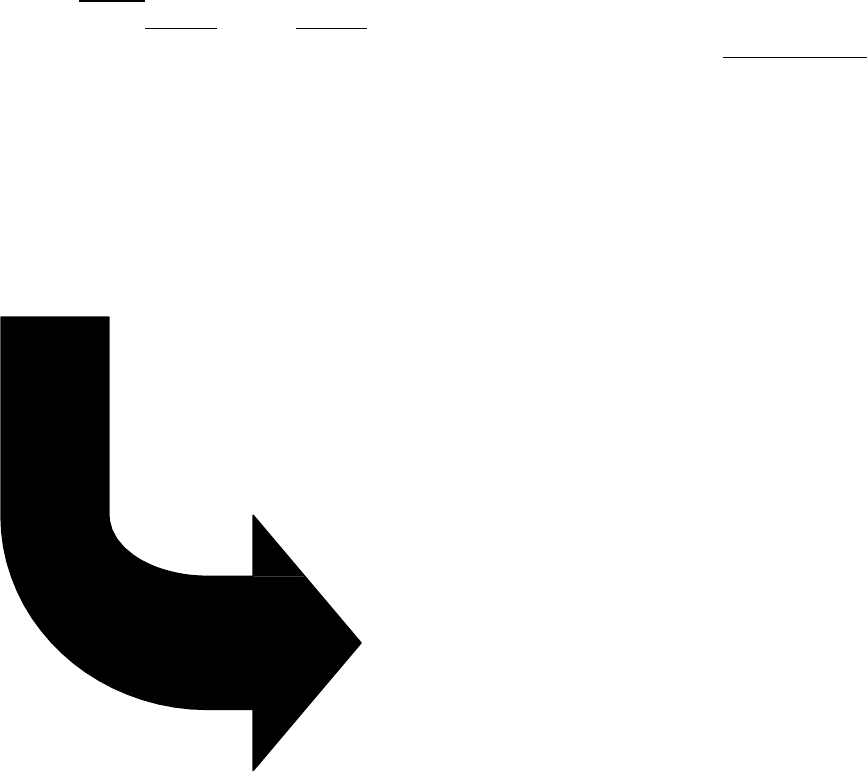
46
8. Rounding
Total number of problems: 6
Total number of correct answers X 100= Divide this number by total number of problems.
Percent correct
Next step: go to page 44 to enter
overall score for Practice Test1 1; then
go to Practice Test 2.
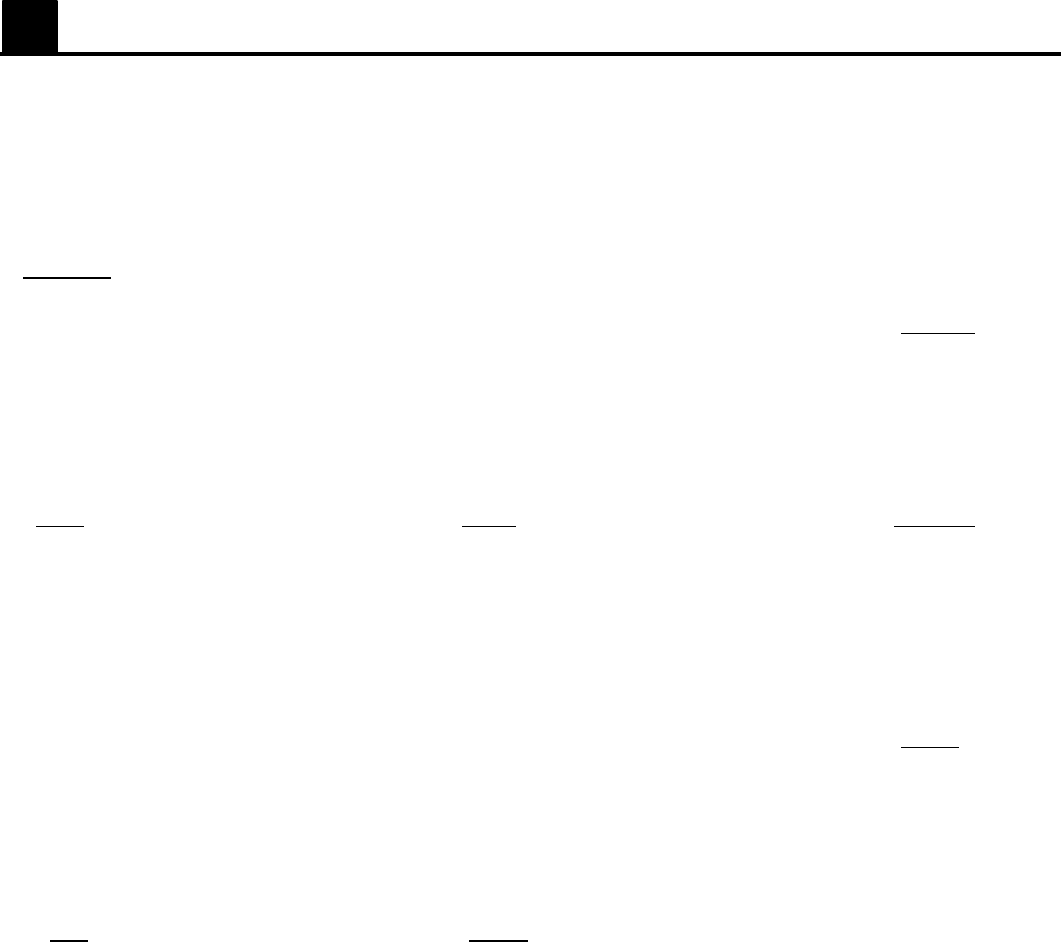
47
Step one to Whole Number Skill
Practice Test I
These problems will help you find out if you need to work in the whole number section of this book.
Do all the problems you can. Then fill in the chart on page 6 to see which page you should go to next.
1. 86,147
2. 24 + 933 =
3.
573
+ 2,532
1,268
486
+3,691
4. 897
5.
826
6.
40,020
-357
- 259
-29,316
7. 2,306 – 728 = 8. 30,000 – 2,907 = 9. 613
x 132
10. 84
11. 427
12. 489 x 53 =
x56
x 395
13. 65 x 2,507 = 14. 331 ÷ 7 = 15. 3,147 ÷ 4 =
16. 1,029 ÷ 21 = 17. 6,057 ÷ 9 = 18. 2,433 ÷ 56 =

48
Answer Key
1.
88,679
2.
957
3.
6,018
4.
540
5.
567
6.
10,704
7.
1,578
8.
27,093
9.
80,916
10. 4,704
11. 168,665
12. 25,917
13. 162,955
14. 47 r2
15. 786 r 3
16. 49
17. 673
18. 43 r 25
Enter Score for practice test I on face sheet pages 44 – 46.

49
Step one to Decimal Skills Practice Test 1 Part 2
Do work on these pages.
1. .26 x 3.9 = 2 12.9 x 5 = 3. .0038 x 62 =
4. .417 x 2.3 = 5. 46.4 ÷ 16 = 6. .222 ÷ .6 =
7. .406 ÷ .07 = 8. 9 ÷ .18 = 9. 148 ÷ 3.7 =
10. .58 + .9 +.737 = 11. .13 + 23.8 + 14 = 12. .68 + 10.24 + 5 =
13. 3.4 - .75 = 14. 8.1 - .238 = 15. 12 - .608 =

50
Answer Key
1. 1.014
2. 64.5
3. .2356
4. .9591
5. .37
6. 5.8
7. 50
8. 40
9. 2.217
10. 37.93
11. 15.92
12. 2.65
13. 7.862
14. 11.392
Enter score for Practices Test 1 part 2 on face sheets page 44-46.

51
Step one to Fraction to Decimals Skills Practice Test 1 Part 3
Do all work on these pages. Change each fraction to a decimal.
1. 5/6 =
2. 9/20 =
3. 4/7 =
4. 5/8 =
5. 9/16 =
Change each decimal or mixed decimal to a fraction or mixed number. Reduce each fraction.
1. .08 =
2. .625 =
3. .48 =
4. 3.36 =
5. 2.00004 =

52
Answer Key
1. .83 1/3
2. .45
3. .57 1/7
4. .62 ½ or .625
5. .56 ¼
1.
2/25
2.
5/8
3.
12/25
4.
3 9/25
5.
2 1/25,000
Enter score for practices test 1 part 3 on face sheets page 44 – 46.

53
Step One to Fraction Skills Practices Test 1 Part 4
Do all work on these pages.
1. 3/8 + 3/8 = 2. 3 9/16 + 2 11/16= 3. 5/9 + 2/3 =
4. 3/7 + 1/2= 5. 9/10 – 7/10= 6. 5/8 – 1/3 =
7.6 – 2 5/9= 8. 8 1/5 – 2 4/5= 9. 74/9 – 4 5/6=
10. 5/9 x 2/3 = 11. 9/10 x 8/9= 12. 5/9 x 12 =
13. 15 x 4 2/3= 14. 3/5 x 1 1/9= 15. 2 ¼ x 4 2/3=
16. 4/5 ÷ 8/15= 17. 4 1/6 ÷ 5/9 = 18. 5/12 ÷ 10 =
19.6 ÷ 4 ½ = 20. 3 ½ ÷ 2 4/5 =

54
Answer Key
1. ¾
2. 6 ¼
3. 2/9
4. 13/14
5. 1/5
6. 7/24
7. 3 4/9
8. 5 2/5
9. 2 11/18
10. 10/27
11. 4/5
12. 6 2/3
13. 70
14. 2/3
15. 10 ½
16. 1 ½
17. 7 ½
18. 1/24
19. 1 1/3
20. 1 ¼
Enter score for practice test on cover sheets 44-46.

55
Step One to Percent Skill Practices Test 1 Part 5
These problems will help you find out if you need to work in the percent section of this book. Do all
the problems you can. When you are finished, look at the chart to see which page you should go to
next.
1. Change each decimal to a percent.
.6 = .06 = .248 = .03 1/3
2. Change each percent to a decimal.
50%= 7%= 5 ¼%= 325%
3. Change each fraction to a percent.
3/10= 1/8= 3/7= 4/25=
4. 15 % of 140 = 5. 90% of 60=
6. 72 is what % of 90? 7. 44 is what % of 132?
8. 90% of what number is 54? 9. 15 % of what number is 39?

56
Answers to Step One to
Percent Skill Practice
Test 1, Part 5
1. 60%
6%
24.8%
3.3%
2. .5 or .50
.07
.0525
3.25%
3. 30%
12 ½%
42 6/7%
16%
or 12.5%
or 42.85%
4. 21
5. 54
6. 80%
7. 33 1/3% or 33.3%
8. 60
9. 260
Enter score for 5 on pages 44-46

57
Practice Test 1 Part 6
Solve these proportions.
1. 120 = 16 2. 750:250::X:5 3. 2:5::X:10
4.2 X
4. 0.125: 0.5:: X:10
Read the following:
Proportion
Let us consider the ratios 3:5 and 12:20. If we write these ratios in fraction form, we have 3/5 and
12/20. Now if we apply the Principle of Equivalency of Fractions, we have 3 x 20 = 5 x 12. Thus the
fraction 3/5 and 12/20 are equivalent.
Thus, we may write 3:5 = 12:20. This statement is called a proportion.
Definition: A proportion is a statement that two ratios are equivalent.
Example: (a) 1:2= 4:8
(b) 5:6= 15:18
Use the Principle of Proportion to determine which of the following are true proportions.
1. 5:7 = 15:21
2. 6:11 = 12: 24
3. 1.4: 3.5 = 4.6: 11.5
4. 63:81 = 77:99
5. 64: 28 = 96:40
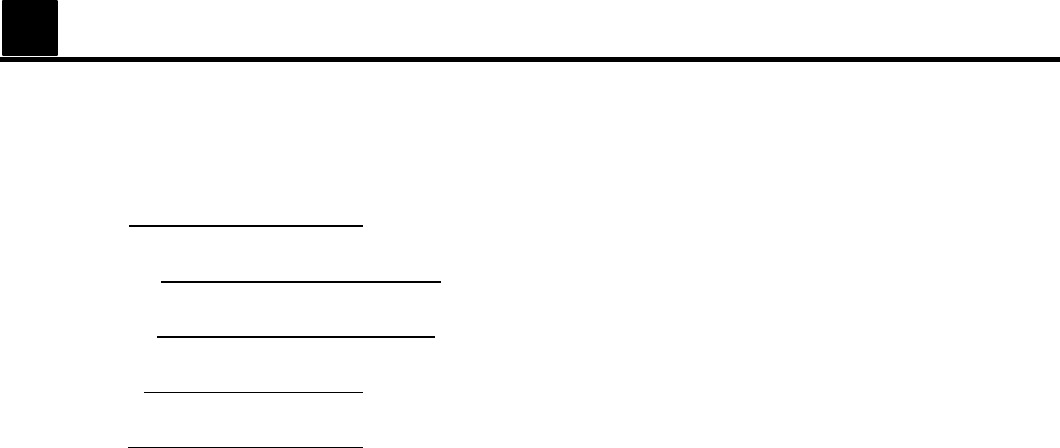
58
Conversions Practice Test 1 Part 7
Convert the measurements in the following problems.
1. 5 yards = feet
2. 40 ounces = pounds
3. 20 quarts = gallons
4. 2 quarts = ounces
5. 3 pints = quarts

59
Answer Key
Answers for test 6: (Enter scores for 6 on face sheet page 44-46)
1.
.56
1.
True
2.
15
2.
False
3.
4
3.
True
4.
25
4.
True
5.
False
Answers for test 7: ( Enter the scores for 7 on face sheet pages 44- 46)
1. 15ft
2. 2.5lbs
3. 5 gals
4. 64 oz
5. 1.5 qt
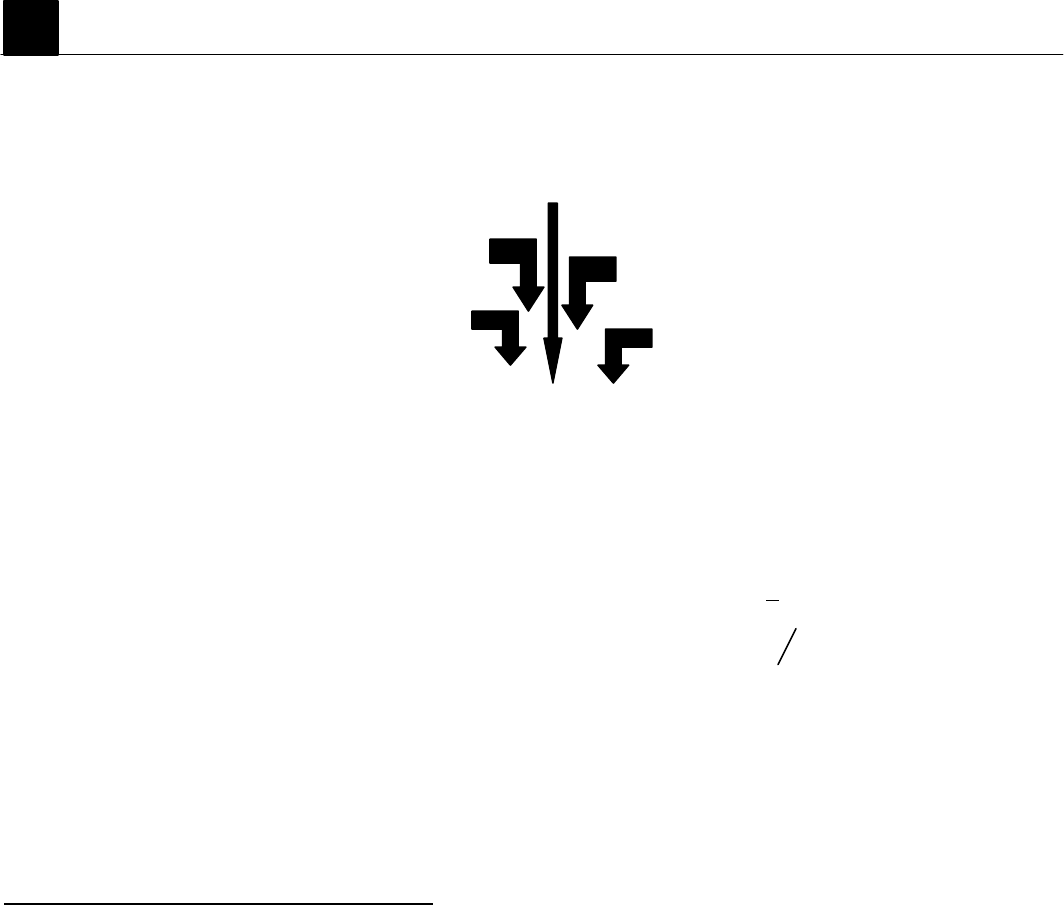
60
Rounding Dollars and Cents Practices Test 1 Part 8
You round dollars and cents in the same way you round whole numbers. You can round a monetary
amount to the nearest ten cent (dime), nearest dollar, nearest ten dollars, and so on.
Dollar column
Ten Dollar column
Dimes column
Hundred Dollar column
$ 165.37
Pennies column
Example: Round $15.76 to the nearest dime.
Step 1. Underline the digit in the dimes column. $ 15.76
Step 2. Look at the digit to the right of the 7. Since the digit $ 15.86
6 is more than 5, add 1 to the digit 7.
Step 3. Now put zeros in all the places to the right of the 8 $15.80
Answer: $ 15.80
Round each number below as indicated.
1. 76 (tens place)
2. 164 ( hundreds place)
3. 2,590 (thousands place)
4. $0.37 (nearest dime)
5. $3.48 (nearest dollar)
6. $67.09 (nearest ten dollar)

61
Answer Key
1.
80
2.
200
3.
3,000
4.
$0.40
5.
$3.00
6.
$70.00
Enter score for 8 on face sheet pages 45-47

62
Math Practice
Test 2 Face Sheet
Directions: Students will
1. Take Practice Test 2
2. Correct all problems
3. Fill in information on this face sheet, which precedes entire Practice Test 2
4. Return work to HESI staff, arrange tutoring or conference to give go-ahead on
taking actual HESI test
Important:
1) Use the space provided on the paper for scratch paper; all work
should be done on these pages for ease of assessment.
2) Fill in the blanks on the face sheet to assist the HESI staff assessing
your skills and weaknesses.
Your goal is to achieve 80% minimum on any exercise.
¾ To calculate Total number of correct answers, subtract number of incorrect
answers from total number of problems.
¾ To calculate Percent correct: multiply number correct X 100, divide this number
by total number of problems.
Example: 80 correct out of 100: 80 X 100 = 8000 8000 divided by 100= 80 or 80%
OVERALL MATH PRACTICE TEST 2 SCORE
Total number of problems: 83
Number correct: Multiply number correct X 100=
Divide by total number of problems= %
Tutor will review for areas to work on in math.
Areas to work on: , , , .
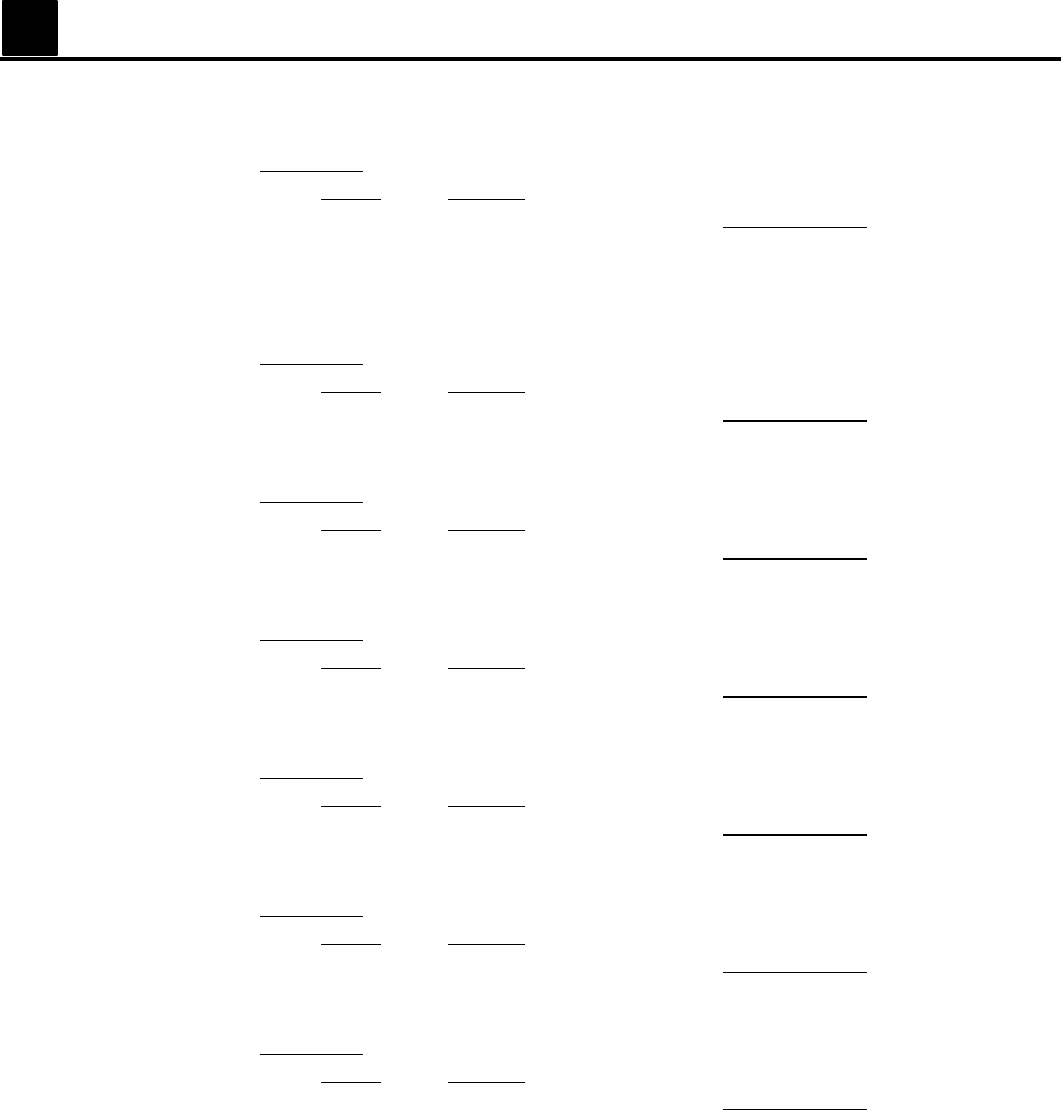
63
MATH PRACTICE TEST 2
Add, subtract, multiply, divide:
Total number of problems 16
Total number of correct answers X100= Divide this number by total number of problems
Percent correct
Change decimals to fractions; change fractions to decimals; Multiply, divide (by and into), add, subtract
decimals
Total number of problems 15
Total number of correct answers X100= Divide this number by total number of problems
Percent correct
Add, subtract, multiply, divide fractions
Total number of problems 16
Total number of correct answers X100= Divide this number by total number of problems
Percent correct
Percentage
Total number of problems 15
Total number of correct answers X100= Divide this number by total number of problems
Percent correct
Ratio/ Percentage
Total number of problems 11
Total number of correct answers X100= Divide this number by total number of problems
Percent correct
Conversion
Total number of problems 5
Total number of correct answers X100= Divide this number by total number of problems
Percent correct
Rounding
Total number of problems 5
Total number of correct answers X100= Divide this number by total number of problems
Percent correct

NextNext step:step: GoGo ttoo
pagpagee 6262 toto eenntteerr overalloverall
scorescore forfor PracticePractice
TestTest 2;2; thenthen gogo toto
ReadingReading
CoComprehensimprehensioonn
sections.sections.
64

65
Whole Number review Practice Test 2 Part 9
1. 425 + 34 =
2. 732 + 9,255 =
3. 6,927 + 434 + 56 =
4. 83 – 9 =
5. 800 – 73 =
6. 12,603 – 9258 =
7. 90,000 – 4,782 =
8. 62 x 34 =
9. 536 x 273 =
10. 2,706 x 75 =
11. 39 x 4,086 =
12. 196 ÷ 4 =
13. 779 ÷ 9 =
14. 4,836 ÷ 52 =
15. 7,224 ÷ 9 =
16. 4, 662 ÷ 63 =

66
Answer
Key:
Test 2 Part 9
1. 459
2. 9,987
3. 7,417
4. 74
5. 727
6. 3,345
7. 85,218
8. 2,108
9. 146,328
10. 202,950
11. 159,354
12. 49
13. 86 r5
14. 93
15. 802 r6
16. 74

67
Decimal Review Practice Test 2 Part 10
Change each decimal or mixed decimal to a fraction or mixed number. Reduce each fraction.
1. .3=
2. 3.75 =
3. .625=
4. 9.32=
5. 1/5=
6. 1/8=
7. 4/25=
8. 3/50=
9. .29 + .8 + .626=
10. .0052 + .84 + .072 =
11. .26 + 14.7 + 13 =
12. 18 + .049 + 2.38 =
13. .8 - .29=
14. 6.2 – .127=
15. .11 – .509 =
16. 8.3 – 2.052 =
17. 4.3 x .38 =
18. 18 x .0074 =
19. 6.5 x .329 =
20. 110.4 ÷23 =
21. .621 ÷ .09=
22. 54 ÷ 27 =
23. 138 ÷ 4.6 =

68
Answer Key:
Test 2 Part 10
1. 3/10
2. 3 ¾
3. 5/8
4. 9 8/25
5. .2
6. .12 ½ or .125
7. .16
8. .06
9. 1.716
10. .9172
11. 27.96
12. 20.429
13. .51
14. 6.073
15. 10.491
16. 6.248
17. 1.634
18. .1332
19. 2.1385
20. 4.8
21. 6.9
22. 200
23. 30

69
Fraction Review Practice Test 2 Part 11
1. 7/10 + 1/10 =
2. 8/15 + 4/5 =
3. 1/2 + 5/9 =
4. 3 2/3 + 4 5/8 + 5 1/4 =
5. 11/16 – 5/16 =
6. 3/5 – 1/6 =
7. 9 – 4 5/12 =
8. 8 2/5 – 2 2/3 =
9. 9 1/4 – 4 7/12 =
10. 3/8 x 5/7 =
11. 5/12 x 4/5 =
12. 8 x 7/10 =
13. 1 5/7 x 4 2/3 =
14. 3/10 ÷ 2/5 =
15. 3 3/4 ÷ 5/6 =
16. 7/8 ÷ 3 =

70
Answer Key:
Test 2 Part 11
1.
4/5
2.
1 1/3
3.
1 1/18
4.
13 13/24
5.
3/8
6.
13/30
7.
4 7/12
8.
5 11/15
9.
4 2/3
10. 15/56
11. 1/3
12. 5 3/5
13. 8
14. 3/4
15. 4 1/2
16. 7/24

71
Percent Review Practice Test 2 Part 12
1. Change each decimal to a percent.
.3 = .09= .455=
2. Change each percent to a decimal.
48%= 3%= 7 ½%=
3. Change each fraction to a percent.
9/10= 5/12= 4/5=
SOLVE
4. 16% of 125 =
5. 40% of 75=
6. 4.8% of 800=
7. 45 is what % of 75?
8. 36 is what % of 54?
9. 48% of what number is 60?

72
Answer Key:
Test 2 part 12
1. 30% 9% 45.5%
2. .48 .03 .07 ½
3. 90% 41 2/3% 80%
4. 20
5. 30
6. 38.4
7. 60%
8. 66 2/3%
9. 125

73
Ratio and Proportions Practice Test 2 part 13
In each of the following, what number should replace n to make each a true proportion?
1. n : 4 = 12 : 8
2. 5 : 8 = 35: n
3. 17 : n = 6 : 8
4. 7 : n = 11: 18
5. 15: 35 = 4 : n
6. 1/6 = ?/ 18
7. 3/ ? = 6/8
8. 50/ ? = 1/2
9. 8/9 = ? /27

74
Answer Key:
Test 2 Part 13
1. 6
2. 56
3. 22 2/3
4. 11 5/11
5. 9 1/3
6. 3
7. 4
8. 100
9. 24

75
Converting Units Practice Test 2 part 14
Change each quantity to the unit indicated. As your first step in each problem identify the correct factor.
1. 3 lbs = oz.
2. 3 qt. = pt.
3. 12pt.= qt.
4. 80 oz. = lb.
Many times, when smaller units are converted to larger units, there is a remainder.
As the example below show, this remainder is simply written as the number of smaller units left over.
Example: Change 7 feet to yards
Step 1. Divide 7 feet by the conversion factor 3
7 ÷ 3 = 2 r1
Step 2. write the remainder as the number if feet left over.
Answer: 7 feet = 2 yards 1 foot
5. 47 oz. = lbs. Oz.

76
Answer Key:
Test 2 Part 14
1. 48
2. 6
3. 6
4. 5
5. 2lbs. 15 oz

77
Steps for Rounding Decimal Practices Test 2 Part 15
1. Underline the digit in the place you are rounding to
2. Look at the digit to the right of the underlined digit. If the digit to the right is 5 or more, add 1 to
the underlined digit. If the digit to the right is less than 5, leave the underlined number as is.
3. Discard the digits to the right of the underlined digit.
Example: Round 2. 1749 to the thousandths place.
Step 1. Underline the digit in the thousandths place.
Underline the 4: 2.1749
Step 2. Look at the digit to the right of the 4. The digit is 9. Since 9 is “5 or more,”
add 1 to the underlined digit 4.
Add 1 to 4: 2.1759
Step 3. Discard the digit 9
Answer: 2.175
Round each amount below to the nearest cent. For each amount circle one of the two answer
choices.
1. $.467: $.46 or $.47
2. $.953: $.95 or $.96
3. $6.875: $6>87 or $6.88
Round each decimal fraction below as indicated. The first problem in each row is done for you.
To the nearest tenth.
4. .52
5. .375
To the nearest hundredth.
6. .483
7. .725

78
Answer Key:
Test 1 Part 15
1.
$.47
2.
$.95
3.
$6.88
4.
.5
5.
.4
6.
.48
7.
.73

79
READING
COMPREHENSION
FACE
SHEET
Directions: Students will
1. Read explanations on how to answer reading comprehension questions and
sharpen reading skills.
2. Take the “Sample Reading Test”; fill in information on face sheet.
3. Take the “Reading” test.
4. Correct all problems
5. Fill in information on face sheet, which is in front of both tests.
6. Return work to HESI staff; arrange tutoring or conference to give go- ahead on
taking actual HESI test.
Important:
1) Use the space provided on the paper for scratch paper; all work should be
done on these pages for ease of assessment.
2) Fill in the blanks on the face sheet to assist the HESI staff in assessing
your skills and weaknesses.
Your goal is to achieve 80% minimum on any exercise.
¾ To calculate Total number of correct answers, subtract number of incorrect
answers from total number of problems.
¾ To calculate percent correct: multiply number correct X 100, divide this number
by total number of problems.
Example: 80 correct out of 100: 80 X 100 = 8000 8000 divided by 100= 80 or 80%
OVERALL READING COMPREHENSION TEST SCORE
Total number of problems: 47
Number correct: Multiply number correct X 100 =
Divide by total number of problems = %
Tutor will review for areas to work on in reading comprehension.
Areas to work on : , , , .

80
Reading Comprehension
1. Sample Reading Test
Total Number of questions 8
Total Number of correct answers X 100= Divide this number by total
number of questions
Percent Correct
2. Reading
Total Number of questions 39
Total Number of correct answers X 100= Divide this number by total
number of questions
Percent Correct
Next step: Go to page 79 to enter
overall score for Reading
Comprehension; then go to
Vocabulary section.
81
HOW TO ANSWER READING COMPREHENSION QUESTIONS AND SHARPEN
YOUR READING SKILLS (WITHOUT REALLY TRYING)
Read this the night before you take your exam. It will help you get the right answers on
reading comprehension questions.
¾ When you get to the reading comprehension section, take a deep breath and;
o Quickly read through the questions—not the answer choices, just the
questions. You will be able to focus your reading knowing what the
questions are.
o Read the passage, paying attention to details. Be alert for what the author
thinks is important, by noting phrases like Of importance is…., Do not
overlook…., and Note that….
o Read each question carefully to determine what is being asked. Watch for
all-inclusive words like always, never, all, only, every, absolutely,
completely, none, entirely, no. These words will affect your answer.
o Read all answer choices. Eliminate obviously incorrect choices. Do not
jump to choose the first answer that looks correct. Refer to the passage to
get the best answer.
o Avoid spending too much time on any one question. If you’re stuck on a
question, choose from the answers left after eliminating the obviously
incorrect ones and move on.
SHARPEN READING SKILLS
There are seven reading skills tested on the HESI exam; the basic tenet emphasized here
is: Reading proactively to keep focused. The skills and how to improve them are
described below:
1. Identify the main idea – key to understanding what you’re reading and what to
remember.
a. Ask “What is the passage about and what point is the author making
about the topic?”
b. Summarize the paragraph in your head after you read it.
c. Visualize as you read---picture the information being projected on a
big screen TV.
d. Remember that main ideas can be found in the beginning, middle, or
end of a paragraph or passage.
e. Look at details, examples, causes, reasons to find implied, or unstated,
main ideas.

82
2. Identify supporting details---examples, added information which support main idea.
a. Pick key word from the question and scan the passage for location of the
answer.
b. Identify details by transition words like one, next, another, first, finally.
3. Finding the Meaning of Words in Context--- look for context clues, which are words
or sentences surrounding unknown word (s): the provide information on meaning for
the reader.
Context clues include:
a. Definition: meaning of word put in parentheses, or stated in following
sentence.
b. Synonym: more familiar word given, which means same as unknown word.
c. Antonym: word given with opposite meaning of unknown word; watch for
words that signal an antonym, like although, but, instead.
d. Restatement: unknown word paraphrased, or restated in sentence using more
familiar words.
e. Examples: examples illuminate meaning of unknown word.
f. Explanation: additional information explains unknown word.
g. Word structure: knowledge of meanings of prefixes, suffixes, and roots can
help reader make educated guess about unknown word.
4. Identifying a Writer’s Purpose and Tone --- purpose can be to entertain, inform,
persuade. Tone is author’s attitude or feelings towards topic.
Choice of words is clue to both.
Ask these questions: 1. Who is the intended audience?
2. Why did the author write this?
Persuade: means trying to change thinking, encouraging reader to buy something,
convince someone to vote a certain way. “Connotation” refers to emotions,
feeling reader attaches to words.
Identify words in the passage for negative or positive connotation to determine why the
author wrote the passage, how he/she is trying to manipulate the reader’s feelings. For
example, if the passage is about a beautification project, the author might describe it
using positive connotation (and tone), in words like inspired, visionary, to get the reader
to agree. Or, the writer may describe the project using negative connotation (and
tone)with words like wasteful, foolhardy in opposition.
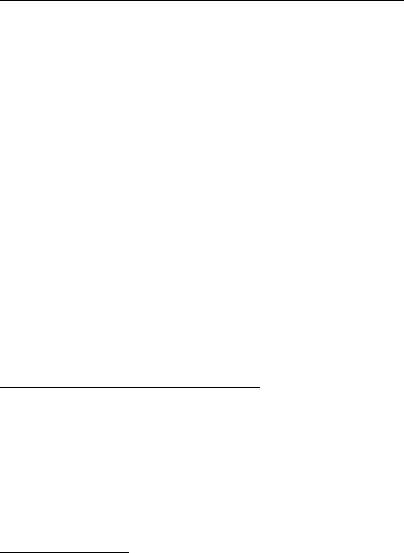
83
Inform: passages written to inform are less biased, with fewer words that have positive
or negative connotation. Supportive text is factual and allows reader to form own opinion
of subject matter.
5. Distinguishing Between Fact and Opinion --- facts can be proven to be right or
wrong. Ex. The world is round. Opinions are personal statements which cannot be
proven. Ex. “Titanic” was the best movie ever made.
Critical reading means looking at choice of words to determine whether writer is stating
fact or opinion.
Facts: concrete words including measurable data, colors. Ex. Joe weighs 215 pounds.
Sally’s dress is red.
Opinions: evaluative or judgmental words (good, better, best, worst); abstract words
(love, envy, hate); and statements that speculate about future events are considered
opinions.
6. Making Logical Inferences --- inferences are not stated in the reading; they are
educated , logical guesses made by the reader --- “reading between the lines” ---
based on the available facts, information, and reader’s knowledge and experience.
Key to making inferences is to be sure the facts and evidence in the reading supports
the inferences.
7. Summarizing --- summary is shortened version of passage with some supporting
details, that is important information only. Leaves out unnecessary and redundant
information.
This type of question takes the longest for students. Three rules to follow:
a. Summary to include main ideas from beginning, middle, and end of passage
b. Summary presented in chronological (as it happened) order.
c. Summary must have accurate information. False information automatically
rules out choice.

84
Sample Reading Test
According to news reports, more senior citizens are accruing credit card debt that ever
before. One reason given for the increase is that many seniors simply did not save enough
money for retirement. Another reason given is the high cost of prescription drugs that are
not covered by Medicare. Although the possibility of a prescription drug benefit being
added to Medicare was a big issue in the last presidential campaign, it does not appear
that any legislation will be enacted soon..
Meanwhile, some seniors are spending 50 – 60% of their incomes on prescription
drugs. With utilities, mortgage payments, and groceries, it is easy to see why some
seniors are forced to use their credit cards. According to SRI Consulting Business
Intelligence in Princeton, NJ., a research and consulting firm, the average debt of
households headed y someone over 65 rose from $8,000 in 1992 to $23,000 in 2000. That
is an increase of 188%.
Another reason given for seniors ending up in so much debt is the fact that they don’t
understand how credit cards work and by simply paying off the minimum, most of the
payment goes toward interest. Whatever the reason, many seniors today have to abandon
formerly held conservative attitudes toward debt and join the millions of Americans who
buy on credit.
Congress should enact Medicare legislation that helps make prescriptive drugs more
affordable for seniors. It doesn’t seem fair that those who have worked hard all their lives
should have to stress over finding enough money to pay their bills in their so called
“golden years.” Write your congressional representatives and encourage them to enact the
appropriate legislation.
1. What is the main idea of the passage?
A. The high cost of prescription drugs is a difficult burden for seniors to bear.
B. Credit Card debt for seniors rose 188% from 1992 to 2000.
C. Senior citizens today did not save enough money for their retirement years.
D. There are several reasons why many senior citizens today are in credit card debt.
2. Which of the following is not listed as a detail in the passage.
A. Seniors did not save enough for retirement.
B. Many seniors spend money gambling.
C. The cost of prescription drugs is a drain on the seniors’ income.
D. Seniors don’t always understand how credit cards works.
3. What is the meaning of the word “accruing” as used in the first paragraph?
A. Something that increases or accumulates.
B. Something that attaches itself like a parasite.
C. Something that annoys.
D. Something that describes emotion.
85
4.What is the author’s primary purpose in writing this essay?
A. To inform
B. To persuade
C. To entertain
D. To analyze
5. Identify the overall tone of the essay.
A. Encouraging
B. Optimistic
C. Pessimistic
D. Angry
6.Which of the following statements is an opinion?
A. More seniors are accruing credit card debt than ever before.
B. The high cost of prescription drugs has added to the credit card debt of seniors.
C. Congress should enact Medicare legislation to make prescription drugs more
affordable.
D. Some seniors get into debt because they do not understand how credit cards work.
7. Which statement would not be inferred by the reader?
A. Some seniors are having a difficult time paying their bills.
B. Seniors should not allow their children to use their credit cards.
C. Some seniors did not plan well for their retirement.
D. Some seniors have to use credit cards to pay for their food and other basic
necessities.
8. Choose the best summary of the passage.
A. Prescription costs are keeping seniors in credit card debt. Many seniors were not
financially prepared for retirement. Some seniors do not understand how credit
cards work. There has been a huge increase in credit card debt for households
headed by seniors.
B. More seniors have credit card debt than ever before. Some seniors don’t
understand how credit cards work. The high cost of prescription drugs has caused
many to use their credit cards for basic necessities. Something needs to be done to
help the seniors enjoy their retirement years.
C. The average debt for households headed by seniors has decreased in the last
decade. Many seniors hold conservative attitudes about debt, but they are being
forced to abandon their ideas out of necessity. Congress could help seniors by
enacting legislation that would reduce the cost of prescription drugs.
D. More seniors hold credit card debt that ever before. Reasons for this include the
lack of adequate financial planning for retirement, the high cost of prescription
drugs, and the misunderstanding of how credit cards work. Congress needs to
enact legislation to help today’s seniors with the high cost of prescription drugs.

86
Answer Key: Reading
Comprehension Practice
Test
1. D (main idea)
2. B (supporting details)
3. A (meaning of word in context)
4. B (author’s purpose)
5. C (author’s tone)
6. C (fact and opinion)
7. B (inferences)
8. D (summary)
Bibliography
1. Johnson, Ben. The Reading Edge 4
th
Ed. New York: Houghton Mifflin Company, 2001
Enter score on face sheets pages 79—80

87
Reading Comprehension
Directions: Read each passage carefully. Then mark one answer—the answer you think is best for each item.
Sample:
The next test has short reading passages, each one followed by questions.
A. The reading passages on the next test will be Correct Marking on Separate Answer Sheet
a) all on one page
b) followed by questions
c) easy to read
d) very long.
A B C D
Our planet Earth is divided into seven separate
layers. The outer layer is called the “crust” and
appears to be approximately twenty miles thick.
Next in line are the four layers of the “mantle.”
These layers vary in thickness from 250 to 1000
miles. The remaining two layers are divided into the
“outer core” and “inner Core.” The thickness of the
outer core has been determined to be slightly more
than 1200 miles, while that of the inner core is
slightly less than 800 miles. Scientists calculate the
location and depth of these layers by measuring and
studying the speed and direction of earthquake
waves. They have also determined that both
temperature and pressure are much greater at the
core than at the crust.
113. The thickest portion of the earth is the
a) crust
b) outer core
c) mantle
d) inner core
114. How many separate layers does the earth have?
a) two
b) twenty
c) seven
d) four
115. Which of the following is correct?
a) No two sets of earthquake waves ever
travel in the same direction.
b) Earthquakes usually travel in the same
direction.
c) Earthquake waves travel at different
speeds.
d) Earthquake waves travel at the same
speed but in different directions.
116. You would expect to find the kind of
information in this passage in
a) an encyclopedia.
b) a science book.
c) neither of these.
d) Both pf these.
117. In going from the surface to the center of the
earth, in which order would you pass
through the layers?
a) crust, outer core, mantle, inner-core
b) out core, inner core, crust, mantle
c) outer core, crust, inner core, mantle
d) crust, mantle, outer core, inner core
118. The word vary, as underlined and used in this
passage, most nearly means
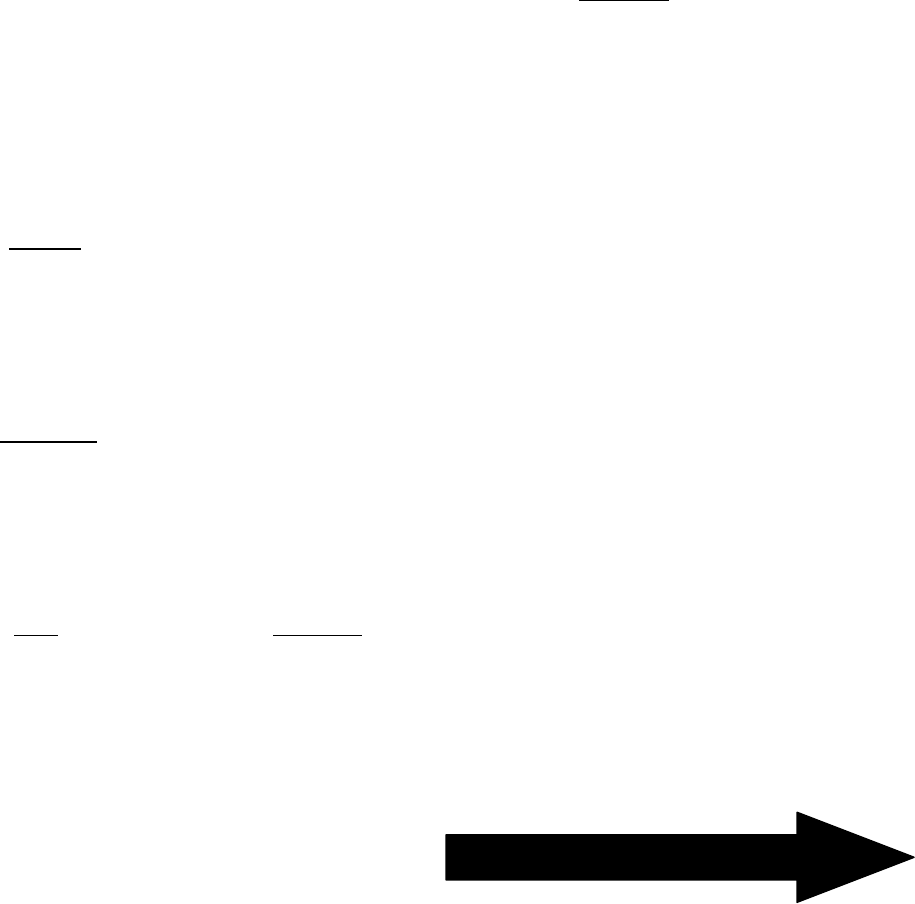
88
a) Stabilize
Spelunkers have discovered new caves.
b) Increase
c) Range
d) Arbitrate
119. Which of the following is correct?
a) Scientists know the exact thickness of
the crust.
b) Scientists believe they know the
thickness of the crust.
c) The thickness of the crust cannot be
determined.
d) Scientists cannot agree as to the
thickness of the crust.
120. In comparing the core with the crust, you
would find that at the core,
a) temperature and pressure are less
b) pressure is greater, temperature is less
c) temperature is greater, pressure is less
d) temperature and pressure are greater
121. The word slightly, as underlined and used in
this passage, most nearly means
a) scarcely
b) considerably
c) a little
d) at least
122. The word remaining, as underlined and used in
this passage, most nearly means
a) previous
b) outer
c) last
d) prior
The man is in utter darkness. Only the wavering
beam of light from his flashlight pierces the
blackness. The air, damp and cold, smells or dank,
unseen, decaying material.
The man stumbles over stones, splashes into
a hidden puddle. He bangs into a cold rocky wall.
The flashlight cocks upward, and suddenly, the air
is filled with the flutter of thousands of wings and
the piping of tiny animal wails. He ducks, startled,
then grins. He’s found what he’s looking for—bats!
For this man is a “spelunker,” another name
for someone who explores caves for the fun of it.
Spelunkers actually enjoy crawling on their
stomachs in narrow, rocky tunnels far below the
surface of the earth.
Some have formed clubs, sharing safety knowledge,
developing new techniques, and teaching novices.
For spelunkers believe that earth’s inner
spaces are as exciting as the universe’s out spaces.
123. The first two paragraphs of this passage
describe a cave’s
a) rocks
b) depth
c) atmosphere
d) streams
124. The word wavering, as underlined and used in
this passage, most nearly means
a) swaying
b) steady
c) strong
d) shining
125. The author of this passage is most likely a
a) spelunker
b) cave scientist
c) medical doctor
d) magazine writer
126. The cave the man was exploring was probably
a) large and dry
b) deep underground
c) near the surface
d) dangerous
127. According to this passage, what started the bats
to suddenly fly about?
a) the spelunker
b) the damp and cold air
c) the flashlight
d) the sudden noise
GO ON TO THE NEXT PAGE

89
128. The man ducked when the bats flew because
the debris drops, and, if it is rich in minerals,
he was
a) angry.
b) afraid.
c) surprised.
d) hurt.
129. The word utter, as underlined and used in this
passage, most nearly means
a) bovine
b) unspeakable
c) oppressive
d) great
130. According to this passage, spelunkers ignore
a) safety rules.
b) light.
c) discomfort.
d) other spelunkers.
131. A good title for this passage would be
a) “Batty About Bats.”
b) “Spelunkers—Underground Explorers.”
c) “Inner Space.”
e) “The life of a Spelunker.”
132. According to this passage, which word would
most nearly describe spelunkers?
a) experimental
b) cautious
c) antisocial
d) adventurous
Litterbugs have a bad reputation, but the biggest
litterbugs in history have, in fact, been very helpful
to mankind.
For glaciers, in ancient times and today, are
the greatest creators and distributors of litter. Of
course, they don’t drop tin cans, paper cups, and
pop bottles; they dump rocks, boulders, sand,
gravel, and mud all over the landscape, and its this
glacial debris that has helped create some of the
worlds most fertile farmland, such as that in
America’s Midwest.
Geologists describe glacial ice as true rock,
different only in that it melts more easily than other
rock. Because glacial ice is moving rock, it scrapes,
bangs, and te4ars at the terrain over which it moves,
breaking off chunks of all sizes. When the ice melts,
creates fertile soil when it erodes.
It’s too bad human litterbugs aren’t as
useful!
133. The richness of the oil in America’s Midwest
can be attributed, in part, to
a) heavy annual rainfalls
b) scientific analysis
c) human litterbugs
d) ancient glacial debris
134. Although the author of this passage describes
glaciers as litterbugs, his attitude toward
glaciers is one of
a) love
b) gratitude
c) admiration
d) fear
135. Which of the following is correct?
a) Glacial ice is full of pop bottles.
b) Glaciers are harmful.
c) Glaciers erode the terrain.
d) Glacial ice may be full of fertile soil.
136. According to this passage, history’s biggest
litterbugs are
a) glaciers
b) people
c) rocks
e) bulldozers
137. The words most fertile, as underlined and used
in this passage, most nearly mean
a) most icy
b) flattest
c) most rocky
d) best growing
138. Good soil contains
a) rocks
b) minerals
c) vitamins
d) melted ice

90
139. A good title for this passage might be
A) “A Lovely Litterbug.”
B) “ The Destructive Forces of Glaciers.”
C) “Glaciers – Then and Now.”
D) “The History of Glaciers.”
140. This passage implies that the litter human
beings drop is
A) Useless.
B) Ugly.
C) Uninteresting.
D) Unimportant.
141. The word terrain, as underlined and used in
this passage, most nearly means
A) Rock.
B) Terror.
C) View.
D) Land.
142. It could be said, on the basis of this passage,
that glaciers change the
A) Earth’s atmosphere.
B) Pollution rate.
C) Mineral content of rocks.
D) Earth’s geography.
The superstition of witchcraft, which most people
laugh at today, is still a matter of mystery and
speculation.
Hundreds of thousands of people in Europe who
were accused of being witches were executed
during the Middle Ages and even as late as the early
eighteenth century. Their deaths probably resulted
from hysterical fears. Yet the judges undoubtedly
were sincere in their desire to eliminate what they
thought was a real danger. Some modern
psychologists have theorized that so-called witches
actually were dangerous. In essence, they say that a
person who believes in the powers of witchcraft can
be affected emotionally or physically he may even
die—because of a “witch’s spell.”
When Europeans immigrated to America, they
brought their beliefs with them. There were a
number of witchcraft trials in Massachusetts during
the 1600s; however after the execution of twenty
Salem “witches” in 1692, prosecution for witchcraft
didn’t survive long in the New World.
Most people in the civilized world no longer
believe in witchcraft. Nonetheless, the subject is
fascinating for many people. As an example, the TV
show “Bewitched” was a very popular program
for mare than five years.
143. This passage was probably printed in
A) history book.
B) A magazine.
C) A psychology book.
D) An encyclopedia.
144. According to this passage, the mystery of
witchcraft is
A) a major problem for psychologists.
B) o very little interest today.
C) still unsolved.
D) a major problem for sincere judges.
145.One of today’s reminders of ancient witchcraft
beliefs is.
A) Halloween.
B) April Fools Day
C) The use of brooms
D) The death penalty for certain crimes.
146. Which group can we be sure has had members
who believed in witchcraft?
A) judges
B) TV producers
C) Psychologists
D) Newspaper reporters
147. This passage calls witchcraft a “Superstition.”
Which of these would also be a superstition?
A) “Many hands make light work.”
B) “Breaking a mirror brings bad luck.”
C) “Eating sweets causes pimples.”
D) “Great oaks from little acorns grow.”
148. According to some psychologists, persons who
do believe in witchcraft
A) can be harmed by it.
B) Tend to laugh at it today.
C) Are crazy.
D) Tend to be dangerous.
GO ON TO THE NEXT PAGE

91
149. (OMIT)
150. The word fascinating, as underlined and used in this passage, most nearly means
a) frightening.
b) Enjoyable
c) Frustrating
d) Interesting
151. This passage suggests that what you believe.
a) can hurt you
b) should be based on facts
c) does not affect you
d) changes as you grow older
152. A good title for this passage might be
a) “Witchcraft—Fact of Fiction?”
b) “The End of Witchcraft.”
c) “Witchcraft in the New World.”
d) “The Powers of Witchcraft.”

92
Answer Key:
Reading Comprehension
113. B
121. C
129. D
137. D
145. A
114. C
122. C
130. C
138. B
146. A
115. C
123. C
131. B
139. A
147. B
116. D
124. A
132. D
140. A
148. A
117. D
125. D
133. D
141. D
149 OMIT
118. C
126. B
134. B
142. D
150. D
119. B
127. C
135. D
143. B
151. A
120. D
128. C
136. A
144. C
152. A

Directions: Students will
93
VOCABULARY FACE
SHEET
1. Take the Vocabulary tests, which are divided into “everyday” and “medical
terminology.”
2. Correct all questions. Use dictionary to enhance study after correcting test.
3. Fill in information on face sheet, which is in front of all tests.
4. Study lists of medical terminology following quizzes. Use medical dictionary or
regular dictionary to enhance knowledge of medical terminology.
5. Return work to HESI staff, arrange tutoring or conference to give go-ahead on
taking actual HESI test.
Important: Fill in the blanks on the face sheet to assist the HESI staff in assessing
your skills and weaknesses.
Your goal is to achieve 80% minimum on any exercise.
¾ To calculate Total number of correct answers, subtract number of incorrect
answers from total number of problems
¾ To calculate Percent correct: multiply number correct X 100, divide this number
by total number of problems.
Example: 80 correct out of 100: 80 X 100= 8000 8000 divided by 100= 80 or 80%
OVERALL VOCABULARY TEST SCORE
Total number of problem: 1) Everyday 100
Number correct: Multiply number correct X 100 =
Divide by total number of problems= %
Total number of problems: 2) Medical Terminology 125
Number correct: Multiply number correct X 100 =
Divide by total number of problems= %
Tutor will review for areas to work on in vocabulary.
Areas to work on: , , , .

94
VOCABULARY
1. Test 5 (everyday)
Total number of Questions 10
Total number of correct answers X 100 = Divide this number by total number of questions
Percent Correct
2. Exams 7, 10-14 (everyday)
Total number of Questions 90
Total number of correct answers X 100 = Divide this number by total number of questions
Percent Correct
3. Spelling (everyday)
Total number of Questions 50
Total number of correct answers X 100 = Divide this number by total number of questions
Percent Correct
4. Multiple Choice Quiz (medical terminology)
5. Chapter One
Total number of Questions 25
Total number of correct answers X 100 = Divide this number by total number of questions
Percent Correct
6. Chapter Two
Total number of Questions 25
Total number of correct answers X 100 = Divide this number by total number of questions
Percent Correct
7. Chapter Three
Total number of Questions 25
Total number of correct answers X 100 = Divide this number by total number of questions
Percent Correct
8. Chapter Four
Total number of Questions 25
Total number of correct answers X 100 = Divide this number by total number of questions
Percent Correct

95
9. Chapter twenty-One:
Total Number of questions 25
Total Number of Correct answers x 100= Divide this number by total number of questions
Percent Correct
Next step: Go to page 93 to
enter overall scores for
vocabulary section; then go to
grammar section.

96
VOCABULARY
Test 5
For numbers 21 through 30 select the word that best
fits into the blank.
21. The managers were by the public
response to the company’s successful sales
campaign.
F. petrified
G. recognized
H. gratified
J. amused
22. The efforts of the rescue team were
by the lack of equipment.
A. accelerated
B. hampered
C. resolved
D. facilitated
23. Early settlers were by wandering
bands of cruel outlaws.
F. harassed
G. protected
H. supervised
J. comforted
24. The dense hedge of thorns and barbed wire
formed a(n) barrier around
the ranch house.
A. attractive
B. impenetrable
C. colorful
D. fragile
25. Only a could be sent to the
office for a pair of paper stretchers.
F. technician
G. researcher
H. consumer
J. novice
26. During the fire drill, the well-trained students
left the building in a(n) fashion.
A. orderly
B. rowdyish
C. amateurish
D. cordial
27. In the long run, the will of the majority must
in a democracy.
F. vanish
G. falter
H. prevail
J. recede
28. The spring weather brought
thousands of vacationers to the national parks.
A. cold
B. variable
C. humid
D. balmy
29. The children tried to their
loving grandparents into taking them to the
fairgrounds.
F. enforce
G. cajole
H. coerce
J. overpower
30. Our form of government is a monument that
will the memory of our founding
generation.
A. perpetuate
B. erase
C. consolidate
D. alter

97
Answer
Key:
Reading
Vocabulary
Test
5
1—10 There is only one synonym of each given word.
11—20 There is only one antonym for each given word.
21. (H) A successful sales campaign leads to gratified managers.
22. (B) Lack of equipment justifies hampered.
23. (F) Bands of cruel outlaws points toward harassed settlers.
24. (B) Dense hedge of thorns and barbed wire would be impenetrable.
25. (J) A pair of paper stretchers would fool only a novice.
26. (A) Well-trained students would leave in an orderly fashion.
27. (H) The key phrase is in a democracy, where the will of the majority must ultimately
prevail.
28. (D) Thousands of vacationers will be lured out doors by balmy weather.
29. (G) The Children would try to persuade their grandparents by being nice, or making
promises; they would cajole them.
30. (A) Our democratic republic will perpetuate the memory of our founding fathers.
Enter score on face sheets pages
93-95

98
Reading Comprehension: Exam 7
DIRECTIONS: In each of the phrases below, study the
underlined word and decide which of the words or
phrases given as choices has most nearly the SAME
meaning. Blacken the box with the same letter as the
meaning of the underlined word.
EXAMPLE:
A cheerful face
a. sad b. bashful c. rough d. happy
a b c d
Box d has been blackened because a cheerful face is a happy face,
rather than a sad, bashful, or rough face. The letter before “happy”
is “d”; therefore, box d is blackened.
1. A massive structure
a. trifling b. tremendous c. isolated d. lovely
9. pierce the skin
a. penetrated b. hand from c. burn d. stretch
a b
c d
10. a fine opportunity
a. decision b. education c. truth d. chance
a b c d
11. a notable success
a. outstanding b. notice c. taking notes d. musical
a b c d
12. for medicinal purposes
a. final b. digestive c. solving d. curative
a b c d
13. a minute detail
a b c d
a. hourly b. very small c. timed d. quick
2.drawing nigh
a. away b. near c. up d. water
a b c d
3. a startling observation
a. remark b. view c. service d. claim
a b c d
14. necessary requirements
a. essential b. plausible c. partial d. fulfilling
a b c d
15. an obedient pupil
a b c d
a. rebellious b. happy c. dutiful d. bright
4. punctual arrival
a. late b. early c. on time d. pointed
a b c d
5.quelled the uprising
a. located b. incited c. approved d. put down
a b c d
16. a rugged pioneer
a. colonist b. conservative c. radical d. flower
a b
c d
17. a quaint restaurant
6. radiated light
a b c d
a. dirty b. unpleasant c. a la carte d. old-fashioned
a b c d
a. sent forth b. obscured c. rained d. heated
18. the reformed convict
a b c d
a. reasonable b. change for the better c. evil d. guilty
7. replenish the supply
a. use up b. drain off c. lose d. replace
a b c d
8. of the finest quality
a. number b. price c. grade d. worthlessness
a b c d
19. a respected doctor
a. highly regarded b. experienced c. famous d. engaged in
research
a b c d
20. quickened our interest
a b c d a. explained b. modified c. deadened d. aroused
a b
c d
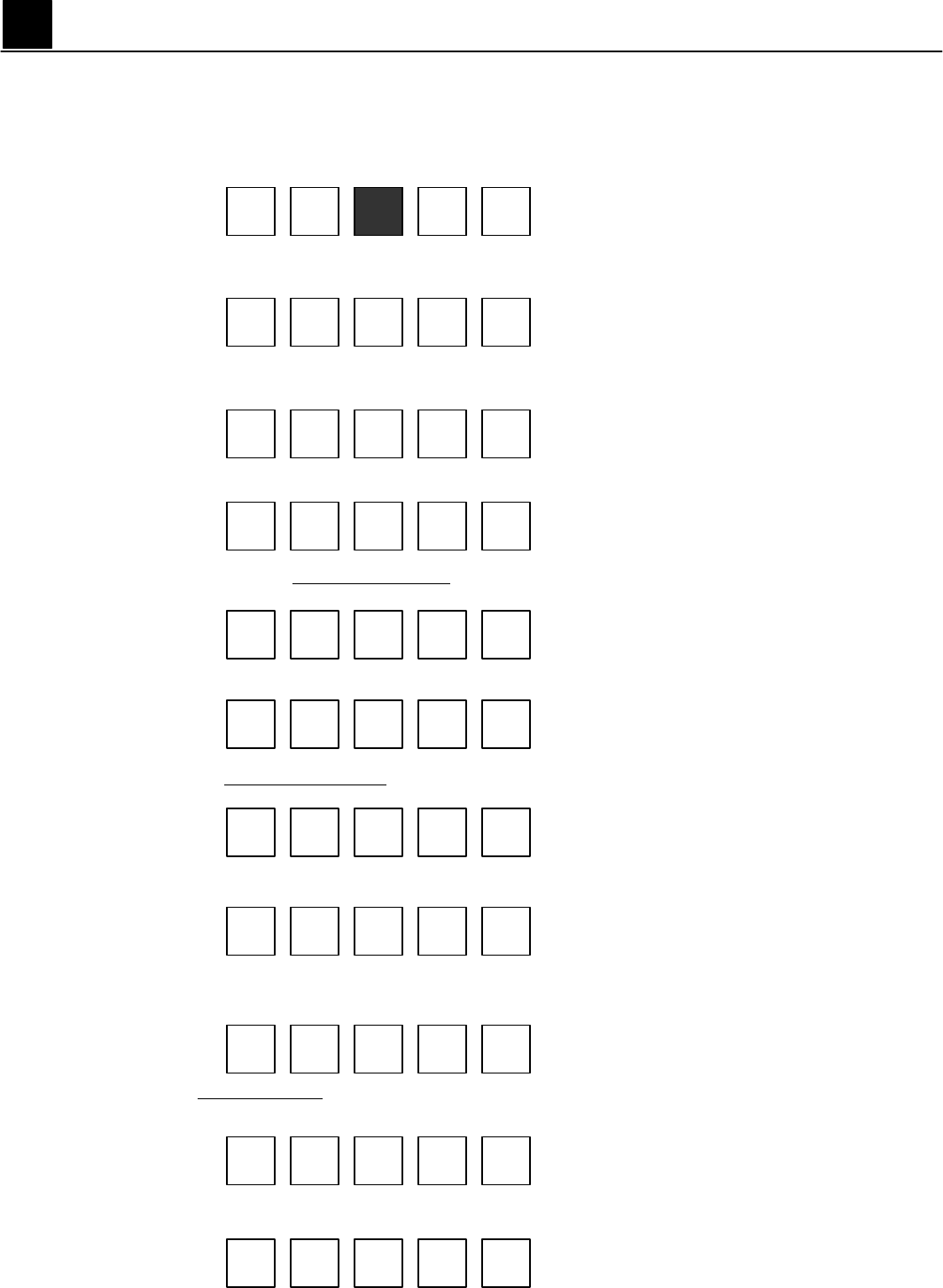
a
b
c
d
e
99
Reading Comprehension: Exam 10
Directions: In the exercise below, complete each sentence by selecting the one right answer from the five choices that follow, and then
blackening the box containing the letter of the right answer, as in the example below.
EXAMPLE:
A narrative is a
a. composition b. musicale c. story d. mystery e. vehicle
a b c d e
1. A manual control would be operated
a. automatically b. rapidly c. quietly d. by hand e. electrically
a b c d e
2. An objective report by a committee would be
a. prejudiced b. subjective c. personal d. offensive e. fair
3. A colorful pageant is
a b c d e
a. a public entertainment b. a party c. a disorderly gathering d. client e. platter
a b c d e
4. To preserve our liberties means to our liberties.
a. harm b. safeguard c. change d. enjoy e. desecrate
5. A man prowess is
a b c d e
a. proud b. excessively humble c. extraordinary able d. cowardly e. none of these
a b c d e
6. His pugilistic skill means skill.
a. athletic b. musical c. lack of d. boxing e. none of these
a
7. A medical quack is a(n)
b c d e
a. fraud b. expert c. hypnotist d. boxing e. none of these
a b c d e
8. A corrupt regime is
a. unheard of b. expert c. hypnotist d. specialist
a b c d e
9. To resist tyranny is to tyranny.
a. fight against b. submit to c. suffer d. worship e. none of these
a b c d e
10. A robust woodsman is
a. anemic b. sturdy c. pallid d. frail e. none of these
a b c d e
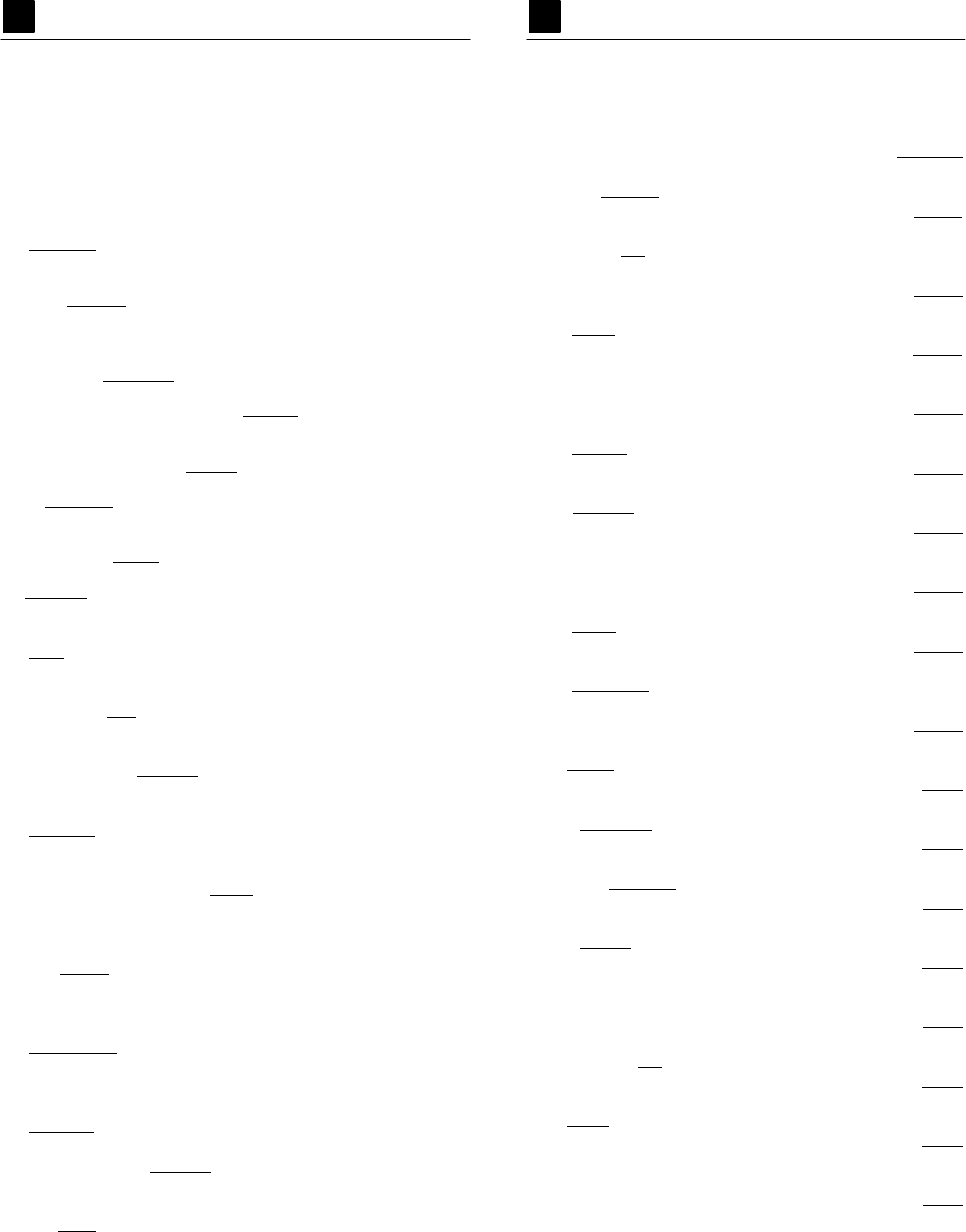
EXAM 11
EXAM 12
100
DIRECTIONS: Each sentence below contains an underlined word. If the
underlined word is used correctly in the sentence, circle the T to the right of the
question. If the underlined word is used incorrectly, circle the F to the right of the
question.
EXAMPLE:
An uninhabited country is one which T F
has a huge population.
1. A rapier is a short, broad sword. 1. T F
2. Rebellion is a peaceful change of 2. T F
government.
3. I can recollect events that happened 3. T F
when I was five years old.
4. As security guard, you need a 4. T F
person of reliability.
5. A repentant drunkard feels no remorse 5. T F
for his wasted life.
6. Snakes and lizards are reptiles. 6. T F
7. X represents an unknown quantity 7. T F
in algebra.
8. A scoundrel resorts to trickery. 8. T F
9. Restraint is required when criticizing 9. T F
our benefactors.
10. Plaid is a colorless strip of material 10. T F
used as trimming.
11. By using a ruse, he was able to gain 11. T F
his ends openly and fairly.
12. The light snow scorched her face 12. T F
gently.
13. Sculpture is one of the fine arts, the 13. T F
art of building beautiful structures.
14. The knife was placed in a sheath to 14. T F
keep it away from the children.
15. After a day in the desert, our food 15. T F
was sodden.
16. A spendthrift saves money regularly. 16. T F
17. Spontaneous applause came all night 17. T F
from the paid applauders.
18. The cattle remained clam during the 18. T F
stampede.
19. There is no more steadfast friend than 19. T F
a fickle girl.
20. His suave manners were uncouth. 20. T F
DIRECTIONS: For the underlined word in each phrase at the left, select the
lettered word or phrase that means most nearly the SAME. Print the letter of the
correct answer in the space at the right.
EXAMPLE:
An overcast sky a. brilliant b. cloudy c. windy
d. clear e. starry Answer: b
1. a noble sacrifice a. impulse b. act of truth
c. gaiety d. response e. act of unselfishness. 1.
2. with great tact a. ability to say and so the right thing
b. inconvenience c. exertion d. facility at touching
e. piece of information. 2.
3. his urgent message a. gloomy b. rebellious
c. denial d. delaying e. important 3.
4. the bright sash a. bloody wound b. ribbon
c. dance step d. battle 4.
5. the talented singer a beautiful b. boastful
c. skillful d. scout e. poor 5.
6. her untimely remark a. disgusting b. late
c. unorthodox d. ill-timed e. embarrassing 6.
7. a vague answer a. complete b. stylish c. stupid
d. unclear e. scarlet 7.
8. the vacant lot a. parking b. stupid c. empty
d. whole e. cultivated 8.
9. the unabridged dictionary a. incomplete
b. book of bridges c. Webster’s d. unadulterated
e. unshortened 9.
10. a typical teenager a. rock ‘n’ roll b. mature
c. happy d. delinquent e. average 10.
11. the significant event a. unhappy b. wedding
c. following d. important e. last 11.
12. a noble sentiment a. feeling b. sadness c. cry
d. lament e. silliness 12.
13. the turmoil in the hills a. quiet b. quiet c. girl
d. elephant e. crowd 13.
14.unsound reasoning a. ringing b. untested
c. intelligent d. precocious e. faulty 14.
15. the moving van a. truck b. furniture c. house
d. man e. wheels 15.
16. a vision of success a. story b. break c. dream
d. fulfillment e. example 16.
17. with uncommon fervor a. ordinary b. dreamy
c. noisy d. unrealistic e. more than usual 17.
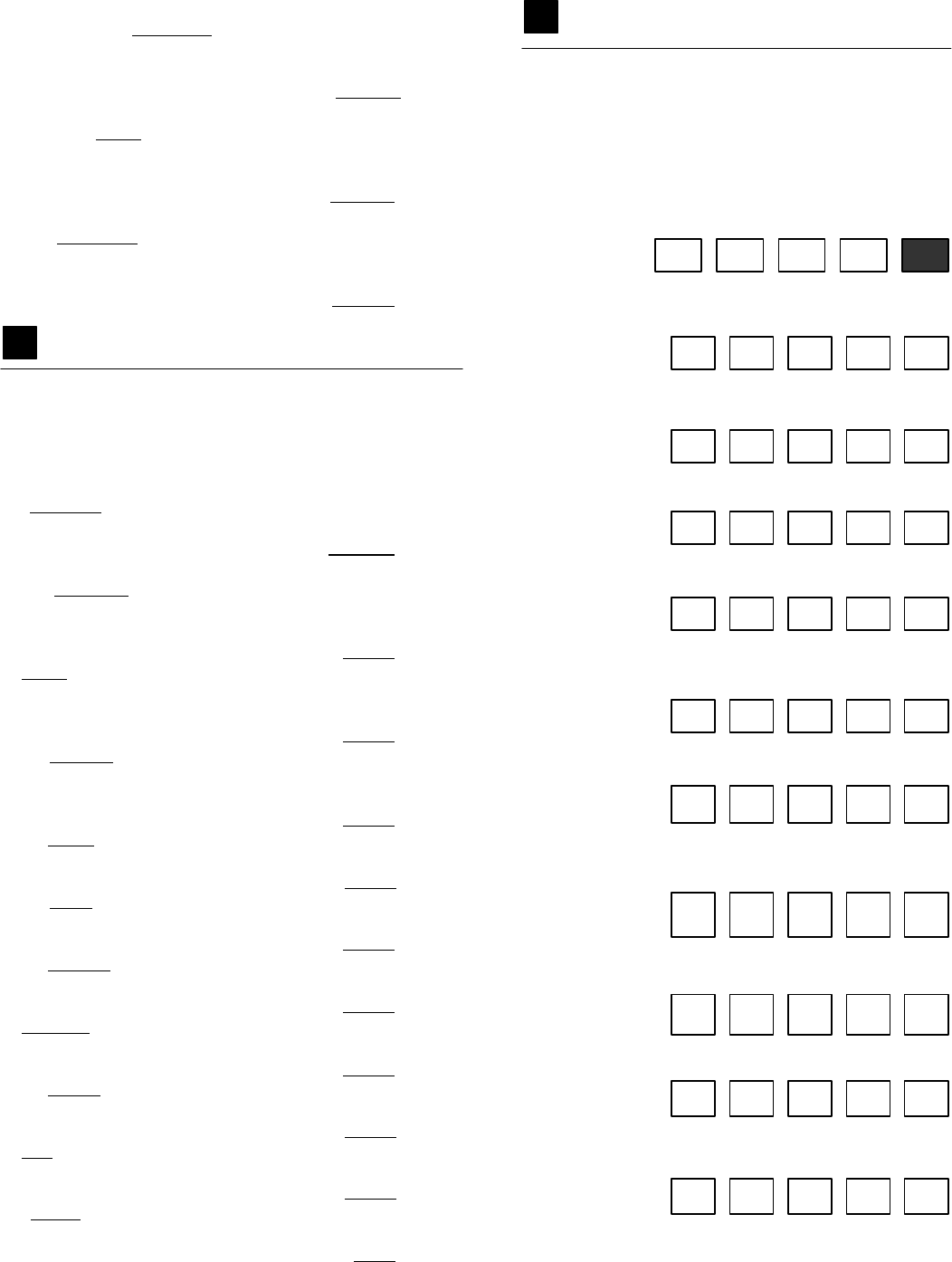
101
18. the important transaction
a. business man b. result c. method of communication
d. piece of business e. proceeding
18.
19. the third stanza
a. Song b. repetition c. lyric
d. portion of a poem e. scale
EXAM 14
DIRECTIONS: In each line below you will find one italicized
word followed by five words or phrases lettered a to e. In each
case choose the word or phrase that is closest in meaning to
the italicized word. Then blacken with your pencil the space
with the letter of the word or phrase you have selected.
20. the subsequent events
a.in place of b. followning
c. preceding d. important
19.
EXAMPLE:
Oblique a. blinking b. scarce c. level
d. criss-cross e. diagonal
a b c d e
e. significant 20.
EXAM
13
DIRECTIONS: For the underlined word in each phrase at the
left, select the lettered word or phrase that means most nearly
the SAME. Print the letter of the correct answer in the space
at the right.
EXAMPLE:
An ambitious man
a. lazy b. energetic c. purposeful
d. cruel e. fine Answer: b
1. The traditional costume: a. young
b. peasant c. tattered d. dance
e. handed down through the ages
1. stump a. glide b. walk heavily c. imprint d. strut
e. blast loose
a b c d e
2. sulk a. sink b. come after c. drive a horse carriage
d. go off alone e. commute
a b c d e
3. surge a. swell b. take a view of c. influence
d. remove e. excel
a b c d e
4. taunt a. placate b. mimic c. tangle d. mock e. tighten
a b c d e
2. utilize your talents! a. make use of
b. utilities c. sing d. modernize
e. undo
3. his vigorous objection: a. unhappy
b. poorly timed c. vintage d. wrong
e. tasteful
1.
2.
3.
5. tempo a. storm b. largo c. rhythm d. tendency
e. symphony
a b c d e
6. thrive a. dishevel b. push c. bounce d. confess e. flourish
a b c d e
4. the vulgar remark a. coarse b. poorly timed
c. vintage d. wrong e. tasteful
4.
7. triangular a. mathematical b. perpendicular c. having four
angles d. three-sided e. trapezoidal
5. her sullen mood a. happy b. silly
c. brooding d. sunny e. distasteful
6. the spacious garden a. empty b. outdoor
c. roomy d. lovely e. springy
7. terminate the business a. start b. remodel
c. refinance d. exterminate e. put an end to
5.
6.
7.
a b c d e
8. tumult a. wretchedness b. noise and confusion c. exciting
anticipation d. multiplication e. deep and violent anger
a b c d e
9. tyrant a. despot b. ruler c. sovereign d. viceroy e. premier
8. the upright position a. erect b. upside down
c. immovable d. wrong e. sloppy
8.
9. veto the bill a. sign b. withdraw c. debate on
d. pass e. refuse to sign
9.
10. variety of acts a. show b. hall c. sequence
d. poor quality
a b c d e
10. unique a. 100% b. not basic c. alone of its kind
d.changeable e. extraordinarily large
a b c d e
10.
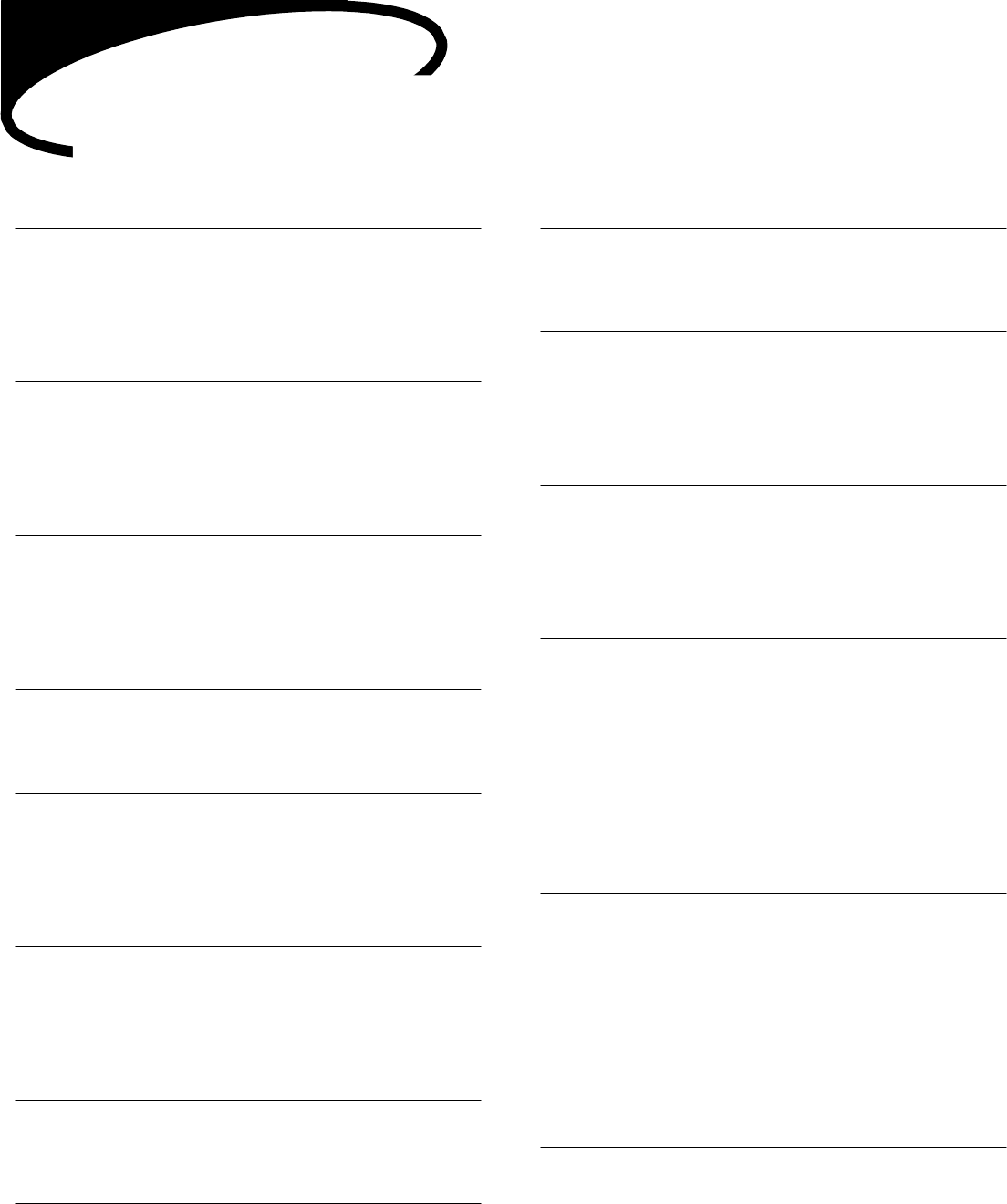
102
1. d
7. b
13. c
19. b
25. d
2. d
8. a
14. d
20. d
26. a
3. b
9. a
15. b
21. a
27. b
4. d
10. c
16. d
22. b
28. c
5. c
11. d
17. a
23. c
29. c
6. b
12. d
18. c
24. c
30. b
Answer Key:
VOCABULARY
EXAM 7
1. b 5. d 9. a 13. b 17. d
2. b 6. a 10. d 14. a 18. b
3. a 7. d 11. a 15. c 19. a
4. c 8. c 12. d 16. a 20. d
EXAM 8
1. S 5. O 9. U 13. S 17. S
2. O 6. U 10. S 14. S 18. U
3. O 7. S 11. S 15. S 19. U
4. O 8. S 12. O 16. S 20. U
EXAM 9
1. O 5. O 9. 13. 17.
2. S 6. O 10. 14. 18.
3. O 7. S 11. 15. 19.
4. O 8. S 12. 16. 20.
EXAM 10
1. d 3. a 5. c 7. a 9. a
2. e 4. b 6. d 8. e 10. b
EXAM 11
1. F 5. F 9. T 13. F 17. F
2. F 6. T 10. F 14. T 18. F
3. T 7. T 11. F 15. F 19. F
4. T 8. T 12. F 16. F 20. F
EXAM 12
1. e 5. c 9. e 13. b 17. e
2. a 6. d 10. e 14. e 18. d
3. e 7. d 11. d 15. a 19. d
4. b 8. c 12. a 16. c 20. b
EXAM 13
1. e 3. a 5. c 7. e 9. e
2. a 4. d 6. c 8. a 10. d
EXAM 14
1. b 3. a 5. c 7. d 9. a
2. d 4. d 6. e 8. b 10. c
EXAM 15
1. b 3. b 5. d 7. d 9. c
2. c 4. e 6. a 8. e 10. b
EXAM 16
1. c 5. d 9. d 13. d 17. c
2. d 6. a 10. b 14. b 18. a
3. d 7. a 11. d 15. c 19. b
4. b 8. c 12. a 16. d 20. c
EXAM 17
1. e 5. c 9. b 13. b 17. b
2. c 6. d 10. e 14. d 18. d
3. d 7. a 11. b 15. a 19. c
4. b 8. a 12. e 16. d 20. e
EXAM 18
1. d 9. b 17. b 25. c 33. c
2. d 10. b 18. a 26. d 34. d
3. a 11. c 19. d 27. d 35. a
4. a 12. d 20. c 28. d 36. a
5. b 13. b 21. d 29. d 37. d
6. c 14. d 22. d 30. c 38. a
7. d 15. a 23. d 31. b 39. c
8. d 16. d 24. d 32. b 40. a
EXAM 19
1. b 9. c 17. c 25. b 33. d
2. c 10. b 18. b 26. a 34. c
3. b 11. a 19. b 27. a 35. d
4. d 12. c 20. d 28. b 36. b
5. a 13. b 21. c 29. a 37. a
6. c 14. a 22. a 30. b 38. c
7. b 15. a 23. c 31. a 39. d
8. d 16. b 24. a 32. b 40. b
EXAM 20
Enter score on face sheets pages 93-95

103
Spelling
Exercise 4
Circle the correct choice
1. He (deserted/ desserted) his unit and (than/ then) fled to Chicago.
2. (Were/ We’re/ Where) can I find a (quite/ quiet) place to study?
3. Of the (to/ too/ two) proposals, the (later/ latter) seems preferable.
4. We found the (consul/ council/ counsel) to be a man of (principal/ principle).
5. (A lot of/ Allot of/ Many) people take up jogging to try to (loose/ lose) weight.
6. (Your/ You’re) supposed to swallow four teaspoons as (your/ you’re) daily (does/ dose).
7. I thought I had mastered the “ I before e” (principal/ principle), but (than/ then) they told me about the
exceptions.
8. (Its/ It’s) (later/ latter) than you think.
9. The thieves came back (later/ latter) and took everything (accept/ except) the radio.
10. It’s no longer (quiet/ quite) so unusual for a (woman/ women) to be elected to public office.
Exercise 5
Circle the correct choice
1. They plan to (a lot allot) $1500 for the redecoration of their (dining/ dinning) room.
2. Let there be (peace/piece) in (are/ our) time.
3. Each year, an increasing number of (woman/ women) (desert/ dessert) their families.
4. (Were/ We’re/ Where) do you think (were/ we’re/ where) going to get the money?
5. I found it impossible to remain (stationary/stationery), so I walked rapidly back and (forth/ fourth).
6. I (hear/ here) (your/ you’re) sorry you (choose/ chose) this (coarse/course).
7. Do you think children (are/our) (conscience/ conscious) of (there/ their/ they’re) parents’ sacrifices for
them?
8. The learning process is greatly (affected/ effected) by student (moral/ morale).
9. He is a person (whose/ who’s) (advice/ advise) I value.
10. Inflation and unemployment are the (principal/ principle) concerns of Americans; world (peace/piece) is
considered almost a (miner/ minor) problem in comparison.

104
Exercise 6
Circle the correct choice
1. Prolonged unemployment (affects/ effects) one’s (moral/ morale).
2. A (complement/ compliment) is sometime more welcome (than/ then) a kiss.
3. Following your (advise/advice), I applied to the bank for a (personal/ personnel) loan.
4. As a coal (miner/ minor), he (does/dose) run an increased risk of developing lung disease.
5. I suggest that (there/ their/ they’re) behavior can hardly be described as (moral/ morale).
6. If I (hear/ here) one more complaint, (your/ you’re) going to stay at home.
7. (Whose/ Who’s) been using my (personal/ personnel) (stationary/ stationery)?
8. If I had to (chose/ choose) between the two, I’d follow the (later/ latter) (coarse/course) of action.
9. Two helpings of (desert/ dessert) should be (quiet/ quite) sufficient.
10. (To/ Too/ Two) many people don’t look (were/ we’re/ where) they’re going.
Exercise 7
Circle the correct choice
1. I would like to have (desert/ dessert) as the first (coarse/course).
2. (Your You’re) going to have to follow the dictates of your own (conscious/ conscience).
3. Surely (its/ it’s) a question of (principal/ principle).
4. The student asked the guidance counselor to (advice/ advise) her on a (personal/ personnel) matter.
5. The young musician gratefully (accepter/ excepted) our (complements/ compliments).
6. Some (miners. Minors) have little difficulty in convincing a bartender that (their/ there/ they’re) of age.
7. She (choose/ chose) to work in the (dining/ dinning) room of the Holiday Inn.
8. Judging by the pinging sounds I (hear/ here), I’d say (your/ you’re) car needs a tune-up.
9. I’d rather write an essay (than/ then) do an oral report in front of (are/ our) whole class.
10. The salt was (to/ too/ two) (coarse/ course) (to/too/ two) pass through the holes of the shaker.

105
Exercise 10
Circle the correct choice
1. I made the turn and (than/ then) saw the sign: “No left turn; buses (accepted/ excepted.)”
2. If you let the dog run(loose/ lose), you must (accept/ except) the consequences.
3. (Whose/ Who’s) turn is it to find the (complement/ compliment) of the angle?
4. We were (to/ too/ two) late for dinner but in time for (desert/ dessert).
5. I accept your (advice/ advise) for the sound (council/consul/ counsel) it is.
6. (Their/ There/ They’re) are many children who believe the tooth fairy will come if they (loose/lose) a
tooth.
7. A (stationary/ stationery) store is (were/ we’re/ where) you’ll find carbon paper.
8. The (miner/ minor) skirmish before the game had the (affect/ effect) of making us determined to win.
9. Edmund Burke believed manners were more important ( than/ then) (morales/ morals).
10. State colleges are governed by a (consul/ council/ counsel) (who’s/ whose) function is to (advice/
advise) the Board of Education.
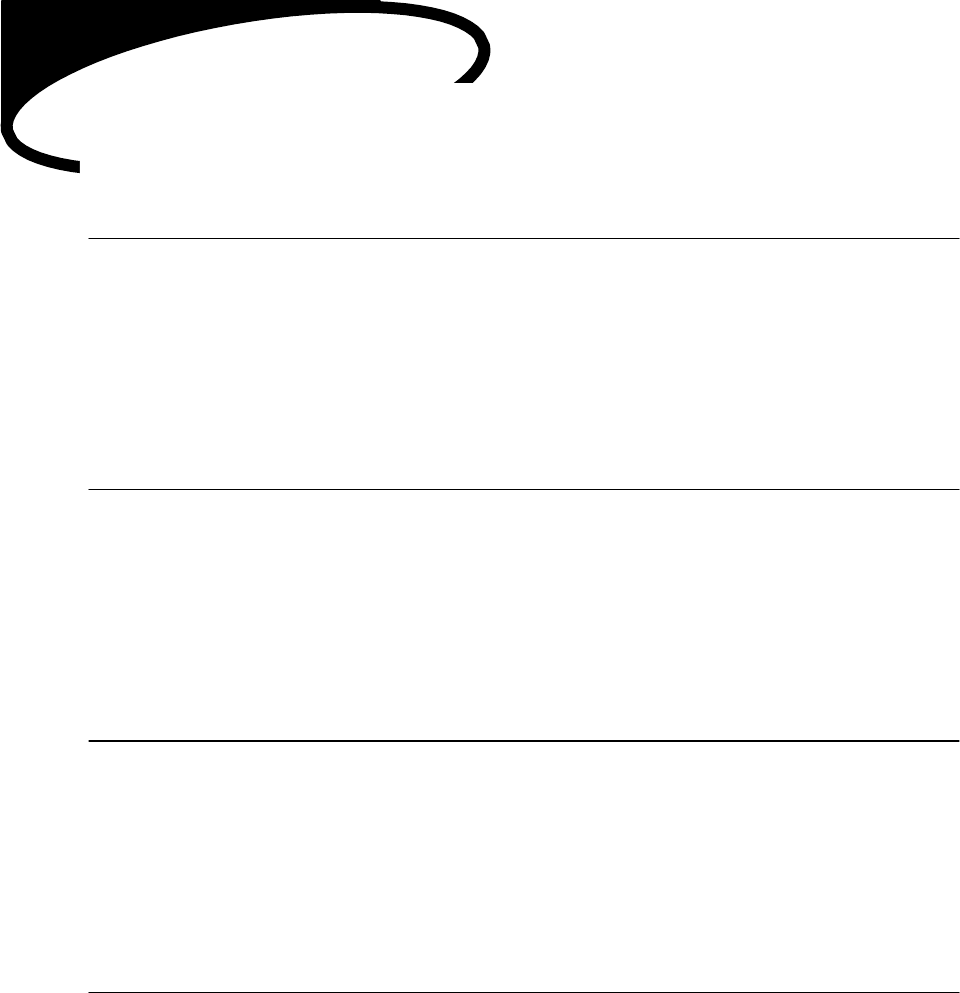
106
Answer Key:
Spelling
Exercise 4
1. Deserted, then 6. You’re, your, dose
2. Where, quiet 7. Principle, then
3. two, latter 8. It’s, later
4. consul, principle 9. later, except
5. many, lose 10. quiet, woman
Exercise 5
1. allot, dining 6. here, you’re, chose, course
2. peace, our 7. are, conscious, their
3. women, desert 8. affected. Morale
4. Where, we’re 9. whose, advice
5. stationary, forth 10. principal, peace, minor
Exercise 6
1. affects, morale 6. hear, you’re
2. compliment, than 7. who’s, personal, stationery
3. advice, personal 8. choose, latter, course
4. miner, does 9. dessert, quite
5. their, moral 10. Too, where
Exercise 7
1. dessert, course 6. minors, they’re
2. You’re, conscience 7. chose, dining
3. it’s, principle 8. Hear, your
4. advise, personal 9. than, our
5. accepted, compliments 10. too, coarse, to
Enter score on face sheet page 93-95
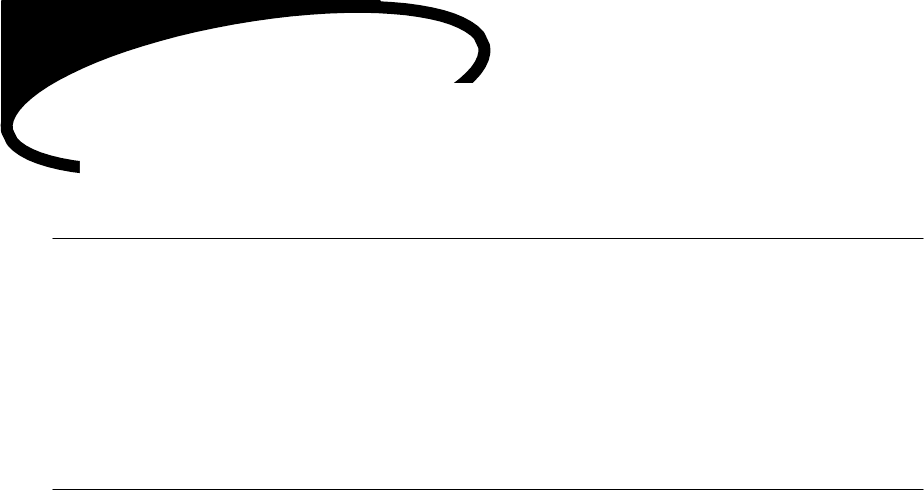
107
Answer Key:
Spelling
Exercise 9
1. quite, you’re 6. then, your
2. choose, whose 7. coarse, desert
3. Here, is 8. conscious, effect
4. Many, personnel, morale 9. its, does
5. too, we’re 10. conscious, effects
Exercise 10
1. then excepted 6. there, lose
2. loose, accept 7. stationery, where
3. Whose, complement 8. minor, effect
4. too, dessert 9. than, morals
5. advice, counsel 10. council, whose, advise
Enter score on face sheet pages 93-95

108
Chapter One
MULTIPLE CHOICE QUIZ Name:
In the box write the letter of the choice that is the definition of the term or best answers the question. There is only one correct answer
for each question.
1. Gastrectomy:
ο
A) Gastric resection
B) Intestinal incision
C) Tumor of the stomach
D) Incision of the stomach
E) Resection of the intestine
2. Osteitis:
ο
A) Incision of a bone
B) Removal of bone
C) Incision of a joint
D) Inflammation of a joint
E) Inflammation of a bone
3. Cystoscopy:
ο
A) Study of cells
B) Visual examination of cells
C) Removal of a sac of fluid
D) Removal of the urinary bladder
E) Visual examination of the urinary badder
4. Hepatoma:
ο
A) Incision of the kidney
B) Tumor of the liver
C) Blood mass
D) Inflammation of the liver
E) Red blood cells
5. Which of the following is not an
endocrine gland?
ο
A) Thyroid gland
B) Adrenal gland
C) Ovary
D) Mammary gland
E) Pituitary gland
6. Iatrogenic:
ο
A) Pertaining to produced by treatment
B) Produced by the mind
C) Cancer producing
D) Pertaining to producing a tumor
E) Cutting into a tumor
7. Electroencephalogram:
ο
A) Record of electricity in the brain
B) Record of electricity in the heart
C) X-ray of the brain
D) Record of sound waves in the brain
E) X-ray of the heart and brain
8. Diagnosis:
ο
A) Is made after prognosis
B) Is a guess as to the patient’s condition
C) Is a prediction of the course of treatment
D) Is made on the basis of complete knowledge
about the patient’s condition
E) Is a treatment of the patient
9. Cancerous tumor:
ο
A) Hematoma
B) Adenoma
C) Carcinoma
D) Carcinogenic
E) Neurotomy
10. Microscopic examination of
living tissue:
ο
A) Incision
B) Pathology
C) Biopsy D)
Autopsy E)
Resection
11. pertaining to the brain:
ο
A) Cerebral
B) Cephalic
C) Renal
D) Cardiac
E) Neural
12. Removal of gland
ο
A) Gastrotomy

109
B) Gastric
C) Hepatic resection
D) Nephric section
E) Adenectomy
13. Decrease in numbers of red blood
cells:
ο
A) Anemia
B) Erythrocytosis
C) Thrombocytosis
D) Leukemia
E) Leukoctosis
14. Pathologist:
ο
A) One who examines x-rays
B) One who operates on the urinary tract
C) One who performs autopsies and reads biopsies
D) One who operates on the kidney
E) One who treats diseases with chemicals
15. Pain in a joint:
ο
A) Ostealgia
B) Arthritis
C) Osteoarthritis
D) Arthroalgia
E) Arthralgia
16. Increase in numbers of malignant
white blood cells:
ο
A) Leukocytosis
B) Leukemia
C) Erythremia
D) Thrombocytosis
E) Erythrocytosis
17. Instrument to view the eye:
ο
A) Ophthalmoscopy
B) Opthalmoscope
C) Ophthalmology
D) Ophthalmoscope
E) Opthalmoscopy
18. A platelet
ο
A) Hematoma
B) Thrombosis
C) Leukocyte
D) Erythrocyte
19. Abnormal condition of the mind:
ο
A) Physchosis
B) Psychosis
C) Psychogenic
D) Encephalopathy
E) Adenoma
20. Inflammation of the nose:
ο
A) Arthrosis
B) Hepatitis
C) Nephritis
D) Dermatosis
E) Rhinitis
21. Study of cells:
ο
A) Pathology
B) Cytology
C) Cystology
D) Dermatology
E) Urology
22. Pertaining to through the liver:
ο
A) Subrenal
B) Transdermal
C) Transhepatic
D) Subhepatic
E) Hepatoma
23. Abnormal condition of the kidney:
ο
A) Neurological
B) Neuralgia
C) Nephrotomy
D) Neural
E) Nephrosis
24. Incision of a bone:
ο
A) Sarcoma
B) Pathogenic
C) Osteotomy
D) Ostectomy
E) Endoscopy

110
25. High levels of sugar in the blood:
ο
A) Hematoma
B) Hypodermic
C) Hypoglycemia
D) Hyperglycemia
E) Hypogastric

110
Answer Key:
Chapter One
Multiple Choice Quiz
1) A
2) E
3) E
4) B
5) D
6) A
7) A
8) D
9) C
10) C
11) A
12) E
13) A
14) C
15) E
16) B
17) D
18) D
19) B
20) E
21) B
22) C
23) E
24) C
25) D
Enter score on face sheet pages 93-95
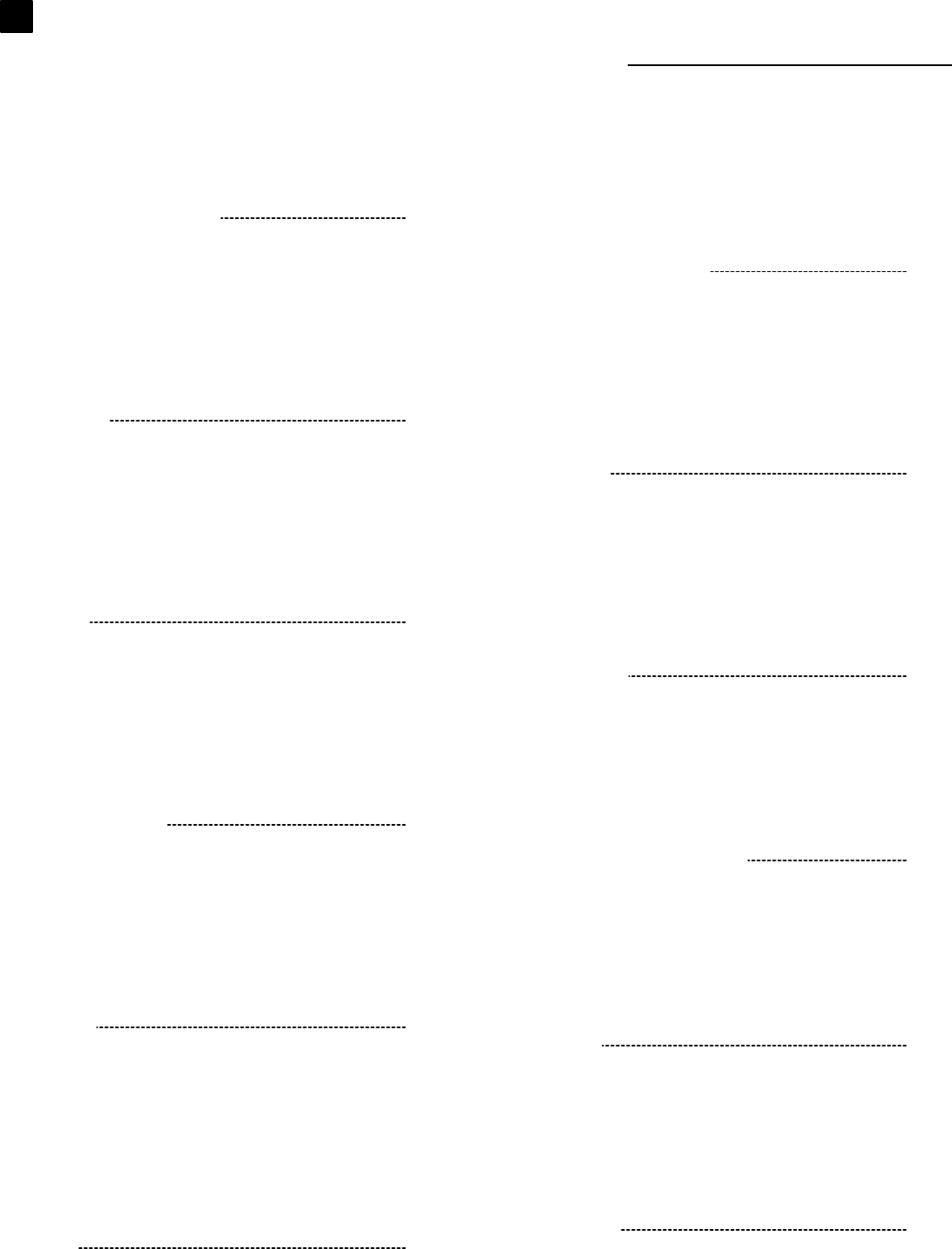
Chapter Two
MULTIPLE
CHOICE
QUIZ
Name:
111
In the box write the letter of the choice that is the definition of the term or best answers the question. There is only one correct answer for each question.
A) Cytoplasm
1. The process by which food is
burned to release energy:
ο
A) Nuclear energy
B) Anabolism
C) Phagocytosis
D) Catabolism
E) Protein synthesis
2. Part of the cell where formation of proteins
occurs:
ο
A) Genes
B) Chromosomes
C) Endoplasmic reticulum
D) Cartilage
E) Cell membrane
3. Sum of the chemical processes in a
cell:
ο
A) Anabolism
B) Metabolism
C) Protein synthesis
D) Catabolism
E) A and E
4. Picture of nuclear structures arranged in
numerical order:
ο
A) Biopsy
B) X-ray
C) Electroencephalogram
D) Sonogram
E) Karyotype
5. Part of a cell where catabolism primarily
occurs:
ο
A) Cell membrane
B) Nucleus
C) Mitochondria
D) Genes
E) Endoplasmic reticulum
6. Allows materials to pass into and out of the
cell:
ο
B) Cell membrane
C) Chromosomes
D) Mitochondria
E) Nucleus
7. Genes are composed of:
ο
A) Chromosomes
B) Ribosomes
C) Hemoglobin
D) Deoxyribonucleic acid (DNA)
E) Mitochondria
8. Muscular wall separating the abdominal and thoracic
cavities:
ο
A) Mediastinum
B) Diaphragm
C) Pleura
D) Pericardium
E) Peritoneum
9. The space in the chest between the lungs is
called the:
ο
A) Peritoneum
B) Esophagus
C) Pleural cavity
D) Mediastinum
E) Retroperitoneal space
10. Adipose means pertaining to :
ο
A) Cartilage
B) Bone
C) Fat
D) Skin
E) Nervous tissue
11. Throat:
ο
A) Trachea
B) Coccyz
C) Larynz
D) Esophagus
E) Pharynx
12. Sarcoma:
ο
A) Part of the backbone

112
B) Flesh tumor, benign
C) Malignant tumor of flesh tissue
D) Mass of blood
E) Skin tumor of epithelial cells
13. Craniotomy:
ο
A) Incision of the skull
B) Pertaining to the skull
C) Pertaining to the brain
D) Incision of the chest
E) Pertaining to the head
14. A histologist studies:
ο
A) Drugs
B) X-rays
C) Tissues
D) The backbone
E) The spinal cord
15. An epithelial cell is a(an):
ο
A) Skin cell
B) Nerve cell
C) Fat cell
D) Organ
E) Muscle cell
16. The pleural cavity is the :
ο
A) Space within the abdomen
B) Space within the backbone
C) Space surrounding the hip
D) Space between the membranes around the lungs
E) Space within the skull
17.Viscera:
ο
A) Cells in the blood
B) Internal organs
C) Parts of cells
D) Cavities of the body
E) Tissues composed of cartilage
18. The pituitary gland is in which
body cavity?
ο
A) Cranial
B) Spinal
C) Pelvic
D) Abdominal
E) Thoracic
19. Structure in the trachea:
ο
A) Bronchial tube
B) Pharynx
C) Esophagus
D) Larynx
E) Tongue
20. The tailbone is the:
ο
A) Sacrum
B) Cervix
C) Ilium
D) Coccyx
E) Cranium
21. Supine means:
ο
A) Lying on the back
B) Conducting toward a structure
C) In front of the body
D) Lying on the belly
E) Pertaining to the side
22. The upper lateral regions of the abdomen, beneath the ribs, are
the:
ο
A) Hypogastric region
B) Inguinal regions
C) Lumbar regions
D) Umbilical regions
E) Hypochondriac regions
23. The RUQ contains the :
ο
A) Liver
B) Appendix
C) Lung
D) Spleen
E) Heart
24. Pertaining to a plane that divides the body into right
and left portions:
ο
A) Coronal
B) Transverse
C) Frontal
D) Sagittal

113
E) Distal
25. A disc is:
ο
A) Part of the hip bone
B) A piece of cartilage between backbones
C) A piece of bony tissue connecting the joints in the back
D) An abnormal structure in the back
E) A pad of fatty tissue between backbones

113
Answer Key:
Chapter Two
Multiple Choice Quiz
1) D
2) C
3) B
4) E
5) C
6) B
7) D
8) B
9) D
10) C
11) E
12) C
13) A
14) C
15) A
16) D
17) B
18) A
19) D
20) D
21) A
22) E
23) A
24) D
25) B
Enter score on face sheet pages 93-95
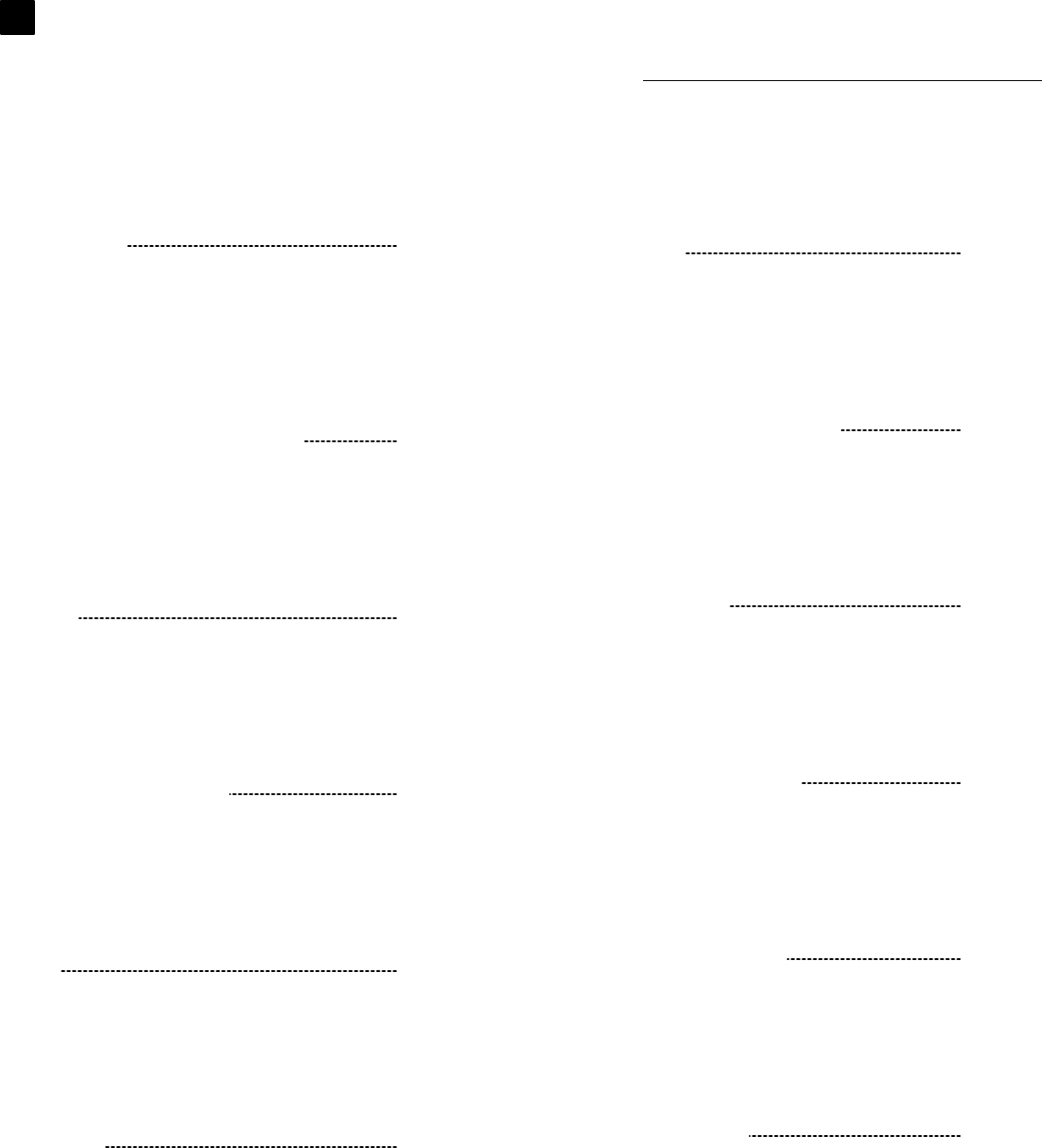
114
Chapter Three
MULTIPLE CHOICE QUIZ
Name:
In the box write the letter of the choice that is the definition of the term of best answers the question. There is only one correct answer for each
question.
1. Amniocentesis:
ο
A) Incision of the abdomen
B) Paracentesis
C) Surgical puncture to remove fluid from the abdomen
D) Puncture of the chest region
E) Surgical puncture to remove fluid from the sac around the
embryo
2. Inflammation of lymph tissue in the throat:
ο
A) Bronchitis
B) Laryngitis
C) Pharyngeal
D) Tonsilitis
E) Tonsillitis
3. Prolapse:
ο
A) –pathy
B) –ptosis
C) –trophy
D) –plasty
E) –plasm
4.Blood is held back from an area:
ο
A) Thrombocyte
B) Anemia C)
Ischemia D)
Hematoma E)
Hemolysis
5. Death:
ο
A) Neur/o
B) Nephr/o
C) Neutr/o
D) Nucle/o
E) Necr/o
6. Acromegaly:
ο
A) Exocrine disorder of bone enlargement
B) Enlargement of extremities after puberty due to pituitary gland
problem
C) Abnormal growth of bones before puberty
D) Endocrine gland problem in young children
E) Fear of extremities (heights)
7. Pain in the ear:
ο
A) Pleurodynia
B) Otitis
C) Otalgia
D) Osteitis
E) Neuralgia
8. Continuing over a long period of time:
ο
A) Chronic
B) Acute
C) Chromic
D) Relapse
E) Remission
9. Small artery is a (an):
ο
A) Capillary
B) Arteriole
C) Venule
D) Lymph vessel
E) Blood vessel leading from the heart
10. Instrument to visually examine:
ο
A) –scope
B) –scopy
C) –opsy
D) –stasis
E) –tomy
11. Hernia of the urinary bladder:
ο
A) Rectocele
B) Inguinal hernia
C) Hiatal hernia
D) Rectalgia
E) Cystocele
12. Tumor of bone marrow:
ο
A) Myosarcoma
B) Malignant myeloma
C) Oteeogenic sarcoma
D) Adenocarcinoma
E) Metastasis

115
13. X-ray record of the spinal cord:
ο
A) Electroencephalgram
B) Bone scan
C) Myogram
D) Myelogram
E) Electromyogram
14. Berry-shaped bacteria:
ο
A) Staphyl/o
B) Pneum/o
C) –cele
D) Strept/o
E) –cocci
15. Neutrophil:
ο
A) Lymphocyte
B) Polymorphonuclear leukocyte
C) Monocyte
D) Agranulocyte
E) Platelet
16. Instrument to record:
ο
A) –gram
B) –scopy
C) –scope
D) –graph
E) –graphy
17. Resembling:
ο
A) –osis
B) –eal
C) lith/o
D) –oid
E) –ic
18. An eosinophil is a (an):
ο
A) Erythrocyte
B) Leukocyte
C) Agranulocyte
D) Platelet
E) Lymphocyte
l
20. Angioplasty means:
ο
A) Pertaining to fat
B) Fear of extremities
C) Therapy with chemicals
D) Surgical Puncture of a blood vessel
E) Surgical repair of blood vessel
21. A blood cell that produces antibodies:
ο
A) Erythrocyte
B) Platelet
C) Lymphocyte
D) Monocyte
E) Basophil
22. Opposite of –malacia is:
ο
A) –megaly
B) –sclerosis
C) –emia
D) –plasia
E) –lysis
23. Excessive development:
ο
A) Hypoplasia
B) Dystrophy
C) Achondroplasia
D) Morphology
E) Hypertrophy
24. Treatment:
ο
A) –therapy
B) –tomy
C) –ectomy
D) –osis
E) –stasis
19. Removal of the voice box: _ _ _ _ _ _ _ _ _ _ _ _ _
ο
A) Larnygectomy
B) Pharyngotomy
C) Pharynostomy
D) Laryngectomy
The
E) Trachectomy
25.
Of the body:
A) –stomy
B) –tomy
C) –ectomy
116
D) Section
E) Resection

116
Answer Key:
Chapter Two
Multiple Choice Quiz
1) E
2) E
3) B
4) C
5) E
6) B
7) C
8) A
9) B
10) A
11) E
12) B
13) D
14) E
15) B
16) D
17) D
18) B
19) D
20) E
21) C
22) B
23) E
24) A
25) A
Enter score on face sheet pages 93-95
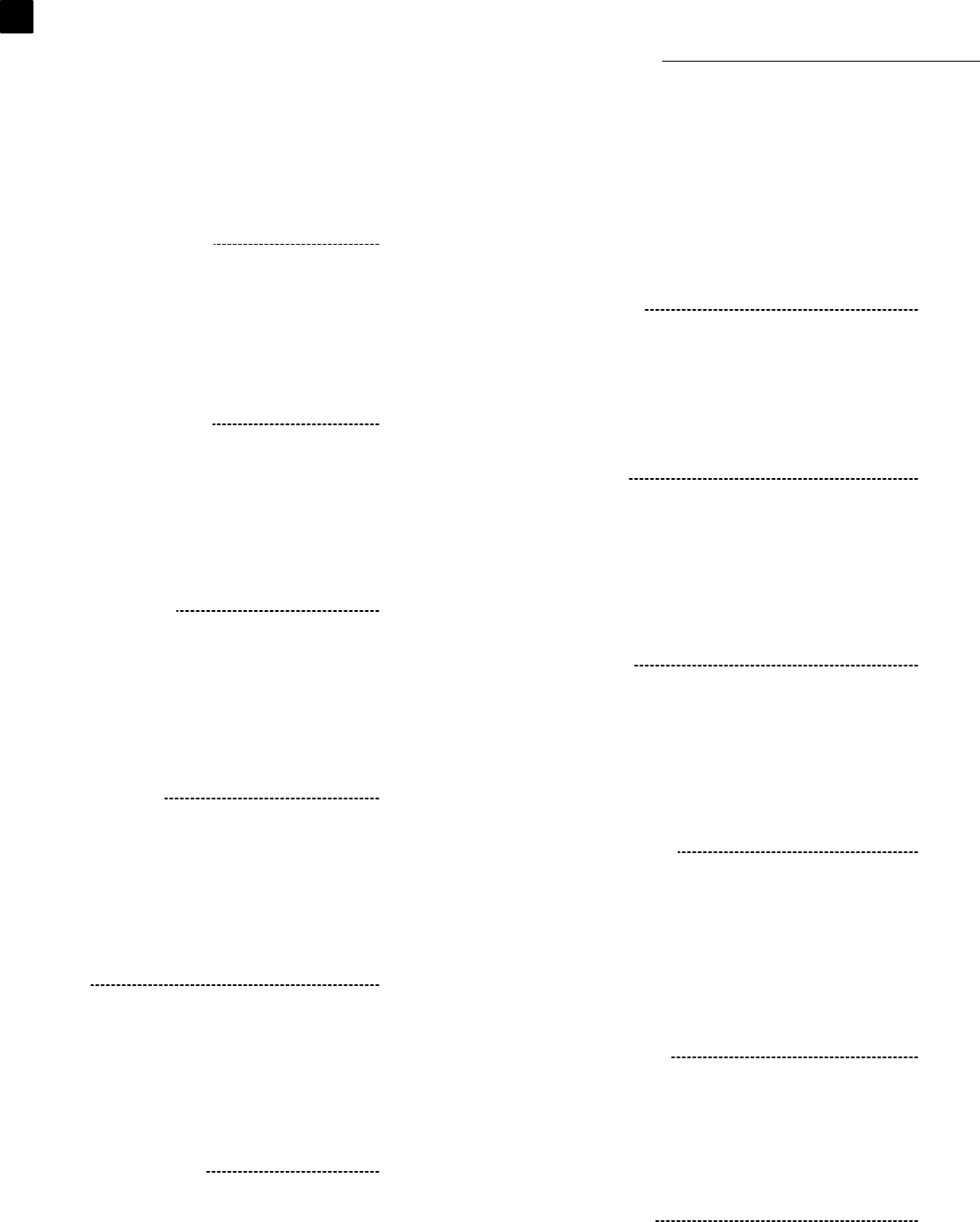
117
Chapter Four
MULTIPLE CHOICE QUIZ
Name:
In the box write the letter of the choice that is the definition of the term or best answers the question. There is only one correct
answer for the each question.
1. Pertaining to between the ribs:
ο
A) Intracostal
B) Infracostal
C) Mediastinal
D) Intercostal
2. Pertaining to the opposite side:
ο
A) Bilateral
B) Contralateral
C) Unilateral
D) Contraindication
E) Ipsilateral
3. Protrusion of an eyeball:
ο
A) Cystocele
B) Inguinal hernia
C) Exopthalmia
D) Ectopic
E) Exophthalmos
4. A congential anomaly:
ο
A) Cerebral ischemia
B) Pseudocyesis
C) Hemiglossectomy
D) Syndactyly
E) Acromegaly
5. Symbiosis:
ο
A) Parasitism
B) Symmetrical organs
C) Biopsy
D) Group of symptoms
E) Neonatal
6. Symptoms precede an illness:
ο
A) Apnea
B) Syndrome
C) Euphoria
D) Prodome
E) Prognosis
7. Before meals:
ο
A) Prenatal
B) Anti cibum
C) Postpartum
D) Antenatal
E) Ante cibum
8. Antibodies:
ο
A) Bacteria
B) Protein substances made by leukocytes
C) Phagocytes
D) Produced by erythrocytes to fight disease
E) Antibodies
9. Symphysis:
ο
A) Bifurcation
B) Symptoms occur tighter
C) Living organisms grow together for mutual benefit.
D) Bones grow together, as in the pelvis
E) Synthesis of substances
10. Ultrasonography:
ο
A) X-ray recording of sound waves
B) Amniocentesis
C) Sound waves and echoes are used to create an image
D) Radioactive material is injected and sound waves are
recorded
E) Abdominal x-ray recording
11. Metamorphosis:
ο
A) Paralysis of limbs
B) Spread of a cancerous growth
C) Precancerous
D) Change in shape of form
E) After death
12.Hyptertrophy:
ο
A) Underdeveloped
B) Poor development
C) Increase in cell size
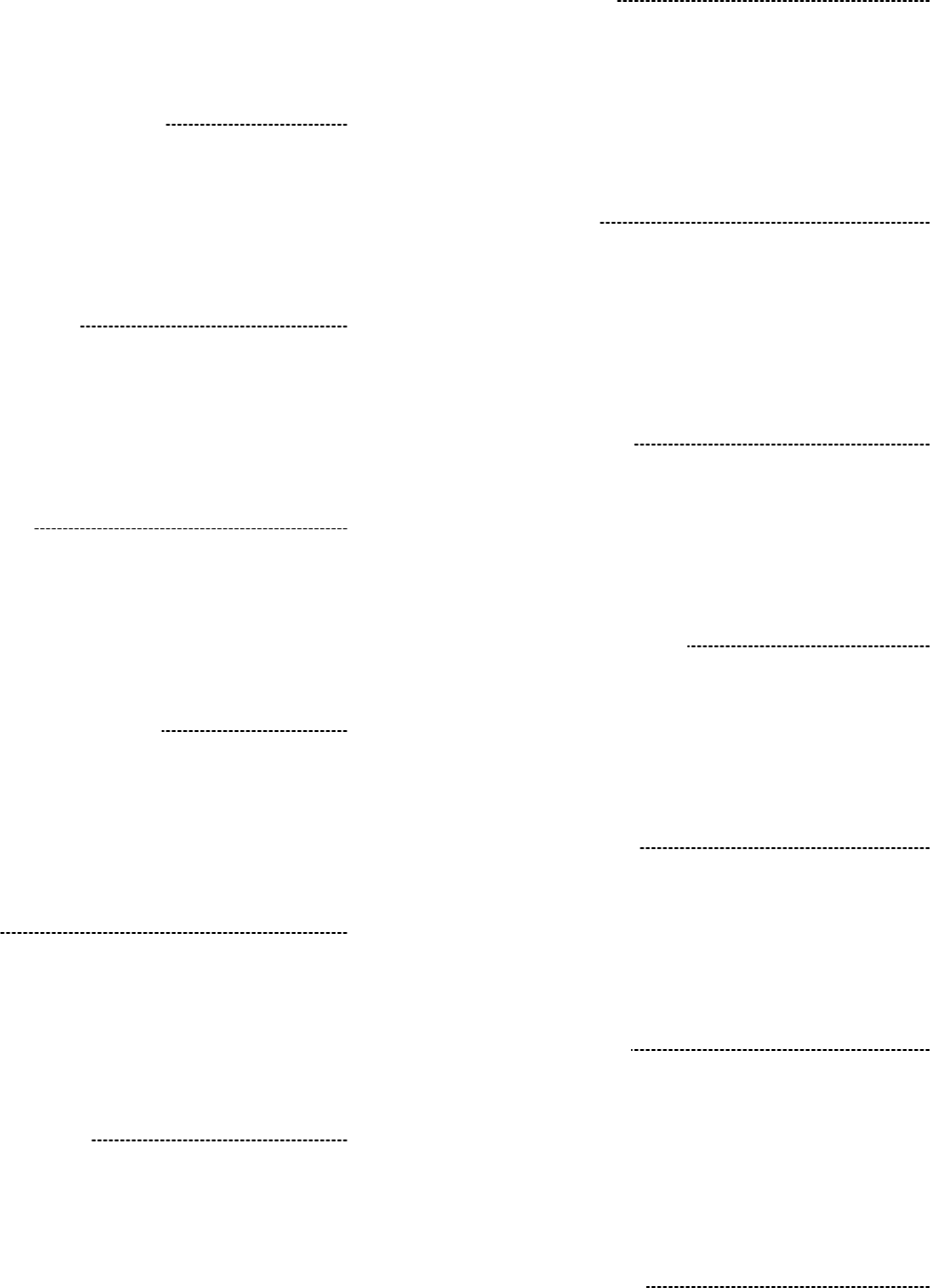
118
D) Increase in cell numbers
E) Newborn
13. Excessive sugar in the blood:
ο
A) Hypodermic
B) Hypoglycemia
C) Glycosuria
D) Hematuria
E) Hyperglycemia
14. Retroperitoneal:
ο
A) Region of the stomach
B) Within the chest
C) Behind the abdomen
D) Within the abdomen
E) Below the pelvis
15. Antigens:
ο
A) Streptococci
B) Antibiotics
C) Antitoxins
D) Produced by antibodies
E) Penicillins
16. Return of disease symptoms:
ο
A) Prolapse
B) Relapse
C) Syndrome
D) Prodrome
E) Remission
17. Dia-:
ο
A) Flow
B) Down, lack of
C) Complete, through
D) Against
E) Near
18. Abductor muscle:
ο
19. Dyspnea:
ο
A) Abnormal formation
B) Difficult breathing
C) Not able to sleep
D) Condition of lack of water
E) Not able to breathe
20. Brady-:
ο
A) Fast
B) Bad
C) Short
D) Slow
E) Large
21. Located on the dorsal side of an endocrine gland
in the neck:
ο
A) Pituitary gland
B) Parathyroid glands
C) Adrenal glands
D) Esophagus
E) Trachea
22. Recombinant DNA:
ο
A) Pregnancy that is out of place
B) Artificial kidney machine
C) Backward development
D) Antibodies are made against normal tissue
E) Gene from one organism is inserted into another organism
23. Tachycardia:
ο
A) Bad, painful swallowing
B) Inability to swallow
C) Near the windpipe
D) Rapid breathing
E) Rapid heartbeat
24. Epithelium:
ο
A) Surface cells that line internal organs and are found in the skin
B) Membrane surrounding bone
C) Connective tissue that binds muscles to bones
D) Adipose tissue
E) Above the stomach
A) Bending forward
B) Located proximally
C) Pertains to both sides
D) Carries a limb toward the body
E) Carries a limb away from the body
25. Percutaneous:
ο
A) Within a vein
119
B) Through a vein
C) Through the skin
D) Surrounding cartilage
E) Surrounding a bone

Answer Key:
Chapter 4
Multiple Choice Quiz
1) E
2) B
3) E
4) D
5) A
6) D
7) E
8) B
9) D
10) C
11) D
12) C
13) E
14) C
15) A
16) B
17) C
18) E
19) B
20) D
21) B
22) E
23) E
24) A
25) C
Enter score on face sheet pages 93-95

120
A)
Molecular pharmacology
B)
Toxicology
C)
Medicinal chemisty
D)
Pharmacodynamics
E)
3. Which o
Pharmacokinetics
f the following is a drug generic name?
ο
Chapter Twenty-One
MULTIPLE CHOICE QUIZ
Name:
In the box write the letter of the choice that is the definition of the term or best answers to the question. There is only one correct answer for
each question.
1. Study of the interaction of drugs and subcellular
entities such as enzymes and DNA is called:
ο
A) Medicinal chemistry
B) Pharmacodynamics
C) Chemotheraphy
D) Molecular pharmacology
E) Pharmacokinetics
2. Finding proper antidotes to the harmful effects of
drugs is part of the specialty of:
ο
A) Omnipen
B) Ampicillin
C) Aminopenicillanic acid
D) Polycillin
E) Principen
4. Which agency holds the legal responsibility for deciding
whether a drug may be distributed and sold?
ο
A) PDR
B) United States Pharmacopeia
C) National Institutes of Health
D) Hospital Formulary
E) FDA
5. The combination of two drugs can cause an effect that is
greater than the sum of the individual effects of each:
ο
A) Iatrogenic
B) Additive action
C) Tolerance
D) Synergism
E) Idiosyncrasy
6. Suppositories are inserted:
ο
A) Parenteral administration
B) Rectal administration
C) Inhalation
D) Topical
E) Oral
7. Drugs are swallowed and absorbed through the intestinal
tract:
ο
A) Parenteral administration
B) Rectal administration
C) Inhalation
D) Topical
E) Oral
8. Drugs are injected through a syringe into a muscle, vein,
or body cavity:
ο
A) Parenteral administration
B) Rectal administration
C) Inhalation
D) Topical
E) Oral
9. Aerosols are administered in this way:
ο
A) Parenteral administration
B) Rectal administration
C) Inhalation
D) Topical
E) Oral
10. Drugs are applied on the skin:
ο
A) Parenternal administration
B) Rectal administration
C) Inhalation
D) Topical
E) Oral
11. What is anaphylaxis?
ο
A) A type of hypersensitivity reaction
B) Factors in the patient’s condition that make the use of a
drug dangerous
C) A condition produced by the treatment
D) Toxic effects that routinely result form the use of a drug
E) An antipruritic and antiseptic drug

121
12. Drugs that block release of a substance that causes allergic reactions
are called:
ο
A) Anticoagulants
B) Antidiabetics
C) Anticonvulsants
D) Anthistamines
E) Anesthetics
13. Morphine:
ο
A) Endocrine
B) Cardiovascular
C) Analgesic
D) Stimulant
E) Anticoagulant
14. Beta- Blocker:
ο
A) Endocrine drug
B) Cardiovascular drug
C) Analgesic drug
D) Stimulant drug
E) Anticoagulant drug
15. Heparin:
ο
A) Endocrine drug
B) Cardiovascular drug
C) Analgesic drug
D) Stimulant drug
E) Anticoagulant drug
16. Estrogen:
ο
A) Endocrine drug
B) Cardiovascular drug
C) Analgesic drug
D) Stimulant drug
E) Anticoagulant drug
17. Amphetamine and caffeine:
ο
A) Endocrine drug
B) Cardiovascular drug
C) Analgesic drug
D) Stimulant drug
E) Anticoagulant drug
18. What is the effect of a diuretic?
ο
A) Lowers blood pressure by promoting fluid excretion from
the kidney.
B) Widens blood vessels
C) Stops blood clotting
D) Lowers cholesterol
E) Increases blood pressure by holding water in the body
19. Penicillin is an example of which
type of drug?
ο
A) Antihistamine
B) Analgesic
C) Antiemetic
D) Antibiotic
E) Hypnotic
20. A drug that works against fever is:
ο
A) Antipruritic
B) Antipyretic
C) Anesthetic
D) Anticoagulant
E) Hypnotic
21. Drugs that control anxiety and sever disturbances
of behavior:
ο
A) Sedatives
B) Anticonvulsants
C) Analgesics
D) Tranquilizers
E) Anesthetics
22. Drugs tha
A)
t relax without necessarily producing sleep:
Sedatives
ο
B)
Anticonvulsants
C)
Analgesics
D)
Tranquilizers
E)
Anesthetics
23. Drugs used to relieve pain induce sleep, and suppress cough:
ο
A) Sedatives
B) Anticonvulsants
C) Analgesics
D) Tranquilizers
E) Anesthetics

122
24. Drugs used to treat epilepsy:
ο
A) Sedatives
B) Anticonvulsants
C) Analgesics
D) Tranquilizers
E) Anesthetics
25. Drugs used to treat epilepsy:
ο
A) Sedatives
B) Anticonvulsants
C) Analgesics
D) Tranquilizers
E) Anesthetics

122
Answer Key:
Chapter 21
Multiple Choice Quiz
1) D
2) B
3) B
4) E
5) D
6) B
7) E
8) A
9) C
10) D
11) A
12) D
13) C
14) B
15) E
16) A
17) D
18) A
19) D
20) B
21) D
22) A
23) C
24) E
25) B
Enter score on face sheet Pages 93-95

123
Chapter One
Answers to Combining Forms, and Terminology Sections (textbook pages 6-12)
Terminology
Meaning
Adenoma
Adenitis
Arthritis
Biology
Biopsy
Carcinoma
Cardiology
Tumor of a gland
Inflammation of a gland
Inflammation of a joint
Study of life
Removal of living tissue and examination under a microscope
Cancerous tumor
Study of the heart
Cephalic
Cerebral
Incision
Excision
Endocrine glands
Cystoscopy
Cytology
Dermatitis
Hypodermic
Electrocardiogram
Electroencephalogram
Enteritis
Erythrocyte
Gastrectomy
Gastrotomy
Diagnosis
Prognosis
Gynecology
Hematology
Hematoma
Hepatitis
Iatrogenic
Leukocyte
Nephritis
Nephrology
Neurology
Oncology
Oncologist
ophthalmoscope
Pertaining to the head
Pertaining to the brain
Process of cutting into. Scissors cut
Process of cutting out
Glands that secrete hormones within the body
Process of visual examination of the urinary bladder
Study of cells
Inflammation of the skin
Pertaining to under the skin
Record of the electricity in the heart
Record of the electricity of the brain
Inflammation of the intestines
A red blood cell
Removal of the stomach
Incision of the stomach
State of complete knowledge; information gathered about a patient’s
illness. (Dis = complete; gnos/o = knowledge; -sis= state of)
State of before knowledge; prediction about the outcome of an illness.
An ognostic is a person who professes no (a-) knowledge of God.
Study of females and female diseases
Study of blood
Collection (mass) of blood
Inflammation of the liver
Pertaining to being produced by treatment. A rash occurring after
treatment with a drug, such as penicillin, is an iatrogenic condition. A
related term, noscomial, refers to any infection acquired in a hospital
(nos/o means disease and –comial comes from the greek “I take care
of”).
White blood cell
Inflammation of the kidney
Study of the kidney
Study of nerves
Study of tumors
Specialist in the study of tumors
Instrument for visual examination of the eye. Proper pronunciation
helps in spelling of this term. The initial syllable is pronounced “off’
and is spelled “oph”

123
Chapter One
Answers to Combining Forms, and Terminology Sections (textbook pages 6-12)
Terminology
Meaning
Adenoma
Adenitis
Arthritis
Biology
Biopsy
Carcinoma
Cardiology
Tumor of a gland
Inflammation of a gland
Inflammation of a joint
Study of life
Removal of living tissue and examination under a microscope
Cancerous tumor
Study of the heart
Cephalic
Cerebral
Incision
Excision
Endocrine glands
Cystoscopy
Cytology
Dermatitis
Hypodermic
Electrocardiogram
Electroencephalogram
Enteritis
Erythrocyte
Gastrectomy
Gastrotomy
Diagnosis
Prognosis
Gynecology
Hematology
Hematoma
Hepatitis
Iatrogenic
Leukocyte
Nephritis
Nephrology
Neurology
Oncology
Oncologist
ophthalmoscope
Pertaining to the head
Pertaining to the brain
Process of cutting into. Scissors cut
Process of cutting out
Glands that secrete hormones within the body
Process of visual examination of the urinary bladder
Study of cells
Inflammation of the skin
Pertaining to under the skin
Record of the electricity in the heart
Record of the electricity of the brain
Inflammation of the intestines
A red blood cell
Removal of the stomach
Incision of the stomach
State of complete knowledge; information gathered about a patient’s
illness. (Dis = complete; gnos/o = knowledge; -sis= state of)
State of before knowledge; prediction about the outcome of an illness.
An ognostic is a person who professes no (a-) knowledge of God.
Study of females and female diseases
Study of blood
Collection (mass) of blood
Inflammation of the liver
Pertaining to being produced by treatment. A rash occurring after
treatment with a drug, such as penicillin, is an iatrogenic condition. A
related term, noscomial, refers to any infection acquired in a hospital
(nos/o means disease and –comial comes from the greek “I take care
of”).
White blood cell
Inflammation of the kidney
Study of the kidney
Study of nerves
Study of tumors
Specialist in the study of tumors
Instrument for visual examination of the eye. Proper pronunciation
helps in spelling of this term. The initial syllable is pronounced “off’
and is spelled “oph”

124
Osteitis
Osteoarthritis
Pathology
Pathologist
Pediatric
Psychology
Psychiatrist
Radiology
Renal
Rhinitis
Sarcoma
Resection
Thrombocyte
Urology
Cardiac
Neural
Arthralgia
Erythrocyte
Nuphrectomy
Leukemia
Carcinogenic
Pathogenic Iatrogenic
Electroencephalogram
Gastric
Neurological
Excision
Gynecologist
Cystitis
Endocrinology
Hepatoma
Biopsy
Nuphrosis
Leukocytosis
Enteropathy
Adenopathy
Endoscope
Endoscopy
Prognosis
Osteotomy
Gastroenterology
Inflammation of bone
Inflammation of bone and joints (actually degeneration of joint tissue).
Study of disease
One who studies diseases, performs autopsies, and examines biopsy
samples
Pertaining to treatment of children
Study of the mind
Specialist in the treatment of the mind
Study of x-rays
Pertaining to the kidney. Ren/o (Latin) is used with –al (Latin), and
nephr/o (Greek) is used with –ic (Greek).
Inflammation of the nose
Tumor flesh tissue (cancerous tumor of connective tissues, such as
bone, muscle, cartilage, fat). Sarcasm is an utterance intended to “cut
into the flesh” and a sarcophagus is a box or container (Egyptian
coffin) intended to “swallow flesh” Phag/o means to eat of swallow.
Process of cutting out; removal
A clotting cell
Study of the urinary tract
Pertaining to the heart
Pertaining to nerves
Pain of a joint
Red blood cell
Removal (resection) of a kidney
Blood condition of white cells; malignant (cancerous) condition
Pertaining to producing cancer. From the Greek “gennao” meaning. “I
produce.”Other words to help remember –genic are gene and
Genesis.
Pertaining to producing disease
Pertaining to producing by treatment (physician).
Record of the electricity in the brain.
Pertaining to the stomach
Pertaining to the study of nerves
Process of cutting out; removal
Specialist in the study of females and female disorders
Inflammation of the urinary bladder
Study of the endocrine glands
Tumor (malignant) of the liver
Process of viewing life; removal of living tissue for microscopic
examination.
Abnormal condition of the kidney
Abnormal condition (slight increase) of normal white blood cells.
Disease of the intestines
Disease of glands
Instrument to visually examine within (the body).
Process of visually examining within (the body).
State of before knowledge; prediction about the outcome of treatment
Incision of a bone
Process of study of the stomach and intestines
125
Anemia
Autopsy
Diagnosis
Endocrinologist
Epigastric
Epidermis
Excision
Exocrine glands
Hyperglycemia
Hypogastric
Incision
Pericardium
Prognosis
Resection
Retrocardiac
Subhepatic
Transhepatic
A decrease in erythrocytes or hemoglobin
“self view”—examination of a dead body, understand its function
state of complete knowledge; information gathered about a patient’s
illness
One who specializes in endocrine glands.
Pertaining to above the stomach
Outer layer of skin; above the dermis layer
Process of cutting out to resection
Glands that secrete chemicals to the outside of the body
Condition of increased blood sugar
Pertaining to below the stomach
Process of cutting into; section
Structure (membrane) surrounding the heart.
State of before knowledge - prediction about the outcome of a condition
Removal; excision. From the Latin “resecar” meaning “to cut back,
trim or curtail.” Thus resection is an operation wherein an organ is
“cut back” or removed.
Pertaining to behind the heart
Pertaining to below the liver
Pertaining to across or through the liver

Chapter Two
Answers to Combining Forms and Terminology Sections (textbook pages 54-57)
Terminology
Abdominal
Adipose
Anterior
Anabolism
Cervical
Chondroma
Chondrosarcoma
Chromosomes
Coccygeal
Craniotomy
Cytoplasm
Distal
Dorsal
Histology
Iliac
Inguinal
Karyotype
Lateral
Lumbosacral
Medical
Nucleic
Pelvic
Posterior
Proximal
Sacral
Sarcoma
Spinal
Epithelial cell
Thoracic
Thoracotomy
Tracheal
Umbilical
Ventral
Vertebral
Visceral
Anabolic
Catabolism
Meaning
Pertaining to the abdomen.
Pertaining to fat.
Pertaining to the front
Process of casting up (Building-up or synthesizing process in a cell)
Pertaining to the neck
Tumor of cartilage
Flesh tumor (malignant) of cartilage
“Color bodies”; contain genetic material and are located in the nucleus
of cell.
Pertaining to the tailbone
Incision of the skull
Contents (formation) of the cell (apart from the nucleus and cell
membrane.)
Pertaining to far (from the beginning of a structure)
Pertaining to the back
Study of tissues
Pertaining to the ilium
Pertaining to the groin
Picture (classification) of the nucleus (and its chromosomes)
Pertaining to the side
Pertaining to the lumbar and sacral regions
Pertaining to the middle
Pertaining to the nucleus
Pertaining to the hip bone
Pertaining to the back, behind
Pertaining to near the beginning of a structure
Pertaining to the sacrum (lower back)
Tumor of flesh tissue (malignant)
Pertaining to the spine, backbone
Cell covering the surface of the skin and inner lining of body cavities
and tubes.
Pertaining to the chest
Incision of the chest
Pertaining to the windpipe
Pertaining to the navel
Pertaining to the belly side of the body
Pertaining to the vertebrae
Pertaining to internal organs
Pertaining to casting up; building up substances (proteins) in the cell
Process of casting down; breaking down material in the cell to release
energy.

126
Chapter Two
Answers to Combining Forms and Terminology Sections (textbook pages 54-57)
Terminology
Abdominal
Adipose
Anterior
Anabolism
Cervical
Chondroma
Chondrosarcoma
Chromosomes
Coccygeal
Craniotomy
Cytoplasm
Distal
Dorsal
Histology
Iliac
Inguinal
Karyotype
Lateral
Lumbosacral
Medical
Nucleic
Pelvic
Posterior
Proximal
Sacral
Sarcoma
Spinal
Epithelial cell
Thoracic
Thoracotomy
Tracheal
Umbilical
Ventral
Vertebral
Visceral
Anabolic
Catabolism
Meaning
Pertaining to the abdomen.
Pertaining to fat.
Pertaining to the front
Process of casting up (Building-up or synthesizing process in a cell)
Pertaining to the neck
Tumor of cartilage
Flesh tumor (malignant) of cartilage
“Color bodies”; contain genetic material and are located in the nucleus
of cell.
Pertaining to the tailbone
Incision of the skull
Contents (formation) of the cell (apart from the nucleus and cell
membrane.)
Pertaining to far (from the beginning of a structure)
Pertaining to the back
Study of tissues
Pertaining to the ilium
Pertaining to the groin
Picture (classification) of the nucleus (and its chromosomes)
Pertaining to the side
Pertaining to the lumbar and sacral regions
Pertaining to the middle
Pertaining to the nucleus
Pertaining to the hip bone
Pertaining to the back, behind
Pertaining to near the beginning of a structure
Pertaining to the sacrum (lower back)
Tumor of flesh tissue (malignant)
Pertaining to the spine, backbone
Cell covering the surface of the skin and inner lining of body cavities
and tubes.
Pertaining to the chest
Incision of the chest
Pertaining to the windpipe
Pertaining to the navel
Pertaining to the belly side of the body
Pertaining to the vertebrae
Pertaining to internal organs
Pertaining to casting up; building up substances (proteins) in the cell
Process of casting down; breaking down material in the cell to release
energy.
127
Epigastric
Hypochondriac regions
Intervertebral
Metabolism
Pertaining to above the stomach
Pertaining to under the rib cartilage (area of the abdomen).
Pertaining to between the vertebrae
State of building up (anabolism) and breaking down (catabolism);
processes in a cell.

128
Chapter Three
Answers to Combining Forms and
Terminology
Sections
Terminology
Meaning
Arthralgia
Otalgia
Neualgia
Myalgia
Rectocele
Cystocele
Throacocentesis
Amniocentiesis
Abdominocentesis
Streptococcus
Staphylococci
Erythrocyte
Leukocyte
Thrombocyte
Pleurodynia
Laryngectomy
Mastectomy
Anemia
Ischemia
Carcinogenesis
Pathogenesis
Angiogenesis
Carcinogenic
Osteogenic
Electroencephalogram
Myelogram
Mammogram
Electroencephalograph
Electroencephalography
Angiography
Bronchitis
Tonsillitis
Phlebitis
Ophthalmology
Morphology
Hemolysis
Osteomalacia
Chondromalacia
Acromegaly
Splenomegaly
Pain in a joint
Pain in the ear
Pain of nerves
Pain of muscles
Hernia of the rectum
Hernia of the urinary bladder
Surgical puncture to remove fluid from the chest (thoracentesis).
Surgical puncture of the amnion
Surgical puncture of the abdomen
Berry-shaped bacterium found in twisted chains.
Berry-shaped bacteria in clusters
Red blood cell
White blood cell
Clotting cell
Pain in the chest wall muscles that is aggravated by breathing (Literally:
pain of the pleura).
Removal of the larynx
Removal of a breast
Decrease in erythrocytes or hemoglobin
To hold back blood from an area of the body
Condition of producing cancer
Condition of producing disease
Formation of blood vessels
Pertaining to producing cancer
Pertaining to produced within bone
Record of the electricity in the brain
Record (x-ray) of the spinal cord
Record (x-ray) of the breast
Instrument for recording the electricity in the brain
Process of recording the electricity in the brain
Process of recording (x-ray) blood vessels
Inflammation of the bronchi
Inflammation of the tonsils
Inflammation of veins
Study of the eye
Study of shape or form
Destruction of blood (breakdown of red blood cells with release of
hemoglobin).
Softening of bone
Softening of cartilage
Enlargement of extremities
Enlargement of the spleen
129
Myoma
Myosarcoma
Multiple myelcoma
Hematoma
Biopsy
Necropsy
Necrosis
Hydronephrosis
Leukocytosis
Cardiomyopathy
Erythropenia
Leukopenia
Thrombocytopenia
Acrophobia
Angioplasty
Achondroplasia
Agoraphobia
Blepharoptosis
Arteriosclerosis
Laparoscope
Laparoscopy
Metastasis
Hemostasis
Colostomy
Tracheostomy
Hydrotherapy
Chemotherapy
Radiotherapy
Laparotomy
Phlebotomy
Hypertrophy
Atrophy
Radiographer
Leukemia
Pneumonia
Nephrologist
Arteriole
Venule
Pericardium
Nephropathy
Cardiac
Peritoneal
Inguinal
Pleural
Tonsillar
Tumor (benign) of muscle
Tumor (malignant) of muscle (a type of flesh tissue).
Tumor of bone marrow.
Collection of blood (bruise).
To view life; microscopic examination of living tissue
Visual examination of dead bodies; autopsy (most often used for animals).
Condition of death (of cells),
Abnormal condition of water (found) in the kidney
Abnormal condition (slight increase in numbers) of normal white blood
cells.
Disease of heart muscle
Deficiency of red blood cells
Deficiency of white blood cells
Deficiency of clotting cells
Fear of heights
Surgical repair of blood vessels
No (improper) development of cartilage
Fear of being in open, crowded spaces (marketplace).
Prolapse, sagging of an eyelid
Hardening of arteries
Instrument to visually examine the abdomen
Process of visual examination of the abdomen
Beyond control; spreading of a cancerous tumor
Stopping the flow of blood (naturally by clotting or artificially by
compression).
New opening of the colon (to the outside of the body).
New opening of the windpipe ( to the outside of the body).
Treatment with water
Treatment with drugs
Treatment with x-rays
Incision into the abdomen.
Incision of a vein
Excessive development
No development; wasting away of tissue
One who records x-ray
Condition of increase in white cells (malignancy).
Condition (abnormal) of lungs
Specialist in the study of the kidney
Small artery
Small vein
Structure surrounding the heart
Disease of the kidney
Pertaining to the heart
Pertaining to the peritoneum
Pertaining to the groin
Pertaining to the pleura
Pertaining to tonsils
130
Pulmonary
Axillary
Laryngcal
Chronic
Acute
Pathological
Adenoids
Adipose
Mucous
Mucus
Necrotic
Pertaining to the lungs
Pertaining to the armpit
Pertaining to the voice box
Long-term; over a long period of time
Sharp, sudden, severe
Pertaining to the study of disease
Resembling glands (lymphatic tissue in the throat, near the nose).
Pertaining to fat
Pertaining to mucus
The substance secreted from mucous membranes
Pertaining to death (of cells).
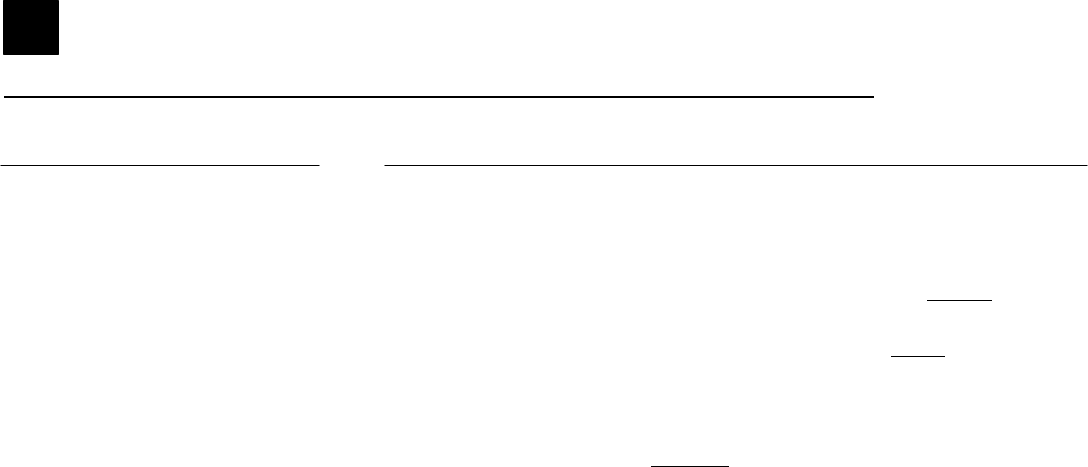
131
Chapter Four
Answers to combining forms and terminology sections (textbook pages 107-111)
Terminology
Meaning
Apnea
Anoxia
Abnormal
Abductor
Adductor
Adrenal glands
Anabolism
Analysis
Ante cibum
Anteflexion
Ante partum
Antisepsis
Antibiotic
Antigen
Antibody
Antitoxin
Autoimmune
Bifurcation
Bilateral
Bradycardia
Catabolism
Congenital anomaly
Connective
Contraindication
Contralateral
Dehydration
Diameter
Diarrhea
Dialysis
Dyspena
Dysplasia
Ectopic pregnancy
Endotracheal
Not breathing.
Without oxygen (decrease in tissues).
Pertaining to away from the norm (rule); not regular
One who (muscle which) leads away from the body. To abduct means
to carry away by force; kidnap
One who (muscle which) leads toward the body. To admit means to
send toward or permit entrance.
Endocrine glands located above (toward) the kidneys.
Process of casting (building) up materials (proteins) within cells.
To separate (apart). Psychoanalysis is a psychiatric treatment that
explores the mind. Urinalysis (urin/o + (an)alysis) is laboratory
examination of urine to aid in diagnosis.
Before meals
Bending forward
Before birth
Condition against infection
Pertaining to against life (germ life).
A substance (usually foreign) that stimulates the production of antibodies
Protein substance made in the body to destroy foreign antigens. A
substance (antibody) produced in response to and capable of
neutralizing a toxin (such as those causing diphtheria or tetanus).
Antirenin contains antitoxin specific for an animal or insect venom
Related to making antibodies (immune substances) against one’s own
cells and tissues.
Forking (branching) into two; as the trachea bifurcates into two
individual tubes.
Pertaining to two sides
Condition of slow heart beat
Process of casting down materials (sugar) to release energy in cells.
Irregularity at birth
To tie (bind) together. A conference (fer- means to carry or bring) is
where people gather together or meat.
To point out against; as reasons why a drug should not be taken
Pertaining to the opposite side.
Condition of lack of water
To measure through; as the diameter of a circle
To flow through; water is not properly absorbed through the walls of the
colon
Complete separation; twp types are hemodialysis and peritoneal dialysis
Difficult breathing
Abnormal (“bad”) development of formation
Pregnancy out of the normal place (usually in the fallopian tubes).
Pertaining to within the trachea

132
Endoscope
Endocardium
Epithelium
Euthyroid
Euphoria
Exophthalmos
Hemiglossectomy
Hyperplasia
Hypertrophy
Hyperglycemia
Hyperdermic
hypoglycemia
Insomniac
Incision
Infracostal
Intercostals
Intravenous
Macrocephalic
Malignant
Malaise
Metamorphosis
Metastasis
Metacarpal bones
Microscope
Neoplasm
Neonatal
Pancytopenia
Parathyroid glands
Paralysis
Percutaneous
Pericardium
Periosteum
Polymorphonuclear
Polyneuritis
Post mortem
Pastnatal
Precancerous
Prenatal
Prodrome
Prolapse
Instrument to view within the body; gastroscope, bronchoschope,
laparoscope.
Inner lining (membrane) of the heart.
Skin cell; latterly, “upon a nipple.”
Normal tyroid function.
Good feeling, “high” A eulogy is a speech saying good things about a
person after his/her death.
Eyeballs that protrude
Removal of half the tongue
Condition of increased formation (increase in number of cells).
Increase in development; increase in size of cells.
Increase in blood sugar
Pertaining to below the skin
Decrease in blood sugar
Pertaining to inability to sleep
Process of cutting into; sectioning
Pertaining to below ribs Pertaining
to between the ribs Pertaining to
within a vein Pertaining to
enlarged head Harmful, bad;
cancerous condition
Feeling of discomfort; “bad feeling”
Condition of change of shape or form. A worm-like larva undergoes a
change in shape to become a butterfly. This is an example of
metamorphosis.
Beyond control; spreading of a cancerous tumor.
Five hand bones (beyond the wrist).
Instrument to view small objects
New growth; new formation (tumor).
Pertaining to a newborn (infant).
Condition of decrease in all cells (blood cells).
Endocrine glands located near (on the dorsal side of ) the thyroid gland.
A paramedic works beside and assists a doctor; also called and
emergency medical technician (EMT). A parasite (-site means grain
or food) is called an organism that feeds and lives on or within
another organism. Lice, ticks, and fleas are examples.
Abnormal destruction (of nerves) leading to loss of muscle function
Pertaining to through the skin
Membrane surrounding the heart
Membrane surrounding the bone
Pertaining to a many-shaped nucleus; a type of white blood cell
Inflammation of many nerves
After death
Pertaining to after birth
Pertaining to before cancer; a lesion that may become cancerous
Pertaining to before birth.
Symptoms that appear before the onset of a more server illness
Sliding forward or downward
133
Pseudocyesis
Relapse
Remission
Recombinant DNA
Retroperitoneal
Retroflexion
Subcutaneous
Suprathoracic
Suprarenal glands
Syndactyly
Synthesis
Syndrome
Symbiosis
Symmetry
Symphysis
Tachypnea
Transfusion
Transurethral
Ultrasonography
Unilateral
State of flase pregnancy
A sliding back; recurrence of symptoms of disease
To send back; disappearance of symptoms of disease
Inserting a gene (region of DNA) from one organism into the DNA of
another organism
Pertaining to behind the peritoneum
Bending backward
Pertaining to under the skin
Pertaining to above the chest
Endocrine glands located above each kidney (adrenal glands).
Condition of webbed (held together) fingers or toes; a congenital anomaly.
To put, place together, as in protein synthesis or photosynthesis.
A group of symptoms that run (occur) together. In synchrony means
timed (chron/o) together.
Condition or state of “life together”; two organisms living together for
mutual benefit or not (parasitism).
State of “measurement together”; equality of parts; mirror images.
To grow together; bones that grow together at the joint.
Rapid breathing
To pour across, as in transferring blood from one person to another.
Pertaining to through the urethra
Process of recording ultrasound (beyond the normal range) waves.
Pertaining to one side.

134
Chapter Twenty-One
Answers to Combining Forms and Terminology Sections (Textbook pages 824-828)
Terminology
Meaning
Aerosol
Analgesic
Bronchodilator
Chemotherapy
Idiosyncrasy
Dubcutaneous
Hypodermic
Synergism
Anesthesia
Antihistamine
Hypnotic
Iatrogenic
Sublingual
Erythromycin
Narcotic
Pharmacology
Antipruritic
Antipyretic
Intrathecal
Toxic
Toxicology
Vasodilator
Intracenous
Vitamin
Anaphlaxis
Antidote
Antibiotic
Contraindication
Parenteral
Synergistic
Particles of drug (in solution) suspended in air.
Pertaining to without sensitivity to pain.
Drug that relaxes the smooth muscle lining bronchial tubes and is used
to treat asthma, emphysema, and chronic bronchitis.
Treatment using drugs
An unexpected effect of a drug that is peculiar to an individual
Pertaining to under the skin
Pertaining to under the skin
Condition of working together; the drug action in which the
combination of two drugs causes an effect that is greater that the sum of
the individual effects of each drug alone.
Condition of being without nervous sensation
An agent that acts against histamine production in the body. Histamine
is released as a result of an allergic reaction
Pertaining to a condition of sleep (a trance-like state)
Pertaining to and adverse condition that is caused or produced by a
physician or a specific treatment
Pertaining to under the tongue
An antibiotic that is produced form a red (erythr/o) mold (myc/o)
Pertaining to a substance that produces stupor (has morphine or opium-
like action)
Study of drugs
Pertaining to an agent that acts to relieve itching
Pertaining to an agent that acts to relieve fever
Pertaining to within the sheath of membranes surrounding the spinal
cord
Pertaining to poison
Study of poisons and the harmful effects of drugs
Substance that causes blood vessels to widen
Pertaining to within a vein
A substance in foods that is essential in small quantities for growth and
good health (life-giving amines).
A hypersensitive state of the body to a foreign protein (antigen) or drug
Can produce severe symptoms and shock
An agent given to counteract unwanted effect of a drug
A substance that acts against microorganisms, such as bacteria
Factor in the patient’s condition that prevents the use of a drug or
treatment
Pertaining to injection of drugs other that through the intestines
Pertaining to synergism (the drug action in which the sum of the effects
of giving two drugs together is greater than that of giving each drug
alone).

135
GRAMMAR
FACE SHEET
Directions: Students will
1. Take the Grammar tests.
2. Correct all questions. Only the first section has explanations of answers
3. Fill in information on face sheet, which is in front of all tests.
4. Return work to HESI staff, arrange tutoring or conference to give go-ahead on taking actual HESI test.
Important: Fill in the blanks on the face sheet to assist the HESI staff in assessing your skills and
weaknesses.
Your goal is to achieve 80% minimum on any exercise.
¾ To calculate Total number of correct answers, subtract number of incorrect answers from total number
of problems
¾ To calculate Percent correct: multiply number correct X 100, divide this number by total number of
problems.
Example: 80 correct out of 100: 80 x 100= 8000 8000 divided by 100= 80 or 80%
OVERALL GRAMMAR TEST SCORE
Total number of problems: 303
Number correct: Multiply number correct X 100=
Divide by total number of problems= %
Tutor will review for areas to work on in vocabulary.
Areas to work on : , , ,
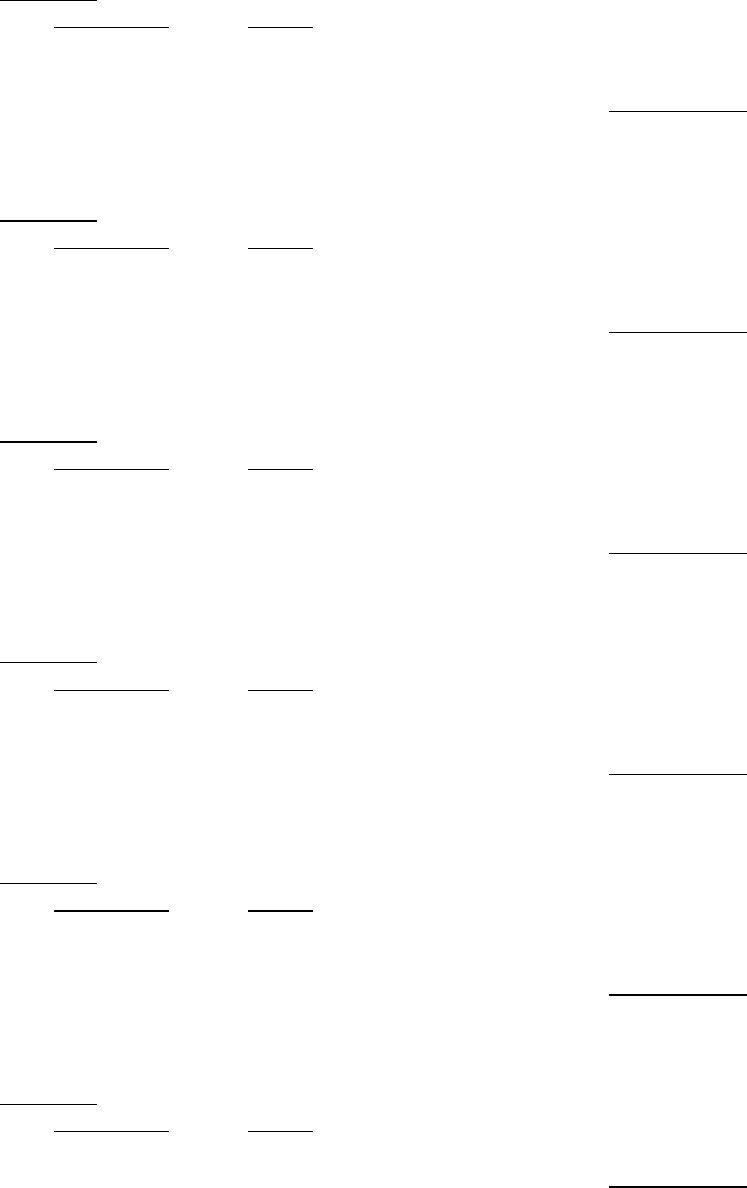
136
GRAMMAR
1. Exercise One: Problems with Verbs (Part 1)
Total Number of Questions 15
Total Number of correct answers X 100= Divide this number by total number of
questions
Percent Correct
2. Exercise Two: Problems with Verbs (Part 2)
Total Number of Questions 15
Total Number of correct answers X 100= Divide this number by total number of
questions
Percent Correct
3. Exercise Three: Problems with Verbs (Part 3)
Total Number of Questions 15
Total Number of correct answers X 100= Divide this number by total number of
questions
Percent Correct
4. Exercise Fourteen: Problems with Introductory Verbal Modifiers
Total Number of Questions 25
Total Number of correct answers X 100= Divide this number by total number of
questions
Percent Correct
5. Exercise Fifteen: Problems with Parallel Structure
Total Number of Questions 25
Total Number of correct answers X 100= Divide this number by total number of
questions
Percent Correct
6. Exercise Eighteen: Problems with Structure
Total Number of Questions 25
Total Number of correct answers X 100= Divide this number by total number of
questions
Percent Correct

137
7. Lesson 5: Sentence Structure
Total Number of Questions 5
Total Number of correct answers X 100= Divide this number by total number of
questions
Percent Correct
8. Lesson 6: Sentence Structure--- Parallel structure
Total Number of Questions 6
Total Number of correct answers X 100= Divide this number by total number of
questions
9. PLURALS—Exercises 2, 3, 4, 5
Percent Correct
Total Number of Questions 47
Total Number of correct answers X 100= Divide this number by total number of
questions
10. VERBS—Exercises 12, 13
Percent Correct
Total Number of Questions 46
Total Number of correct answers X 100= Divide this number by total number of
questions
Percent Correct
11. VERBS---(Subject- Verb Agreement) Lesson 12, Exercise 19
Total Number of Questions 29
Total Number of correct answers X 100= Divide this number by total number of
questions
Percent Correct
12. Gerunds and Infinitives
Total Number of Questions 50
Total Number of correct answers X 100= Divide this number by total number of
questions
Percent Correct
Next step: Make sure to complete overall score on face sheet. See HESI staff for final assessment of our study
packet and go-ahead to take test.
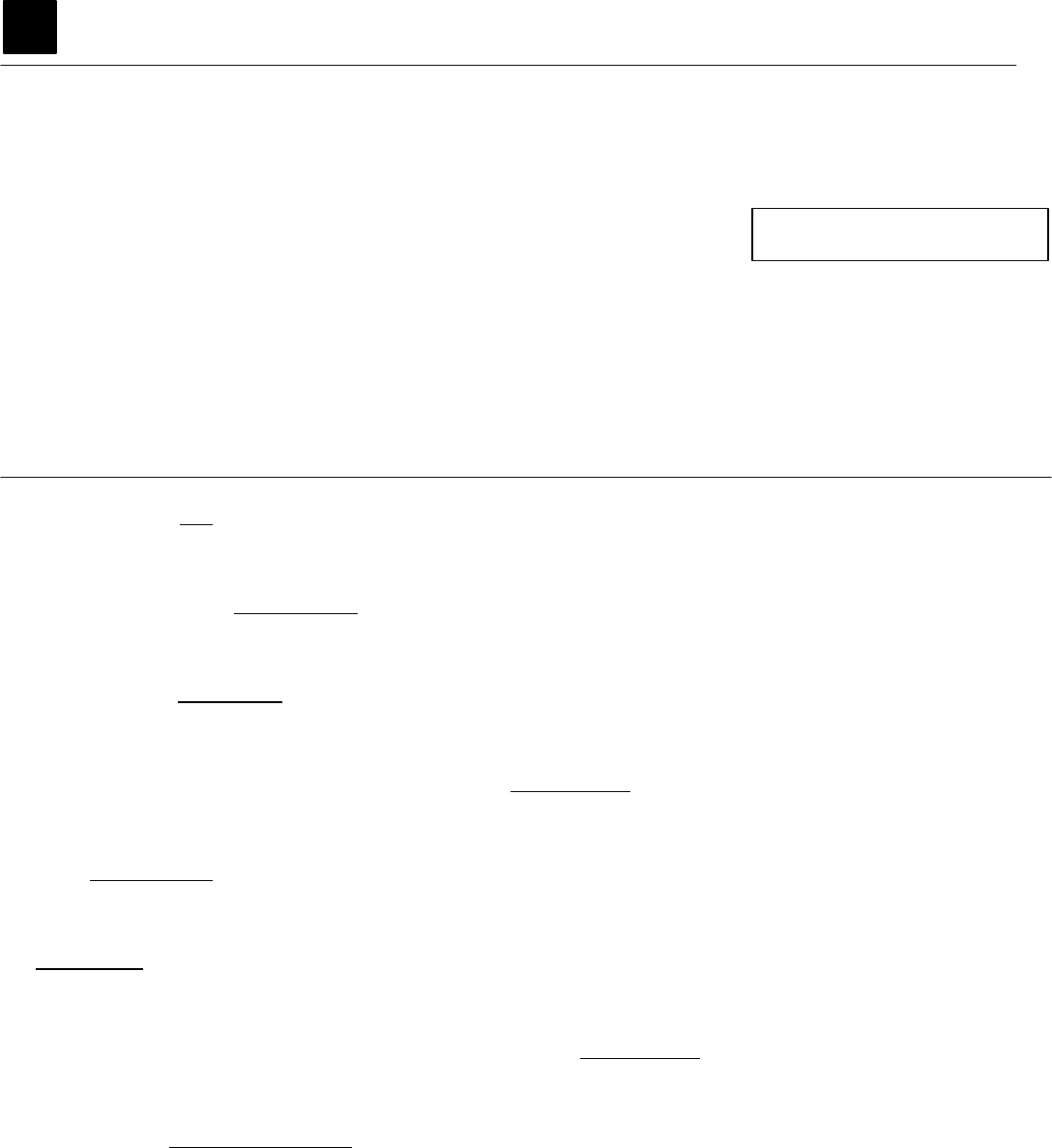
138
EXERCISE ONE: PROBLEMS WITH VERBS (PART 1)
Directions: Four words of phrases, marked (A), (B), (C), and (D) , are given beneath each
incomplete sentence. You are to choose the one word or phrase that best completes the sentence.
Then, on your answer sheet, find the number of the question and blacken the space that corresponds
to the letter of the answer you have chosen so that the letter inside the oval cannot be seen.
PREVIEW: VERBS
15 Questions, 10 Minutes
In some sentences in Part A of the Structure and Written Expression Section, you will be asked to
identify the correct verb. In fact, most of the sentences in this part are verb problems.
A verb is a word or phrase that expresses action or condition. A verb can be classified as transitive
or intransitive according to whether it requires a complement; it can be classified further according to
the kind of complement it requires, including not only nouns, pronouns, adjectives, and adverbs but
also –ing forms or infinitives.
1. Al’s doctor insists for a few days.
(A) that he is resting (C) him to rest
(B) his resting (D) that he rest
2. I don’t like iced tea, and .
(A) she doesn’t too (C) neither does she
(B) either doesn’t she (D) she doesn’t neither
3. We wish that you such a lot of work, because we know that you would have enjoyed the party.
(A) hadn’t had (C) didn’t have had
(B) hadn’t (D) hadn’t have
4. Since your roommate is visiting her family this weekend, you like to have dinner with us tonight?
(A) Will (C) do
(B) won’t (D) wouldn’t
5. Please photocopies of documents.
(A) not to submit (C) no submit
(B) do not submit (D) not submit
6. I bacon and eggs every morning.
(A) am used to eat (C) am used to eating
(B) used to eating (D) use to eat
7. The team really looks good tonight because the coach had them every night this week.
(A) practice (C) practiced
(B) to practice (D) the practice
8. Would you mind , please?
(A) to answer the telephone (C) answer the telephone
(B) answering the telephone (D) to the telephone answering
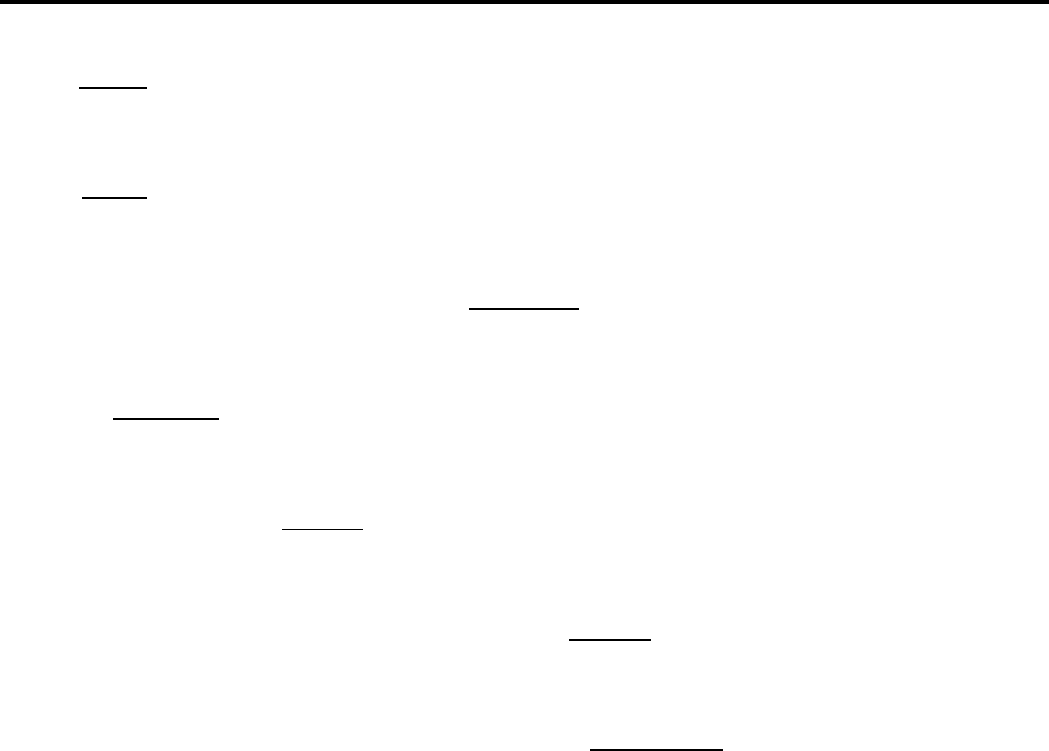
139
Exercise One: Problems with Verbs (Part 1)
9. You your seats today if you want to go to the game. (A)
had better to reserve (C) had better reserve
(B) had to better reserve (D) had to reserve better
10. If it so late we could have coffee.
(A) Wasn’t (C) weren’t
(B) Isn’t (D) not be
11. Your sister used to visit you quite often, ?
(A) didn’t she (C) wouldn’t she
(B) doesn’t she (D) hadn’t she
12. If Bob with us, he would have had a good time.
(A) would come (C) had come
(B) would have come (D) came
13. Frankly, I’d rather you anything about it for the time being.
(A) do (C) don’t
(B) didn’t do (D) didn’t
14. Since they aren’t answering their telephone, they .
(A) must have left (C) need have left
(B) should have left (D)can have left
15. We were hurrying because we thought that the bell .
(A) had already rang (C) had already rung
(B) had already rang (D) have already ringing
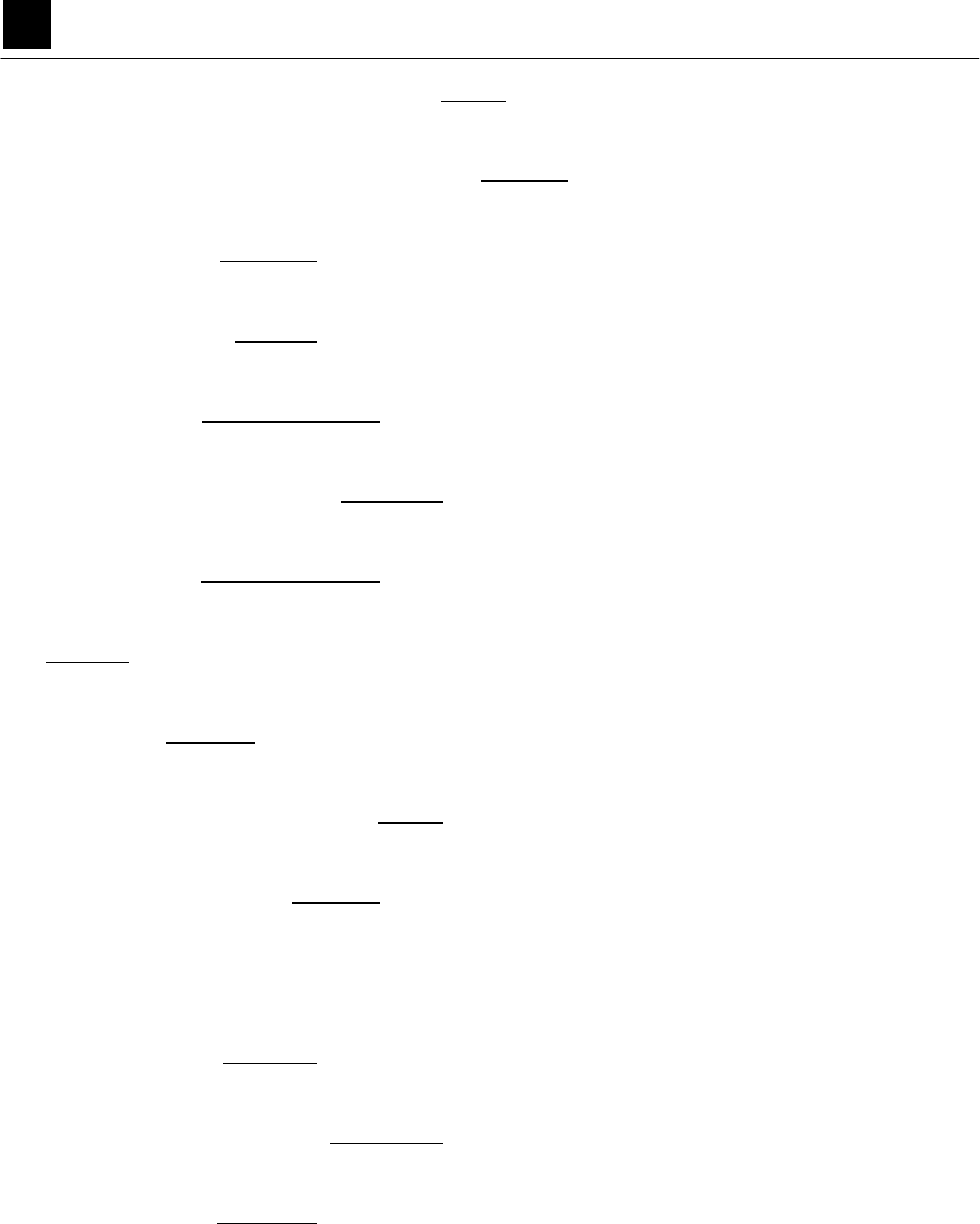
140
EXERCISE TWO: PROBLEMS WITH VERBS (PART 2)
1. I hadn’t expected James to apologize but I had hoped .
(A) him calling me (C) him to call me
(B) that he would call me (D) that he call me
2. My husband lived at home before we were married, and so .
(A) did I (C) I had
(B) had I (D) I did
3. Does your new secretary shorthand?
(A) know to take (C) know how take
(B) know how to take (D) know how taking
4. Tommy had his big brother his shoes for him.
(A) to tie (C) tied
(B) tie (D) tying
5. I wish that the weather not so warm.
(A) begin (C) were
(B) be (D) is
6. His English teacher recommends that he a regular degree program.
(A) begin (C) will begin
(B) begins (D) is beginning
7. Let’s go out for dinner, ?
(A) will we (C) shall we
(B) don’t we (D) are we
8. I’d the operation unless it is absolutely necessary.
(A) rather not have (C) rather not to have
(B) not rather had (D) rather not having
9. Would you please write on the test books?
(A) don’t (C) not
(B) not to (D) to not
10. The old man asked her to move because he in that chair.
(A) used to sit (C) used to sitting
(B) was used to sit (D) was used to sitting
11. After the way she treated you, if I in your place, I wouldn’t return the call.
(A) be (C) was
(B) am (D) were
12. If I the flu I would have gone with you.
(A) hadn’t (C) didn’t have
(B) hadn’t had (D) wouldn’t have had
13. he’s taken his medicine, ?
(A) hasn’t he (C) doesn’t he
(B) didn’t he (D) isn’t he
14. Your mother and I are looking forward you.
(A) of seeing (C) to see
(B) for seeing (D) to seeing
15. It is imperative that you there in person.
(A) be (C) will
(B) will be (D) are
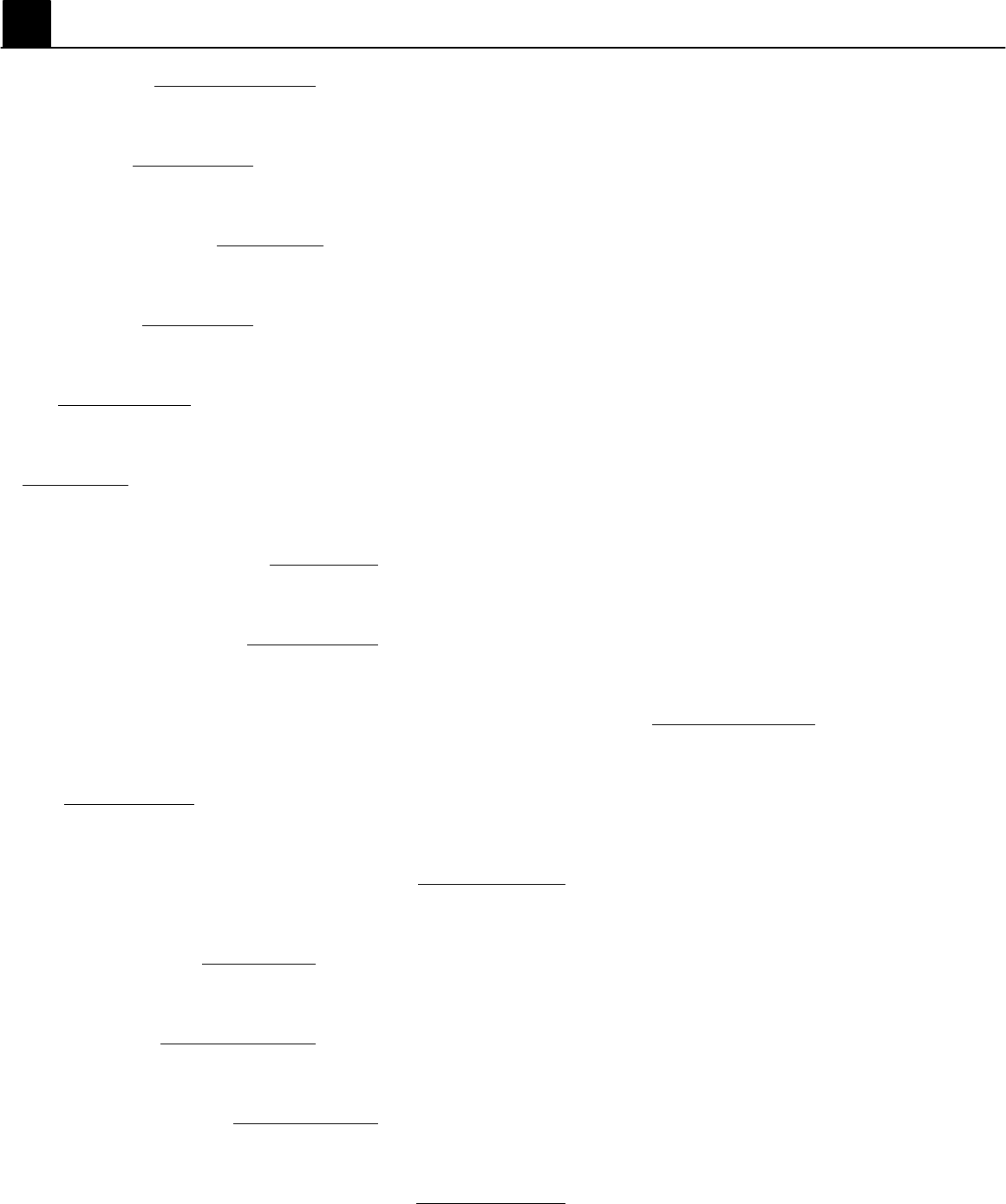
141
EXERCISE THREE: PROBLEMS WITH VERBS (PART 3)
1. The Brakes need
(A) adjusted (C) to adjust
(B) to adjustment (D) adjusting
2. I wish that we with my brother when he flies to England next week.
(A) could go (C) will go
(B) had gone (D) are going
3. Are you sure Miss Smith use the new equipment?
(A) knows to (C) knows how to
(B) knows the (D) knows how
4. Mary and John to the parties at the Student Union every Friday.
(A) used to go (C) are used to go
(B) use to go (D) were used to go
5. You me, because I didn’t say that.
(A) must misunderstand (C) must have misunderstood
(B) must be misunderstanding (D) had to misunderstand
6. you rather sit by the window?
(A) Don’t (C) Wouldn’t
(B) Will (D) Won’t
7. His government insisted that he until he finished his degree.
(A) should stay (C) stayed
(B) shall stay (D) stay
8. After he had researched and his paper, he found some additional material that he should have included.
(A) wrote (C) writing
(B) written (D) have written
9. The man who was driving the truck would not admit that he had been at fault, and .
(A) neither the other driver (C) neither had the other driver
(B) neither would the other driver (D) the other driver neither
10. If is rain, we’ll have the party outside.
(A) wouldn’t (C) didn’t
(B) doesn’t (D) won’t
11. Excuse me, but it is time to have you temperature .
(A) taking (C) take
(B) to take (D) taken
12. Almost everyone fails the driver’s test on the first try.
(A) passing (C) to pass
(B) to have passed (D) in passing
13. Mike had hoped his letter.
(A) her to answer (C) that she would answer
(B) that she answer (D) her answering
14. I think that you had better
earlier so that you can get to class on time.
(A) to start to get up (C) start getting up
(B) started getting up (D) to get up
15. Today’s weather isn’t as cold as it was yesterday, ?
(A) wasn’t it (C) isn’t it
(B) was it (D) is it

142
EXERCISE FOURTEEN:
PROBLEMS WITH INTRODUCTORY VERBAL MODIFIERS
REVIEW INTRODUCTORY VERBAL MODIFIERS
In some sentences in Part B, you will be asked to identify errors in introductory verbal modifiers and
the subjects that they modify.
Introductory verbal modifiers are –ing forms, participles, and infinitives. A phrase with an
introductory verbal modifier occurs at the beginning of a sentence and is followed by a comma. The
subject modified by an introductory verbal modifier must follow the comma.
If the correct subject does not follow the comma, then the meaning of the sentence is changed.
Often the changed meaning is not logical.
1. After finishing Roots, the one-hundred-year history of a black American family, the Nobel Prize
(A) (B)
Committee awarded author Alex Haley a special citation for literary excellence.
(C) (D)
2. A competitive sport, gymnasts perform before officials who must use their judgment along with
(A) (B) (C)
their knowledge of the rules to determine the relative skill of each participant.
(D)
3. To remove stains from permanent press clothing, carefully soaking in cold water before washing
(A) (B) (C)
with one’s regular detergent.
(D)
4. Found in Tanzania by Mary Leakey, some archeologists estimated that the three-million-year-old
(A) (B) (C)
fossils were the oldest human remains to be discovered.
(D)
5. After fighting the blaze for three days, the supertanker was hauled toward open seas in an effort to
(A) (B)
save the southern Caribbean form the worst oil spill in history.
(C) (D)
6. According to the conditions of their scholarships, after finishing their degrees, the University will
(A) (B)
employ them for three years.
(C) (D)
7. Originally having been buried in Spain, and later moved to Santo Domingo in the Dominican
(A) (B) (C)
Republic, Columbus’s final resting place is Havana, Cuba.
(D)

143
8. Written by Neil Simon, New York audiences received the new play enthusiastically at the world
(A) (B) (C)
premiere Saturday evening.
(D)
9. By migrating to a warmer climate every fall, survival is assured for another year.
(A) (B) (C) (D)
10. Saddened by the actor’s sudden death, a memorial fund will be established so that family and
(A) (B) (C)
friends can make donations in his name to The American Cancer Society.
(D)
11. To prevent cavities, dental floss should be used daily after brushing one’s teeth.
(A) (B) (C) (D)
12. While researching the problem of violent crime, the Senate committee’s discovery that handguns
(A)
were used to commit 54 percent of all murders in large cities.
(B) (C) (D)
13. Trying to pay for a purchase with cash, salespersons often ask for credit cards instead.
(A) (B) (C)
14. After reviewing the curriculum, several significant changes were made in traditional business
(A) (B) (C) (D)
programs at Harvard University.
15. Having hit more home runs than any other player in the history of baseball, Hank Aaron’s record
(A) (B) (C) (D)
is famous.
16. Banned in the U.S., the effect of fluorocarbons continues at a level that could eventually damage
(A) (B) (C)
the ozone layer, and bring about such serious results as high risk of skin cancer and global
(D)
climate changes.
17. To avoid jet lag, many doctors recommend that their patients begin adjusting one week before
(A) (B)
departure time by shifting one hour each day toward the new time schedule.
(C) (D)
18. After cooking in the microwave oven for five minutes, one should put most meat dishes on a
(A) (B) (C)
platter to cool.
(D)

144
19. Traditionally named for women, but recently Bob was chosen as the first make name for a
(A) (B) (C)
hurricane.
20. While testifying, their answers were recorded by the court stenographer.
(A) (B) (C) (D)
21. By reading the instructions carefully, mistakes on the examination can be avoided.
(A) (B) (C)
22. Having been divorced, her credit could not be established in spite of her high income.
(A) (B) (C) (D)
23. Attempting to smuggle drugs into the country, custom officials apprehended them, and took them
(A) (B) (C)
to police headquarters for questioning.
(D)
24. While trying to build a tunnel through the Blue Ridge Mountains, coal was discovered at the
(A) (B) (C) (D)
construction site.
25. Founded in 1919, students and teachers who are interested in spending several months abroad
(A) (B)
may benefit from educational programs administered by the Institute for International Education.
(C) (D)
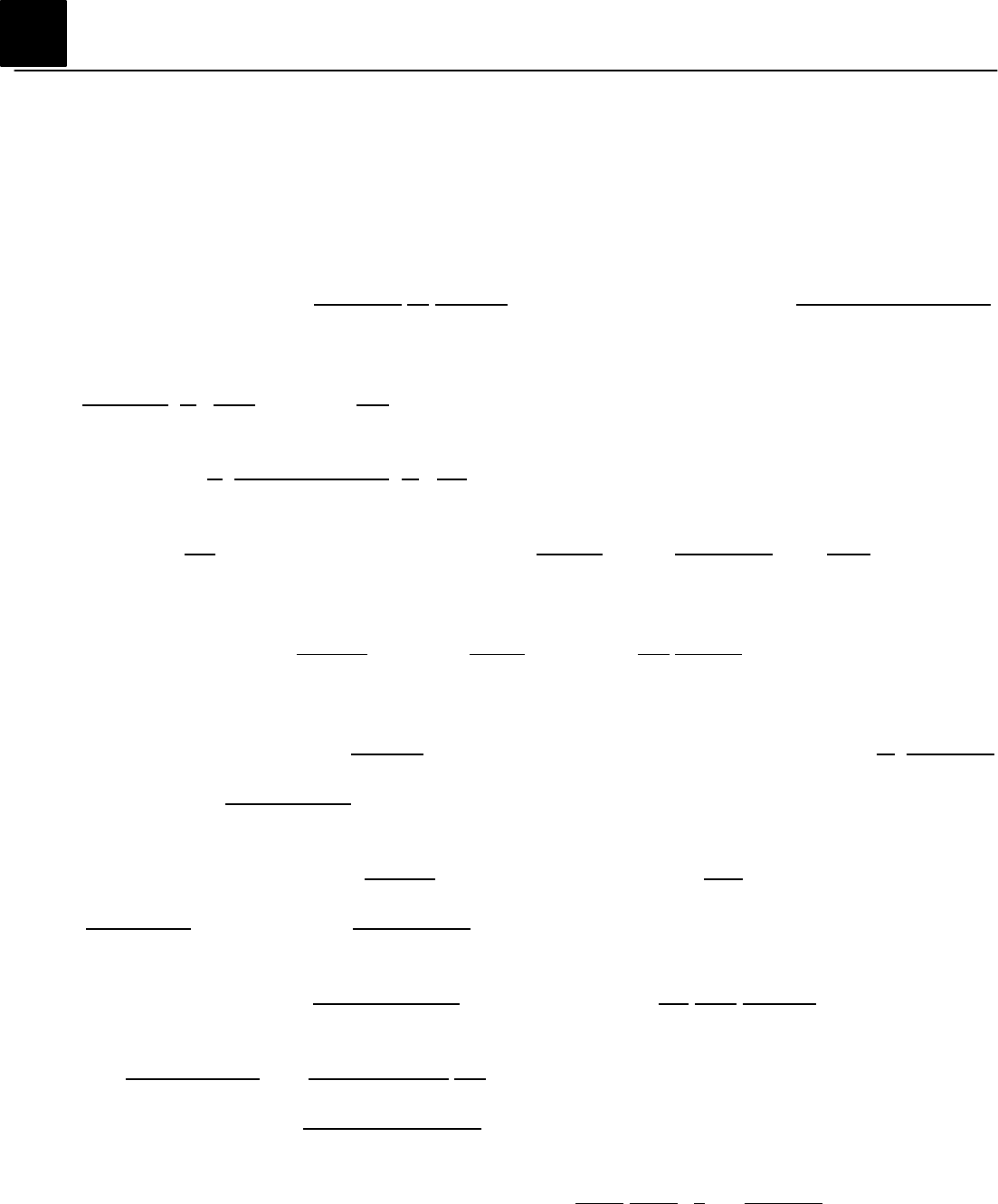
145
EXERCISE FIFTEEN:
PROBLEMS WITH PARALLEL STRUCTURE
PREVIEW: PARALLEL STRUCTURE
In some sentences in Part B, you will be asked to identify errors in parallel structure.
Parallel structure is the use of the same grammatical structures for related ideas of equal
importance. Related ideas of equal importance often occur in the form of a list. Sometimes related
ideas of equal importance are connected by conjunctions, such as and, but, and or.
1. The committee decided to cancel its law suit, to approve the contract, and that it would adjourn
(A) (B) (C) (D)
the meeting.
2. Air travel is fast, safe, and it is convenient.
(A) (B) (C) (D)
3. Rock music is not only popular in the United States but also abroad.
(A) (B) (C) (D)
4. Every day the watchman would lock the doors, turning on the spot lights, and walk around the
(A) (B) (C) (D)
building.
5. To control quality and making decisions about production are among the many responsibilities
(A) (B) (C) (D)
of an industrial engineer.
6. I suggest that the instructor react to the situation by changing the textbook instead of to modify
(A) (B) (C)
the objectives of the course.
(D)
7. Dr. Johnson, the first woman elected president of the University, was intelligent, capable, and
(A) (B)
awareness of the problems to be solved.
(C) (D)
8. The insurance program used to include not only employees but their families.
(A) (B) (C) (D)
9. The six main parts of a business letter are the address, the inside address, the salutation, the
(A) (B) (C)
body, the closing, and signing your name.
(D)
10. We solved the problem by using a computer rather than to do it all by hand.
(A) (B) (C) (D)

146
Preview and Practice Exercises for the Structure and Written Expression Section of the TOEFL
11. To read literature and being introduced to a different culture are two excellent reasons for studying a
(A) (B) (C) (D)
foreign language.
12. The proposed increase in the utility rate was neither a fair request and not a practical one.
(A) (B) (C) (D)
13. Tom is the best candidate for the position because he understands the project, knows the University,
(A) (B)
and who works very hard.
(C) (D)
14. Ice skating and to go skiing are popular winter sports in the Northern United States.
(A) (B) (C) (D)
15. The surgeon examined the patient quickly, and then the operation was begun.
(A) (B) (C) (D)
16. Because we were not sure where the house was, and because of the time, we decided to ask for
(A) (B) (C) (D)
directions.
17. To treat minor diarrhea, drink plenty of liquids, especially tea, water, and carbonated beverages,
eat
(A)
(B)
soup, yogurt, salty crackers, and bananas, and avoiding milk, butter, eggs, and meat for
twenty-four
(C) (D)
hours.
18. The new electric typewriters are equipped not only with an element for foreign languages but also a key
(A) (B)
for correcting errors automatically.
(C) (D)
19. The examiner did not know whether to report the student for cheating or warning him first.
(A) (B) (C) (D)
20. Jim had spent his vacation traveling in Arizona visiting some of the Indian reservations, and had
(A) (B) (C)
(D)
finished several paintings that he had begun last year.
21. The Smithsonian Institute is famous because is contains such interesting exhibits as the flag that
was
(A)
raised over Fort McHenry in 1812, the airplane that the Wright brothers built for their first flight at
Kitty
(B)
(C)
hawk and there are the gowns worn by every first lady since Martha Washington.
(D)

146
11. To read literature and being introduced to a different culture are two excellent reasons for studying a
(A) (B) (C) (D)
foreign language.
12. The proposed increase in the utility rate was neither a fair request and not a practical one.
(A) (B) (C) (D)
13. Tom is the best candidate for the position because he understands the project, knows the University,
(A) (B)
and who works very hard.
(C) (D)
14. Ice skating and to go skiing are popular winter sports in the Northern United States.
(A) (B) (C) (D)
15. The surgeon examined the patient quickly, and then the operation was begun.
(A) (B) (C) (D)
16. Because we were not sure where the house was, and because of the time, we decided to ask for
(A) (B) (C) (D)
directions.
17. To treat minor diarrhea, drink plenty of liquids, especially tea, water, and carbonated beverages,
eat
(A)
(B)
soup, yogurt, salty crackers, and bananas, and avoiding milk, butter, eggs, and meat for
twenty-four
(C) (D)
hours.
18. The new electric typewriters are equipped not only with an element for foreign languages but also a key
(A) (B)
for correcting errors automatically.
(C) (D)
19. The examiner did not know whether to report the student for cheating or warning him first.
(A) (B) (C) (D)
20. Jim had spent his vacation traveling in Arizona visiting some of the Indian reservations, and had
(A) (B) (C) (D)
finished several paintings that he had begun last year.
21. The Smithsonian Institute is famous because is contains such interesting exhibits as the flag that
was
(A)
raised over Fort McHenry in 1812, the airplane that the Wright brothers built for their first flight at
Kitty
(B) (C)
hawk and there are the gowns worn by every first lady since Martha Washington.
(D)
Exercise Fifteen: Problems with Parallel Structure

147
22. Please send me the smallest, most recently published, and less expensive dictionary that you have
(A) (B) (C) (D)
available.
23. In order to become a law, a bill must be passed not only by the Senate but also the House of
(A) (B) (C) (D)
Representatives.
24. The cloverleaf is a common engineering design for expressways that permits traffic between two
(A)
(B)
intersecting highways to move more safely, efficiently, and with ease.
(C) (D)
25. A new product should be judged not by the promises made in commercials and advertisements, but
(A) (B) (C)
also by the results demonstrated in actual use.
(D)
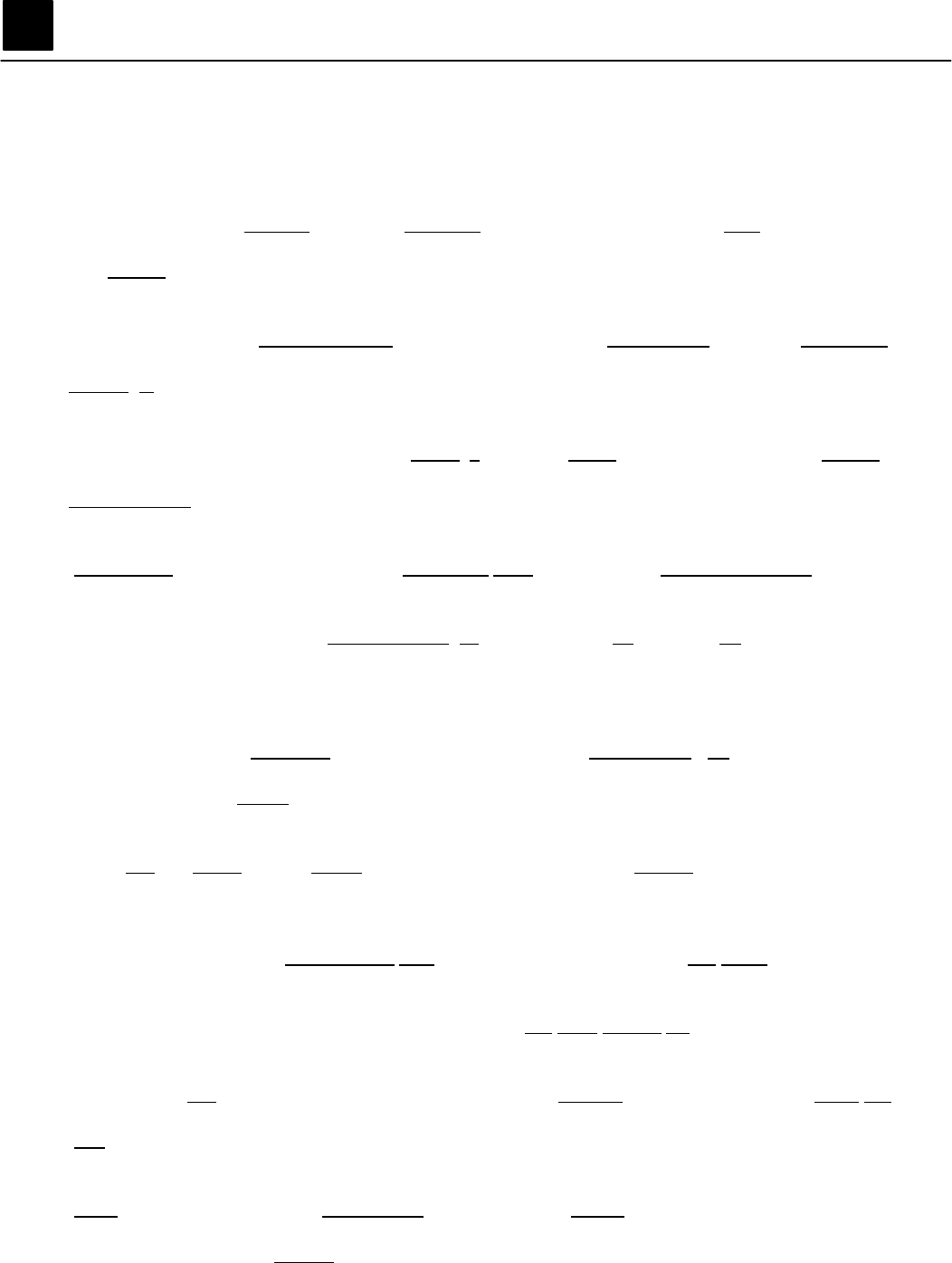
148
EXERCISE EIGHTEEN: PROBLEMS WITH STRUCTURE
PREVIEW: STRUCTURE
In some sentences in Part B, you will be asked to identify errors in structure.
Remember, structure is the correct use of verbs, pronouns, nouns, modifiers, comparatives,
and connectors.
1. Of the two lectures, the first was by far the best, partly because the person who delivered it
(A) (B) (C)
had such a dynamic style.
(D)
2. That modern science knows to assist women who are unable to give birth to babies by normal
(A) (B) (C)
means is one of the miracles of the twentieth century.
(D)
3. After he had researched his paper and wrote it he found some additional data that he should
(A) (B) (C) (D)
have included.
4. Because of the light, the city seemed differently from the way that I had remembered it.
(A) (B) (C) (D)
5. The Federal Aviation Agency has grounded all DC-10 aircraft so they can be checked for
(A) (B) (C) (D)
possible problems in the design of the under-wing jet systems.
6. The colonel wanted to retreat, but the general insisted that he continue do everything
(A) (B) (C)
necessary in order to win the battle.
(D)
7. There are not many people which adapt to a new culture without feeling some disorientation at
(A) (B) (C) (D)
first.
8. Bob wishes that his wife understands why he has not had time to write her lately.
(A) (B) (C) (D)
9. Because of the accident, the judge forbade Joe and me from driving for six months.
(A) (B) (C) (D)
10. After he had ran the program thought the computer, he noticed that he had forgotten to do the
(A) (B) (C) (D)
last operation.
11. Most small appliances have ninety-days guarantees that entitle the purchaser to free repair or
(A) (B) (C)
replacement if the item breaks before the expiration date.
(D)

149
12. Although everyone in our group was pleased with his meal, Mrs. Brown insisted on complaining
(A) (B) (C)
that the coffee tasted badly.
(D)
13. Let you and I agree to cancel that last shipment unless the company meets the conditions of our
(A) (B) (C) (D)
original contract.
14. His recommendation that the Air Force investigates the UFO sightings was approved by the
(A) (B) (C)
commission and referred to the appropriate committee.
(D)
15. Although she seems to be very mature, Ann is much younger as the other girls in her class.
(A) (B) (C) (D)
16. Nuclear power plants are still supported by the Society of Professional Engineers in spite the
(A) (B) (C)
unfortunate accident at Three Mile Island.
(D)
17.Miss Smith returned home quite lately that night to find that someone had broken into her garage
(A) (B)
(C)
and stolen her car.
(D)
18. If Mary would have been more careful in proofreading her dissertation, she would not have had to
(A) (B) (C)
get it typed again.
(D)
19. The more that she tried to remove the stain, the worst it looked.
(A) (B) (C) (D)
20. The national television networks have been criticized for not showing much good movies during
(A) (B) (C) (D)
prime time.
21. This is the athlete whom everyone says will win the gold medal at the winter Olympic Games.
(A) (B) (C) (D)
22. If you would have checked your answer sheet more carefully, you would have corrected these
(A) (B) (C)
errors yourself.
(D)
23. It was her who suggested that he go to New York in order to get a direct flight.
(A) (B) (C) (D)
24. We veterans often fail taking advantage of the scholarship programs at the university level.
(A) (B) (C) (D)
25. It is necessary that the directors will sign all of the copies, not just the top one.
(A) (B) (C) (D)

150
Explanatory
Answers: Chapter 4
CHAPTER 4 PART TWO: STRUCTURE AND WRITTEN EXPRESSION
Exercise One: Problems With Verbs (Part 1)
1. (D) That is used before the subject he and the verb word rest in the clause after the verb
insists.
2. (C) Neither is used before the auxiliary does followed by the subject she. She doesn’t either
would also be correct.
3. (A) Hadn’t and the participle had are used after the verb wish in the main clause.
4. (D) Wouldn’t is used before the subject you and the verb like in an invitation.
5. (B) Do not is used before the verb word submit to express a negative command.
6. (C) Am is used before the verb phrase used to followed by the –ing for eating to express habit.
7. (A) Had is used before the person them followed by the verb word practice to express an
activity caused by the coach.
8. (B) The –ing form answering is used after the verb phrase not mind.
9. (C)Had better is used before the verb word reserve to express advice.
10. (C) Weren’t is used after if to express a condition contrary to fact.
11. (A) Didn’t she is used to agree with you sister and used to visit in the main clause.
12. (C) Had is used before the participle come in the conditional clause.
13. (B) Would rather is used before the subject you and the past verb didn’t followed by the verb
word do to express preference.
14. (A) Must have is used before the participle left to express a logical conclusion.
15. (C) Had is used before the participle rung to refer to an activity already in the past.
Enter score on face sheet pages 135-137

151
Explanatory
Answers: Chapter 4
Exercise Two: Problems With Verbs (Part 2)
1. (B) That is used before the subject he followed by would and the verb word call after the verb
phrase had hoped.
2. (A) Did is used before the subject I to agree with lived in the main clause. And I did too would
also be correct.
3. (B) Know how is used before the infinitive to take to express ability or skill. Does your new
secretary know shorthand would also be correct.
4. (B) Had is used before the person his big brother followed by the verb word tie to express an
activity caused by Tommy.
5. (C) Were is used after the verb wish in the main clause.
6. (A) The verb word begin is used in the clause after the verb recommends.
7. (C) Shall we is used to agree with let’s in the main clause.
8. (A) Would [‘d] rather is used before not and the verb word have to express preference.
9. (C) Would you please is used before not followed be the verb word write to express a negative
command.
10. (D) Was is used before the verb phrase used to followed by the –ing form sitting to express a
habit.
11. (D) Were is used after if to express a condition contrary to fact.
12. (B) Hadn’t is used before the participle had in the conditional clause.
13. (A) Hasn’t he is used to agree with he’s [he has] in the main clause.
14. (D) The –ing form seeing is used after the verb phrase looking forward to.
15. (A) The verb word be is used in the clause after the impersonal expression it is imperative.
Enter score on face sheet pages 135-137

152
Explanatory
Answers: Chapter 4
Exercise Three: Problems With Verbs (Part 3)
1. (D) Need is used before the –ing form adjusting to express necessity for repair. The brakes
need to be adjusted would also be correct.
2. (A) Could is used before the verb word go after the verb wish in the main clause.
3. (C) Knows how is used before the infinitive to use to express ability of skill. Miss Smith knows
the equipment would also be correct.
4. (D) Used to is used before the verb word go to express a habit in the past.
5. (C) Must have is used before the participle understood to express a logical conclusion.
6. (C) Wouldn’t is used before the subject you followed by rather and the verb word sit to express
preference.
7. (D) That is used before the subject he and the verb word stay in the clause after the verb
insisted.
8. (B) The participle written is used after had to refer to an activity in the past.
9. (B) Neither is used before the auxiliary would followed by the subject the other driver. The
other driver wouldn’t either would also be correct.
10. (B) Doesn’t is used in the clause of condition to agree with we’ll [we will] in the clause of result.
11. (D) Have is used before the thing your temperature followed by the participle taken to express
an activity caused by someone else.
12. (C) The infinitive to pass is used after the verb fails.
13. (C) That is used before the subject she followed by would and the verb word answer after the
verb phrase had hoped.
14. (C) The verb word starts is used after the verb phrase had better and the –ing form getting up
is used after the verb start.
15. (D) Is it is used to agree with the subject today’s weather and the verb is in the main clause.
Enter score on face sheet pages 135-137

153
Explanatory
Answers: Chapter 4
Exercise Fourteen: Problems With Introductory Verbal Modifiers
1. (A) An introductory verbal phrase followed by a comma should immediately precede the noun that it
modifies. After finishing Roots is misplaced because is does not precede the noun it modifies, author
Alex Haley.
2. (A) An introductory verbal phrase followed by a comma should immediately precede the noun that it
modifies. A competitive sport is misplaced because it does not precede the noun it modifies,
gymnastics.
3. (B) An introductory verbal phrase followed by a comma should immediately precede the noun that it
modifies. Carefully soaking should be (you) carefully soak to provide a noun for the introductory verbal
phrase to remove stains from permanent press clothing.
4. (A) An introductory verbal phrase followed by a comma should immediately precede the noun that it
modifies. Found in Tanzania by Mark Leakey is misplaced because it does not precede the noun it
modifies, the three-million-year-old fossils.
5. (A) An introductory verbal phrase followed by a comma should immediately precede the noun that it
modifies. After fighting the blaze for three days is misplaced because it does not precede the noun it
modifies, the fire fighters.
6. (B) An introductory verbal phrase followed by a comma should immediately precede the noun that it
modifies. After finishing their degrees is misplaced because it does not precede the noun it modified,
the students.
7. (D) An introductory verbal phrase followed by a comma should immediately precede the noun that it
modifies. Columbus’s final resting place should be Columbus because the man, not the place, is
modified by the verbal phrase Originally having been buried in Spain.
8. (B) An introductory verbal phrase followed by a comma should immediately precede the noun that it
modifies. New York audiences received the new play should be the new play was received by New
York audiences because the play, not the audiences, is modified by the verbal phrase written by Neil
Simon.
9. (C) An introductory verbal phrase followed by a comma should immediately precede the noun that it
modifies. Survival is assured should be animals assure survival because the animals, not the survival,
is modified by the verbal phrase by migrating to a warmer climate every fall.
10. (B) An introductory verbal phrase followed by a comma should immediately precede the noun that it
modifies. A memorial fund will be established should be family and friends will establish a memorial
fund because the family and friends, not the memorial fund, are modified by the verbal phrase
saddened by the actor’s sudden death.
11. (A) An introductory verbal phrase followed by a comma should immediately precede the noun that it
modifies. Dental floss should e used should be (you) use dental floss to provide a noun for the
introductory verbal phrase to prevent cavities.

154
12. (A) An introductory verbal phrase followed by a comma should immediately precede the noun that it
modifies. The Senate committee’s discovery should be The Senate committee discovered because the
committee, not the discovery, is modified by the verbal phrase while researching the program of violent
crime.
13. (A) An introductory verbal phrase followed by a comma should immediately precede the noun that it
modifies. Trying to pay for a purchase with cash is misplaced because it does not precede the noun it
modifies, customers.
14. (A) An introductory verbal phrase followed by a comma should immediately precede the noun that it
modifies. After reviewing the curriculum is misplaced because it does not precede the noun it modifies,
faculty.
15. (D) An introductory verbal phrase followed by a comma should immediately precede the noun that it
modifies. Hank Aaron’s record should be Hank Aaron because the man, not the record, is modified by
the verbal phrase having hit more home runs than any other player in the history of baseball.
16. (A) An introductory verbal phrase followed by a comma should immediately precede the noun that it
modifies. Banned in the U.S. is misplaced because it does not precede the noun it modifies,
fluorocarbons.
17. (A) An introductory verbal phrase followed by a comma should immediately precede the noun that it
modifies. To avoid jet lag is misplaced because it does not precede the noun it modifies, patients.
18. (A) An introductory verbal phrase followed by a comma should immediately precede the noun that it
modifies. After cooking in the microwave oven for five minutes is misplaced because it does not
precede the noun it modifies, most meat dishes.
19. (B) An introductory verbal phrase followed by a comma should immediately precede the noun that it
modifies. Traditionally named for women is misplaced because it does not precede the noun it
modifies,
a
hurricane.
20. (A) An introductory verbal phrase followed by a comma should immediately precede the noun that it
modifies. While testifying is misplaced because it does not precede the noun it modifies, witnesses.
21. (A) An introductory verbal phrase followed by a comma should immediately precede the noun that it
modifies. By reading the instructions carefully is misplaced because it does not precede the noun it
modified.
22. (B) An introductory verbal phrase followed by a comma should immediately precede the noun that it
modifies. Her credit should be the woman because she, not the credit, is modified by the phrase,
having been divorced.
23. (A) An introductory verbal phrase followed by a comma should immediately precede the noun that it
modifies. Attempting to smuggle drugs into the country is misplaced because it does not precede the
noun it modifies, criminals.
24. (A) An introductory verbal phrase followed by a comma should immediately precede the noun that it
modifies. While trying to build a tunnel through the Blue Ridge Mountains is misplaced because it does
not precede the noun it modifies.
25. (A) An introductory verbal phrase followed by a comma should immediately precede the noun that it
modifies. Founded in 1919 is misplaced because it does not precede the noun it modifies, the Institute
for International Education.
Enter score on face sheet pages 135-137

155
Explanatory
Answers: Chapter 4
Exercise Fifteen: Problems With Parallel Structure
1. (D) Ideas in a series should be expressed by parallel structures. That it would adjourn should be to
adjourn to provide parallelism with the infinitives to cancel and to approve.
2. (D) Ideas in a series should be expressed by parallel structures. It is should be deleted to provide
parallelism among the adjectives fast, safe, and convenient.
3. (B) Ideas in a series should be expressed by parallel structures. Not only popular should be popular not
only to provide parallelism between the adverbial phrases in the United States and abroad.
4. (B) Ideas in a series should be expressed by parallel structures. Tuning should be turn to provide
parallelism with the verb words lock and walk.
5. (A) Ideas in a series should be expressed by parallel structures. Making should be to make to provide
parallelism with
6. (C) Ideas in a series should be expressed by parallel structures. To modify should be to make to
provide parallelism with the phrase by changing.
7. (C) Ideas in a series should be expressed by parallel structures. Awareness should be aware to provide
parallelism with the adjectives intelligent and capable.
8. (B) Ideas in a series should be expressed by parallel structures, and inclusives should be used in
coordinating pairs. But should be but also to coordinate with not only.
9. (D) Ideas in a series should be expressed by parallel structures. Signing your name should be the
signature to provide parallelism with the nouns the address, the inside address, the salutation, the
body, and the closing.
10. (B) Ideas in a series should be expressed by parallel structures. To do should be by doing to provide
parallelism with the phrase by using.
11. (A) Ideas in a series should be expressed by parallel structures. Being introduced should be to be
introduced to provide parallelism with the infinitive to read.
12. (C) Ideas in a series should be expressed by parallel structures. And not should be nor to coordinate
with neither.
13. (C) Ideas in a series should be expressed by parallel structures. Who should be deleted to provide
parallelism among the verbs understands, knows, and works.
14. (A) Ideas in a series should be expressed by parallel structures. Ice skating should be to go ice skating
to provide parallelism with the infinitive to go skiing.
15. (D) Ideas in a series should be expressed by parallel structures. The operation was begun should be
began the operation to provide parallelism with the past, active verb examined.

156
16. (B) Ideas in a series should be expressed by parallel structures. Because of the time should
be
because there was little time to provide parallelism with the clause because we were not sure.
17. (C) Ideas in a series should be expressed by parallel structures. Avoiding should be avoid to provide
parallelism with the verb words drink and eat.
18. (B) Ideas after inclusives should be expressed by parallel structures. A key should be with a key to
provide parallelism with the phrase with an element.
19. (C) Ideas in a series should be expressed by parallel structures. Warning should be to warn to provide
parallelism with the infinitive to report.
20. (D) Ideas in a series should be expressed by parallel structures. Had finished should be finishing to
provide parallelism with the –ing forms traveling and visiting.
21. (D) Ideas in a series should be expressed by parallel structures. There are should be deleted to provide
parallelism among the nouns the flag, the airplane, and the gowns.
22. (D) Ideas in a series should be expressed by parallel structures. Less should be least to provide
parallelism with the superlative adjectives the smallest and most recently published.
23. (D) Ideas after inclusives should be expressed by parallel structures. The House of Representatives
should be by the House of Representatives to provide parallelism with the phrase by the Sentate.
24. (D) Ideas in a series should be expressed by parallel structures. With ease should be easily to provide
parallelism with the adverbs safely and efficiently.
25. (C) Ideas after exclusives should be expressed by parallel structures and exclusives should be used in
coordinating pairs. But also should be but to coordinate with not.
Enter score on face sheet pages 135-137

157
Explanatory
Answers: Chapter 4
Exercise Eighteen: Problems With Structure
1. (B) The best should be the better because two, not three lectures, are being compared.
2. (A) Knows to assist should be knows how to assist because knows how is used before the
infinitive to assist.
3. (A) Wrote should be written because a participle, not a past form, is used with had.
4. (B) Differently should be different because an adjective, not an adverb, is used after the verb of
the senses the seem.
5. (C) So should be so that because it introduces a clause of purpose,
6. (C) Do should be doing because an –ing form, not a verb word, is used after the verb continue.
7. (C) Which should be who because it refers to people, not things.
8. (A) Understands should be understood because a past form, not a present form, is used after
the verb wishes.
9. (B) From should be deleted because a preposition is not used after the verb forbid.
10. (A) Ran should be run because a participle, not a past form, is used with had.
11. (B) Ninety-days should be ninety-day because an adjective does not have a plural form.
12. (D) Badly should be bad because an adjective, not an adverb, is used after the verb of the
senses taste.
13. (A) I should be me because an objective pronoun is used after let.
14. (A) Investigates should be investigate because the word recommendation requires a verb
word.
15. (C) As should be than because than is used after the comparative younger.
16. (C) In spite should be in spite of because in spite of introduces a condition with an unexpected
result. Despite would also be correct.
17. (A) Lately should be late because the adverb form of late does not have an –ly ending.
18. (A) Would have been should be had been because had and a participle are used in the
condition and would have and a participle are used in the result.
19. (C) The worst should be the worse because comparative forms are used with the in double
comparisons that express cause and result.
158
20. (C) Much should be many because many is used with the count noun movies.
21. (B) Whom should be who because it is the subject of the verb will win.
22. (A) Would have checked should be had checked because had and a participle are used in the
condition and would have and a participle are used in the result.
23. (A) Her should be she because a subject pronoun is used after it was
24. (B) Taking should be to take because an infinitive, not an –ing form, is used after the verb fail.
25. (A) Will sign should be sign because a verb word is used after the impersonal expression is it
necessary.
Enter score on face sheet pages
135-137
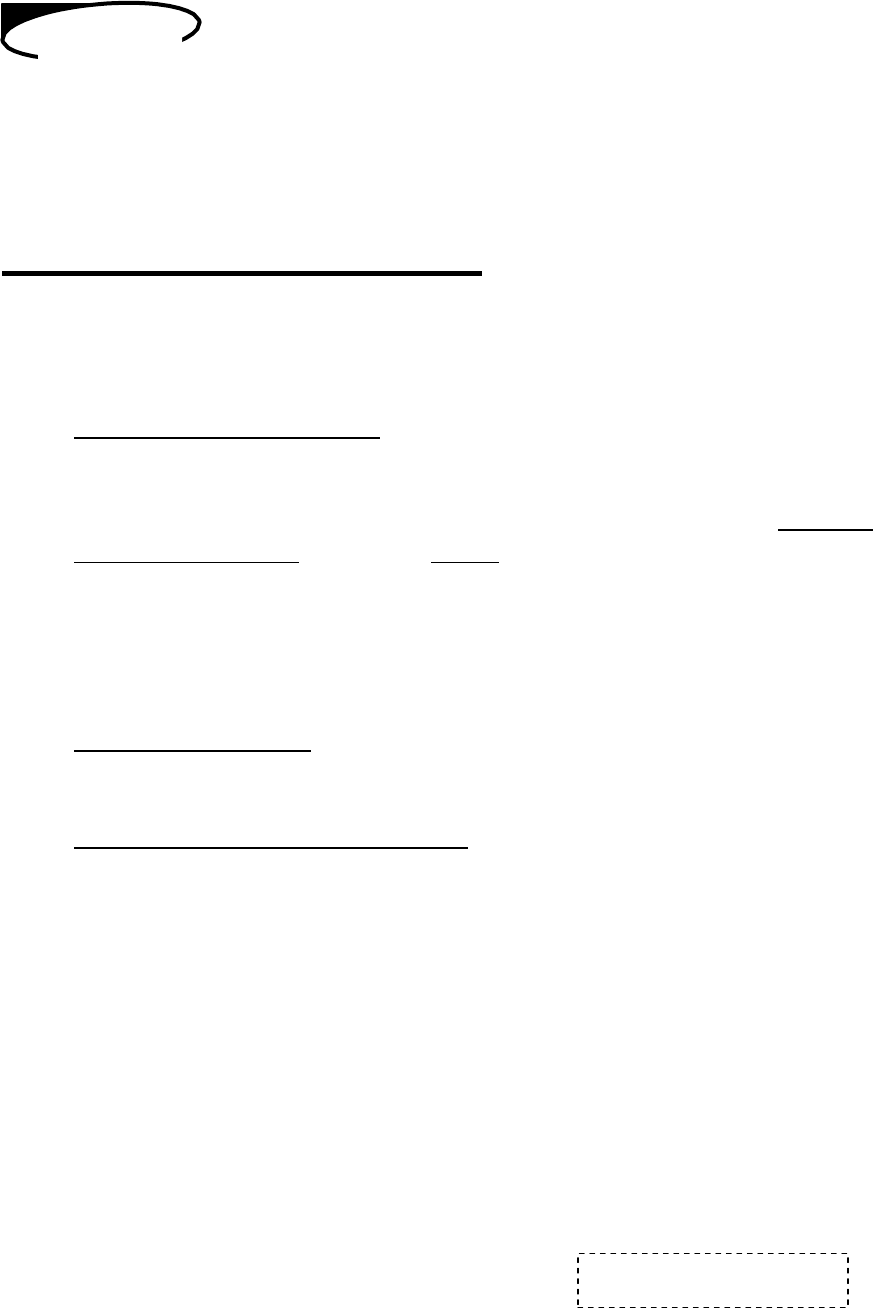
159
Lesson
5
Sentence Structure
Dangling Modifiers
Dangling modifiers create a sentence that lacks an appropriate subject.
Looking down at the valley, the colors were beautiful.
Dangling modifier
Who is looking at the valley? In this sentence, the phrase Looking
down at the valley, modifies colors. Since colors cannot look at a
valley, the writer must create an appropriate subject.
Looking down at the valley, we saw that the colors were beautiful.
(Corrected Sentence)
To fix a dangling modifier, create a logical subject for the modifier
Walking to the office, the police car pulled over the red truck
Walking to the office, I saw the police car pull over the red truck.
(Corrected by creating a subject)
While I was walking to the office, I saw the police car pull over the
red truck.
5 QUESTIONS

160
Dangling Modifiers
Directions: Choose the one best answer to each question. Questions 1 through 6 refer to the
following paragraph.
(1) Comets are icy, celestial bodies that have one or two tails. (2) We can see comets without a
high-power telescope only when they orbit very near the sun. (3) The sun melts the ice,
creating a vapor trail of shining dust particles. (4) We watch their swift, brilliant journeys,
knowing the are very far away. (5) With dazzling tails behind them, we are astonished by their
beauty. (6) Looking up into the night sky, the unusual light show is awesome.
1. Sentence 2: We can see comets without a high-power telescope only when they orbit
very near the sun.
If you rewrote sentence 2 beginning with: Without a high-power telescope, the next words should be:
(1) We can see
(2) We can sea (3)
Comets orbits (4)
When they orbit
(5) Very near the sun
2. Sentence 4: We watch their swift, brilliant journeys, knowing they are very far away.
If you rewrote sentence 4 beginning with: Knowing they are very far away the next words should be:
(1) Comets are
(2) We can see
(3) We had watched
(4) Their swift, brilliant journies
(5) There swift, brilliant journies
3. Sentence 5: With dazzling tails behind them, we are astonished by their beauty.
Which is the best way to write the underlined portion of this sentence? If the original is the best way,
choose option (1).
(1) We are astonished by their beauty.
(2) We are astonished by comets by their beauty.
(3) We are astonishing by their beauty.
(4) Comets are astonished by their beauty.
(5) Comets astonish us by their beauty.

161
4. Sentence 6: Looking up into the night sky, the unusual light show is awesome.
Which correction should be made to sentence 6?
(1) Remove the comma after sky
(2) Insert you see after sky,
(3) Insert we all agree that after sky,
(4) Insert a comma after show
(5) No correction is necessary
5. Looking for an adventure, a windjammer cruise can be exciting and fun.
Which is the best way to write the underlined portion of this sentence? If the original is the best way
choose option (1)
(1) Adventure, a windjammer
(2) Adventure; a windjammer
(3) Adventure, we found that a windjammer
(4) Adventure, exciting and fun
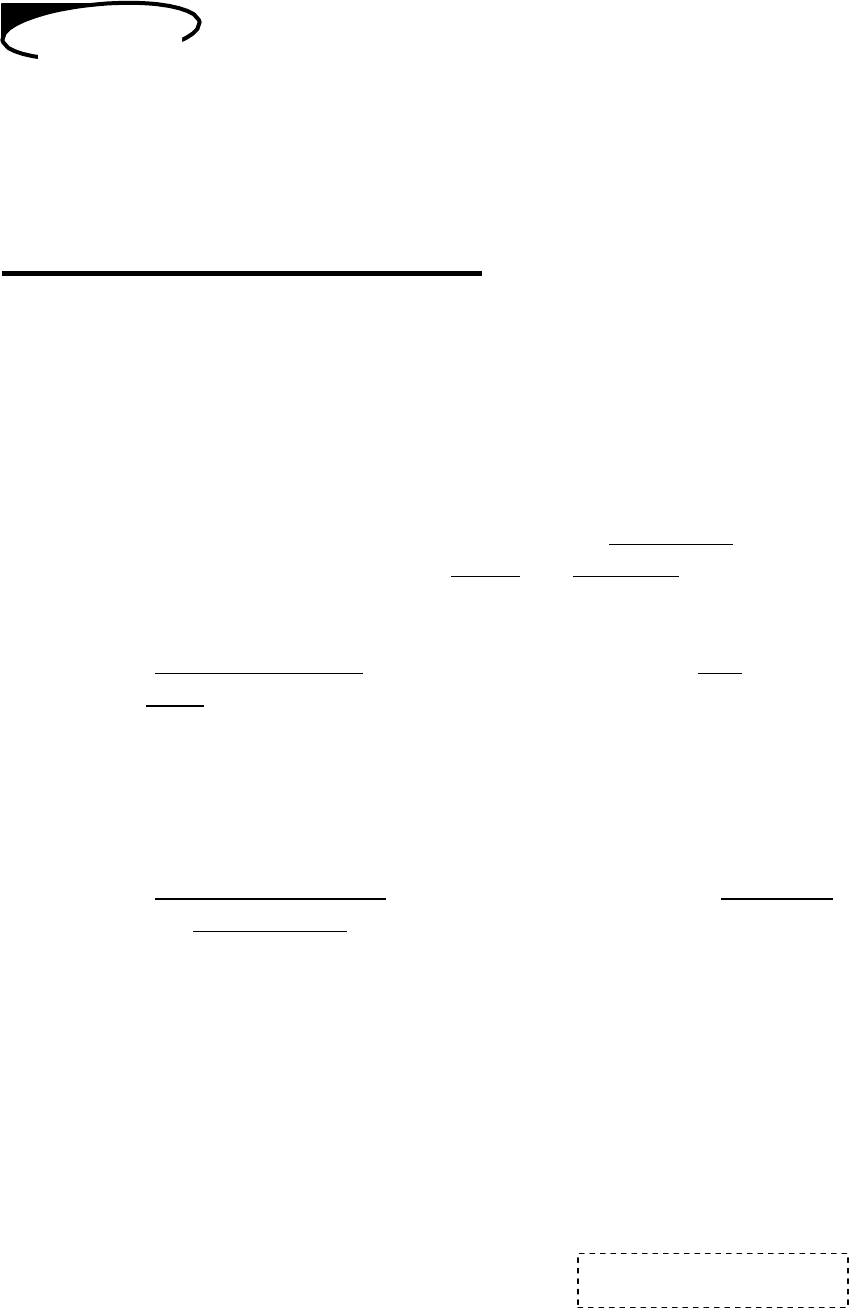
162
Lesson
6
Sentence Structure
Parallel Structure
Parallel structure means that equal and related words and phrases must use
the same grammatical form.
¾ Verbs, nouns, adjectives, or adverbs in a series must use the same
grammatical form.
She is happy, charming, and has beauty. (Has beauty is not
parallel with the adjectives happy and charming.)
She is happy, charming, and beautiful. (correct)
The as shows the desk’s size, color, and how much it costs.
(How much it costs is not parallel with the nouns size and
color.)
¾ Phrases in a series must use the same grammatical form.
She makes quilts for relaxation, entertainment, and to earn extra
money.
(To earn extra money is not parallel with the nouns relaxation
and entertainment.)
She makes quilts for relaxation, entertainment, and extra
money. (correct)
6 QUESTIONS
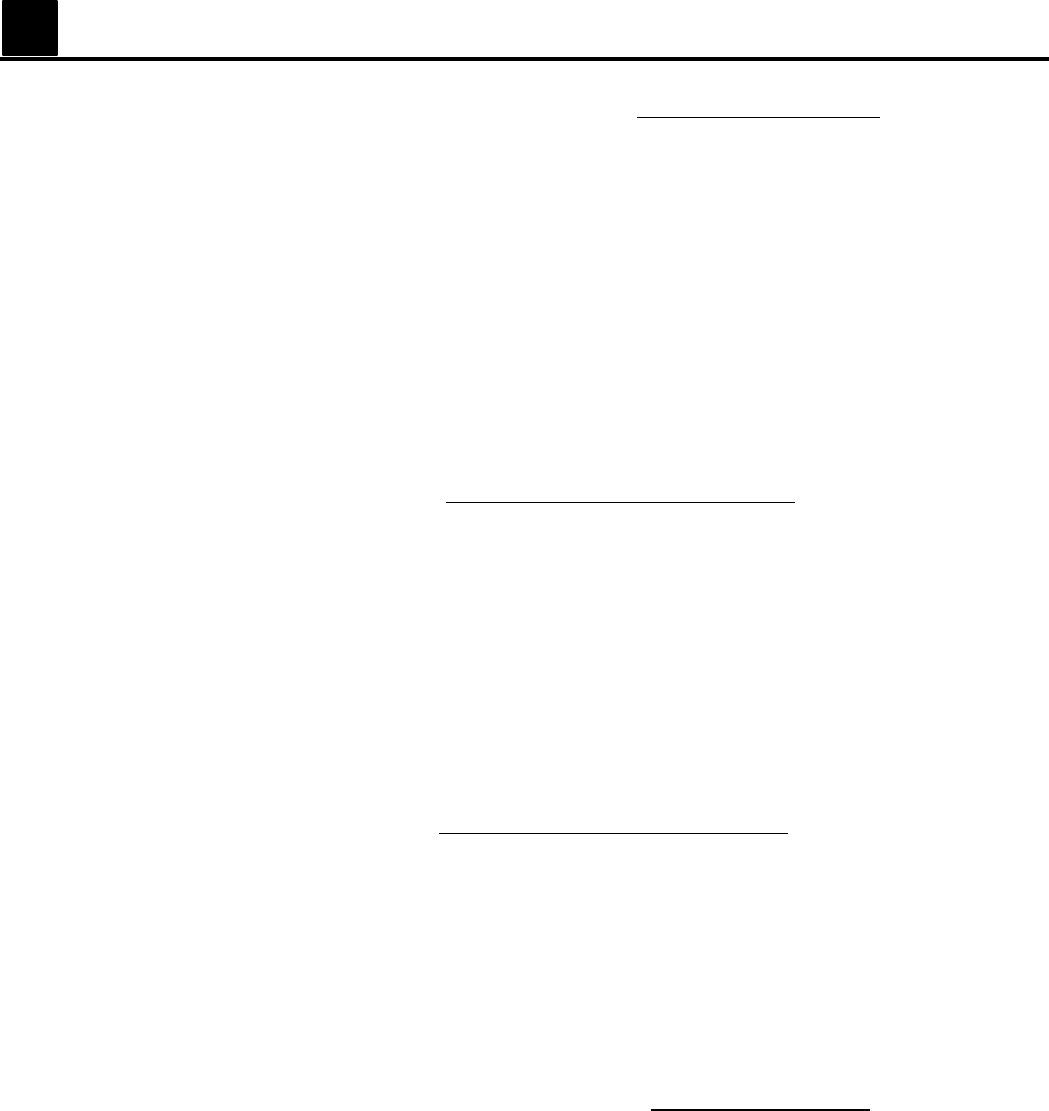
163
Parallel Structure
Directions: Choose the one best answer to each question. Questions 1 through 3 refer to the
following paragraph.
(1) The tall Afghan hound are an ancient dog breed. (2) the Afghan, which has a curling tail, is
long-eared, and has long legs. (3) The Afghan also has thick, long flowing hair. (4) Afghans
are aloof, are stubborn, and have a sweet disposition. (5) For such a large and stately dog
the Afghan is surprisingly affectionate. (6) Afghans like to hunt, to run, and being by
themselves outside.
1. Sentence 2: The Afghan, which has a curling tail, is long- eared, and has long legs.
If you rewrote sentence 2 beginning with; With a curling tail, long ears, and the next word should be:
(1) Its long legs,
(2) Has long legs
(3) Legs that are long,
(4) Runs on long legs
(5) Long legs,
2. Sentence 4: Afghans are aloof, are stubborn, and have a sweet disposition.
If you rewrote sentence 4 beginning with Afghans are aloof, stubborn, and the next word or words
should be:
(1) Have a sweet disposition
(2) Sweet
(3) Sweetly
(4) Are sweet dispositioned
(5) With a sweet disposition
3. Sentence 6: Afghan like to hunt, to run, and being by themselves outside.
Which is the best way to write the underlined portion of this sentence? If the original is the best way,
choose option (1).
(1) Being by themselves
(2) To be by themselves
(3) Want to be by themselves
(4) Are glad to be by themselves
(5) Be by themselves
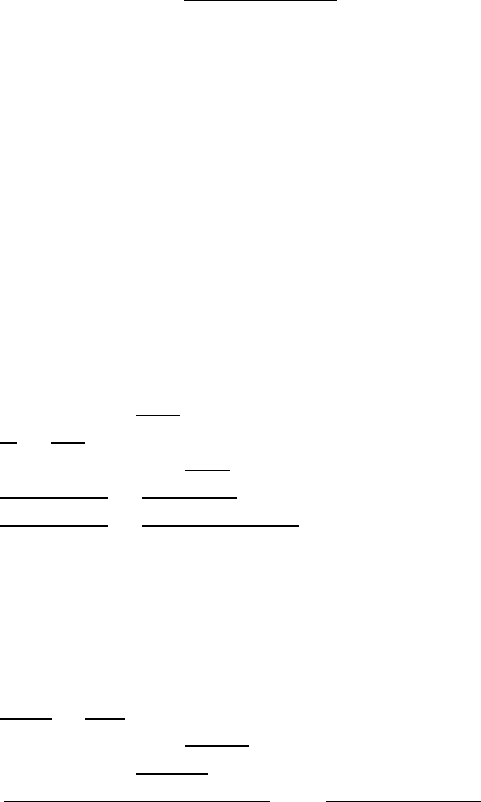
164
Questions 4 through 6 refer to the following paragraph.
(1) In October, the states of Vermont and Maine have spectacular colors, crisp weather, and
leaves that fall. (2) Although they are green in the spring, the leaves turn bright red, deep
brown, and yellow that shines in the fall. (3) The lake or ocean water is blue, clear, and it
sparkles. (4) For many years, tourists have travel long distances to see these sights. (5)
Maine and Vermont have become a favorite destination for hikers, bicyclists, and people
who take pictures. (6) Our visitors always enjoy the fresh country air and the beautiful
colors of the New England landscape.
4. Sentence 1: In October, the states of Vermont and Maine have spectacular colors,
crisp weather, and leaves that fall.
Which is the best way to write the underlined portion of this sentence? If the original is the best way
choose option (1)
(1) Leaves that fall
(2) Leaves who fall
(3) Leaves are falling
(4) Falling leaves
(5) Leaves fall
6. Sentence 3: the lake or ocean water is blue, clear, and it sparkles.
Which correction should be made to sentence 3?
(1) Insert a comma after lake
(2) Change is to are
(3) Remove the comma after blue
(4) Change it sparkles to sparkling
(5) Change it sparkles to which sparkles
7. Sentence 5: Maine and Vermont have become a favorite destination for hikers,
bicyclists, and people who take pictures.
Which correction should be made to sentence 5?
(1) Change have to had
(2) Remove the comma after hikers
(3) Insert a comma after people
(4) Replace people who take pictures with photographers
(5) No Corrections necessary
Page 165 Answers
Lesson 5 Dangling Modifiers
1. 1
2. 2
3. 5
4. 3
5. 3
Lesson 6 Parallel Structure
1. 5
2. 2
3. 2
4. 4
6. 4
7. 4
Enter scores on face sheet page 137

165
Quiz Answers
Lessons 5 and 6
Lesson 5 Dangling Modifiers
1.
1
2.
2
3.
5
4.
3
5.
3
Lesson 6 Parallel Structure
1.
5
2.
2
3.
2
4.
4
6.
4
7.
4
Enter scores on face sheet page 137

166
Exercise 2 REGULAR PLURALS
A plural noun names more than one person, place, thing, or idea:
Many families buy homes to save money on taxes.
There are rules for forming the plurals of nouns. Here are the three most basic
rules:
1) The plural of most nouns is formed by adding s:
Car, cars; sale, sales; desk, desks
2) The plural of nouns ending with s, sh, ch, x, or z is formed by adding es:
Brush, brushes; box, boxes
3) The plural of nouns that end with y after a consonant is formed by
changing y to i and adding es:
Baby, babies; city, cities
Note: The plural of nouns that end with y after a vowel is formed by
adding s:
Day, days; attorney, attorneys
DIRECTIONS: If there is an incorrect plural form in the group of nouns,
Circle it. The write the correct spelling on the line. If all of the
plurals are correct, write “OK” on the line.
Example:
1. eagles
ducks
thrushes
wishes
catches
parrots
crashs
finches
crashes
2. delays
pennys
keys
stories
3. watches
bracelets
necklaces
crownes
4. buggies
candies
bluejays
blueberrys
5. riches
hopes
kisses
witchs
6. turkeys
studies
puppys
cavities
7. blazes
dashes
blotches
blanketes
8. secretarys
directories
mysteries
volleys
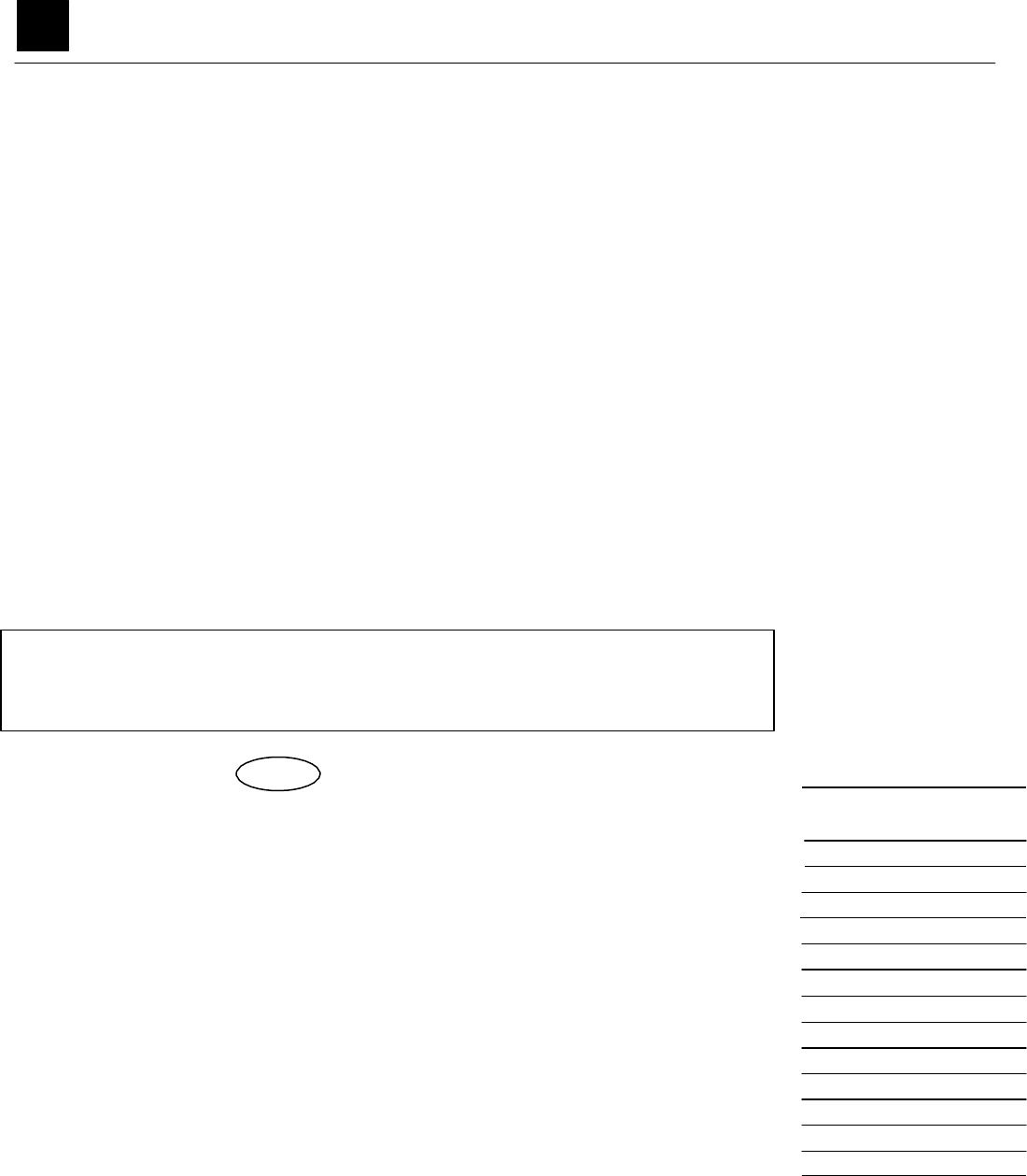
167
Exercise 3 REGULAR PLURALS II
Here are more rules for forming the plurals of nouns.
4) The plural of nouns ending with f or fe is sometimes formed by adding s;
sometimes it is formed by changing the f or fe to v and adding es:
roof, roofs; thief, thieves; knife, knives
5) The plural of most nouns ending in o is formed by adding s Sometimes the
same words can end either in s or es; check your dictionary if you are not
sure. The following words always end in es:
tomato, tomatoes; potato, potatoes; echo, echoes; hero, heroes; torpedo,
torpedoes
6) The plural of hyphenated nouns is formed by adding s to the main noun:
father-in-law, fathers-in-law; looker-on, lookers-on
7) The plural of nouns ending with ful is formed by adding s to the end of the
word:
spoonful, spoonfuls
Directions: If there is an incorrect plural form in the group of nouns, circle it.
Then write the correct spelling on the line. If all of the plurals are
correct, write “OK” on the line.
Example: videos pianoes solos heroes
pianos
1.
tomatos
potatoes
tattoos
toes
2.
sisters-in-law
half-brothers
attorney’s-at-laws
masters-of-cere
monies
3.
mouthfuls
bagsful
handfuls
drawerfuls
4.
cousins-to-be
mothers-in-law
great-aunts
brother-in-laws
5.
echoes
shelves
autos
wives
6.
lives
bookshelves
knifes
beliefs
7.
altos
stereos
photoes
radios
8.
leafs
proofs
halves
calves
9.
banjos
burros
cellos
sopranos
10.
mosquitoes
hoboes
videos
potatos
11.
briefs
pufis
tarifis
safes
12.
cupsful
armfuls
bowlfuls
boxfuls
13.
memos
cameos
studioes
duos
14.
lookers-on
runners-on
brides-to-be
senator-elects

168
Exercise 4 IRREGULAR PLURALS
Below are examples of plural nouns with different types of irregular spellings.
8) For some nouns, the plural form is the same as the singular form:
one fish, two fish; one deer, two deer
9) Some nouns can be used only in the plural form:
Binoculars; scissors
10) The plural of some nouns is formed by changing the spelling:
Tooth, teeth; mouse, mice; child, children; person, people
11) The plural of nouns ending with man, woman, or child is formed by using the
plural forms men,
women, or children
12) The plural of some nouns ending in is is formed by changing is to es:
crisis, crises; basis, bases; hypothesis, hypotheses
13) The plural of some nouns ending in um or on is formed by changing the um or
on to a:
datum, data; memorandum, memoranda; criterion, criteria; phenomenon,
phenomena
DIRECTIONS: If there is an incorrect plural form in the group of nouns, circle it. Then write
the correct spelling on the line. If all of the plurals are correct, write “OK” on
the line
Example: teeth
1. mice
scissors
trout
memorandes
fish
parentheses
sheep
memoranda
2. children
repairmen
crisies
hypotheses
3. sunglass
trousers
shorts
jeans
4. policemans
bases
feet
washerwomen
5. cattle
pants
data
tooths
6. clothes
slacks
overalls
briefs
7. servicewomans
lice
eyeglasses
moose
8. swordfish
deers
cows
horses
9. godchilds
godparents
chairwoman
chairmen
10. analyses
criterias
memoranda
media
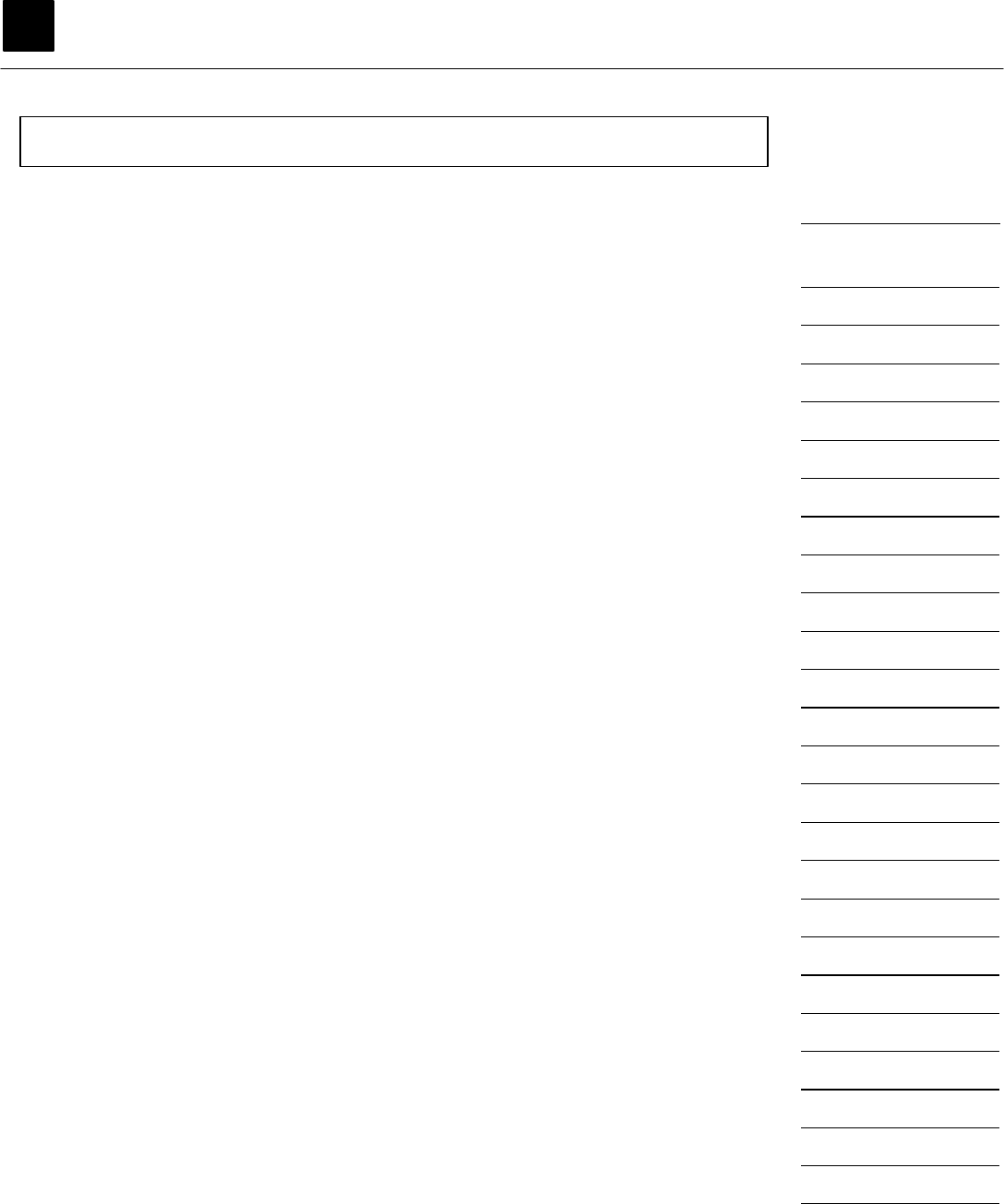
169
Exercise 5 PLURALS REVIEW
DIRECTIONS: Write the plural form of each noun.
Example:
handful
handfuls
1. city
1.
2. church
2.
3. chairwoman
3.
4. crisis
4.
5. monkey
5.
6. brother-in-law
6.
7. baby
7.
8. tooth
8.
9. belief
9.
10. solo
10.
11. check
11.
12. potato
12.
13. wife
13.
14. story
14.
15. light
15.
16. replay
16.
17. spoonful
17.
18. fish
18.
19. bookshelf
19.
20. grandchild
20.
21. vacancy
21.
22. crash
22.
23. annex
23.
24. quiz
24.
25. criterion
25.

170
Exercise 12 PAST TENSE IRREGULAR VERBS
As you have seen, the past tense of most verbs is formed in a regular
manner, by adding ed:
Look, looked; pick, picked; rain, rained; jump, jumped
Some verbs, called irregular verbs, form the past tense differently:
Bring, brought; eat, ate; come, came; sing, sang
To be certain of the correct past tense form of any irregular verb, you can
check the dictionary.
DIRECTIONS: Underline the correct past tense verb in each sentence.
Example: No one (weared, wore) a warm jacket.
1. Ryan (throwed, threw) the ball to the plate.
2. I (wrote, writ) a seven-page letter to Carlos.
3. When it got dark, we all (ran, run) home.
4. Gilda (slept, sleeped) until past noon.
5. The mail workers (striked, struck) for higher pay.
6. Yesterday, Diana Nyad (swam, swum) across the bay.
7. Lou (catched, caught) a cold on his camping trip.
8. The bird (flew, flied) over the rainbow.
9. Someone just (stoled, stole) a car from the parking lot.
10. The crowd (been, was) at the race since early afternoon.
11. The announcer (sayed, said) the show would go on.
12. Leonard and Doris (losed, lost) everything in the fire.
13. I really (feeled, felt) awful about their bad luck.
14. Everyone (saw, seen) the fireworks.
15. Ms. Johnson (teached, taught) math for twenty years.
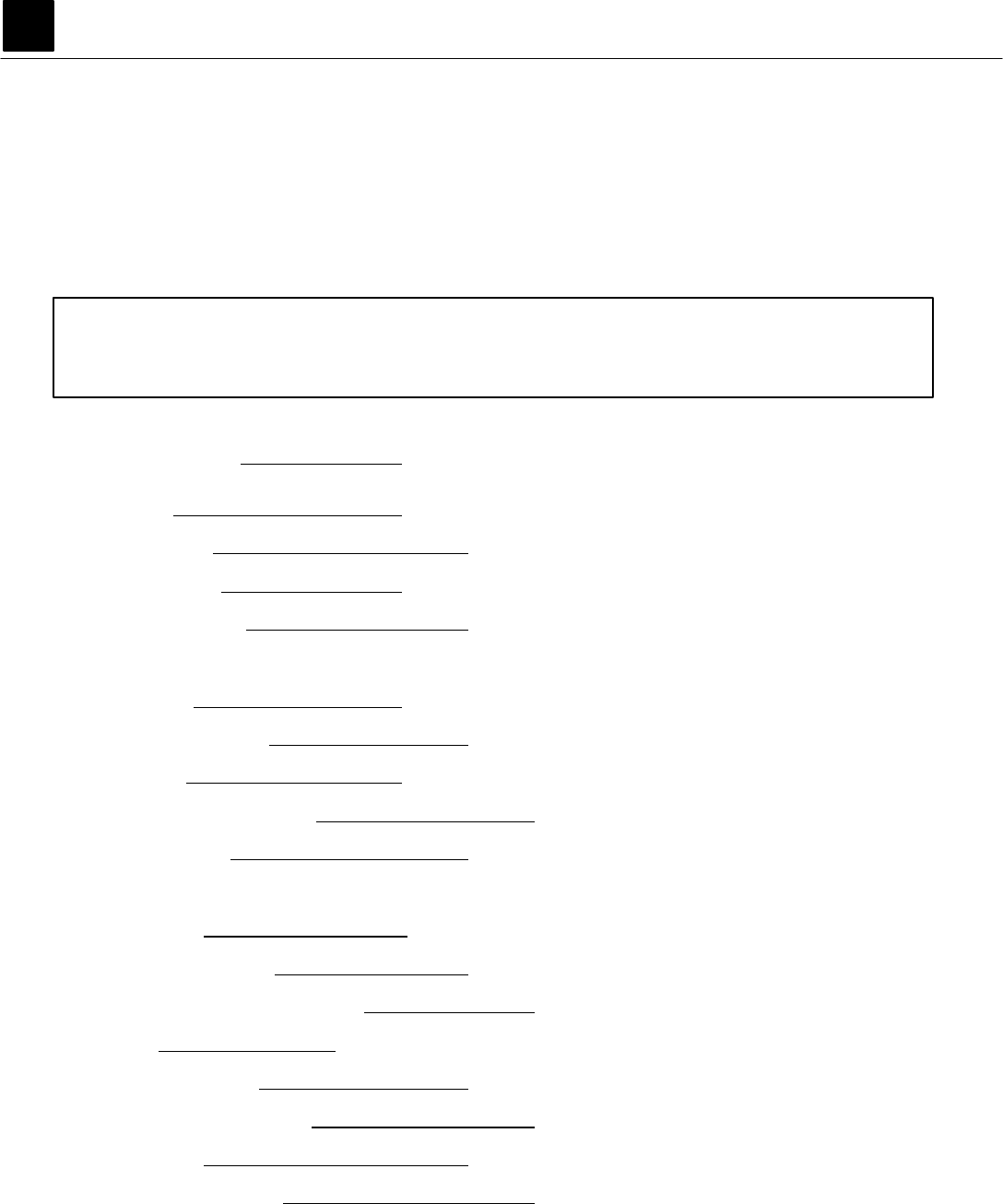
171
Exercise 13 ALL TENSES
Besides the simple present, past, and future, there are other, more complicated, tenses
a verb can take.
In addition , on verb form—the infinitive—does not reflect different verb
tenses. As its name implies, the infinitive is “timeless”:
We like to go there. We wanted to go there last night. We plan to go there
tomorrow.
DIRECTIONS: Before each sentence below, the base form of the verb is written in
parentheses. Decide on the correct form of the verb needed to fill in the blank
in the sentences. Write the correct verb form in the blank.
Example: (bring) Has Lu brought her boys to the class?
1. (eat) Have you yet?
2. (see) Everyone had the movie.
3. (go) When will you to Washington?
4. (write) Davida decided a letter to her boyfriend
yesterday.
5. (write) Have you down you Social Security number?
6. (get) A minute ago Mark a flashlight so we could see.
7. (feel) I’ve never so sick before.
8. (speak) Has the main character yet?
9. (hurt) Ms. Miller just herself on the rough edges of the
desk.
10. (hear) We haven’t from the unemployment office.
11. (get) Has Khalil been able his raise yet?
12. (break) How could the new car have down already?
13. (sleep) Barry on the sofa in the living room last night.
14. (leave) When my family , I felt very lonely.
15. (freeze) The Popsicles haven’t yet.
16. (do) What are you ?
17. (drink) A baby will usually a bottle a formula every
four hours.
(continued)

172
18. (sweep) Don the floor before his in-laws arrived.
19. (know) If I had how late it was, I’d have stayed at home.
20. (think) Freddi promises she will about our offer.
21. (do) Has Felipe the project?
22. (buy) Although we had just the drapes, they looked so awful
we returned them.
23. (answer) The operator is your call now.
24. (go) When you to school, how large were your classes?
25. (sing) Verna and Mike have in the choir for years.
26. (eat) I the liver sausage pizza, and it was revolting.
27. (sit) I so long that I was stiff.
28. (order) As soon as the waiter comes, we should .
29. (take) The plane will be off on time this morning.
30. (try) We are to save money, but it’s very difficult.
31. (depend) You had better not the teacher for getting good
grades, It’s mostly up to you.

173
1
Answer Key
EXERCISE 1
EXERCISE 5
EXERCISE 7
1. 2
5. 1
1.
cities
1.
Jose’s
2. 2
6. 3
2.
churches
2.
David’s
3. 3
7. 5
3.
chairwomen
3.
OK
4. 1
8. 4
4.
crises
4.
people’s
5.
monkeys
5.
OK
EXERCISE 2
1. OK
2. pennies
3. crowns
4. blueberries
5. witches
6. puppies
7. blankets
8. secretaries
EXERCISE 3
1. tomatoes
2. attorneys-at-law
3. bagfuls
4. brothers-in-law
5. OK
6. knives
7. photos
8. leaves
9. OK
10. potatoes
11. OK
12. cupfuls
13. studios
14. senators-elect
EXCERSIE 4
1. OK
2. crises
3. sunglasses
4. policemen
5. teeth
6. OK
7. servicewomen
8. deer
9. godchildren
10. criteria
6. brothers-in-law
7. babies
8. teeth
9. beliefs
10. solos
11. checks
12. potatoes
13. wives
14. stories
15. lights
16. replays
17. spoonfuls
18. fish
19. bookshelves
20. grandchildren
21. vacancies
22. crashes
23. annexes
24. quizzes
25. criteria
EXERCISE 6
1. OK
2. bus’s
3. landlord’s
4. miners’
5. weeks’
6. OK
7. protesters’
8. Jones’s
9. parents’
10. OK
11. workers’
12. Gross’s
13. OK
14. today’s
15. Boys’
Enter Score on face sheets pages 135-137
6. women’s
7. Steven’s
8. OK
9. Sally’s
10. OK
EXERCISE 8
1. fewer 5. OK
2. These 6. advice
3. OK 7. many
4. less 8. deal
EXERCISE 9
1. 1 6. 3
2. 1 7. 1
3. 5 8. 1
4. 3 9. 2
5. 1 10. 4
EXERCISE 10
1. stirred
2. is
3. reported
4. slips, will break
5. will decide
6. left, was
7. is
8. give
9. dimmed, booed
10. pour, cause
11. saw, hit
12. slams, jumps
13. baked, were
14. spread
15. write
16. am
17. thinks
8. finish, take

174
EXERCISE 11
EXERCISE 14
EXERCISE 17
1. rained
5. dried
1. 2
9. 1
1.
Whom
2. carried
6. OK
2. 1
10. 1
2.
Who
3. OK
7. scrubbed
3. 2
11. 4
3.
whom
4. employed
8. committed
4. 3
12. 2
4.
who
5. 5
13. 5
5.
whom
EXERCISE
12
6. 3
14. 2
6.
who
1. threw
2. wrote
9. stole
10. was
7. 4
8. 3
15. 2
16. 3
7.
8.
whom
whomever
3. ran
4. slept
11. said
12. lost
EXERCISE 15
9.
10.
whoever
whoever
5. struck 13. felt
6. swam 14. saw
7. caught 15. taught
8. flew
EXERCISE 13
1. eaten
2. seen
3. go
4. to write
5. written
6. got
7. felt
8. spoken
9. hurt
10. heard
11. to get
12. broken
13. slept
14. left
15. frozen
16. doing
17. drink
18. swept
19. known
20. think
21. done
22. bought
23. answering
24. went
25. sung
26. ate
27. sat
28. order
29. taking
30. trying
31. depend on
1. Us
2. Our
3. your
4. mine
5. her
6. himself
7. yourself
8. me
9. I
10. you
11. themselves
12. ours
13. hers
14. We
15. us
16. him
17. themselves
18. theirs
19. her
20. He
21. him
22. they
EXERCISE 16
1. I
2. We, they
3. they
4. He
5. him
6. them
7. her
8. he
9. They, we
10. me
11. us
12. me
11. whomever
12. whoever
EXERCISE 18
1. their 7. its
2. his 8. their
3. its 9. their
4. its 10. their
5. their 11. their
6. their 12. her
EXERCISE 19
1. stylish; adverb
2. flowers; adjective
3. blanket; adjective
4. cereal; adjective
5. scraped; adverb
6. peanuts; adjective
7. crept; adverb
8. come; adverb
9. go; adverb
10. movies; adjective
11. finished; adverb
12. water; adjective
13. person; adjective
14. sorry; adverb
15. frightened; adverb
Enter Score on face sheets pages 135-137
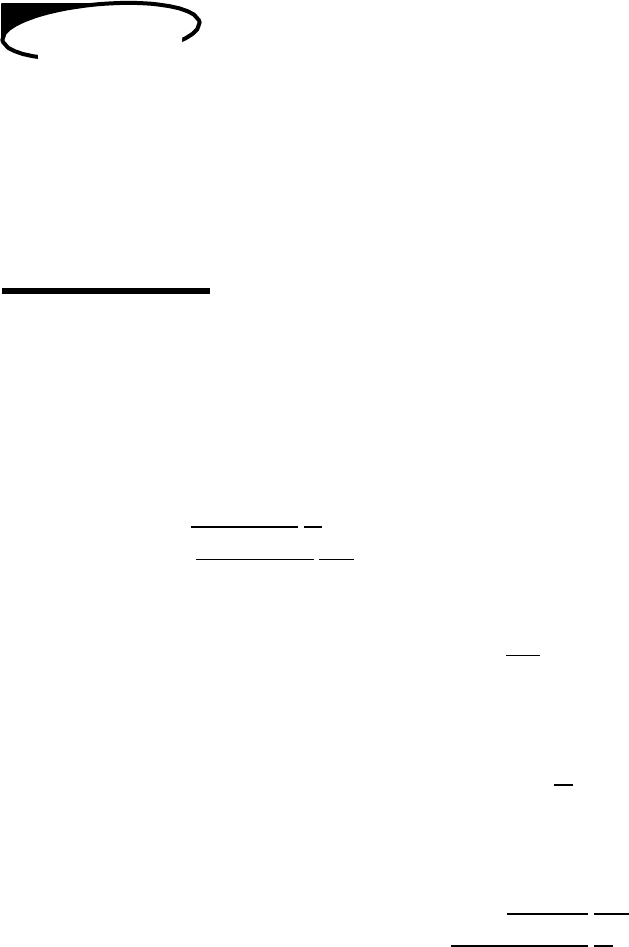
175
Lesson
12
Usage
Subject-Verb Agreement
¾ The subject and verb in a sentence must agree in number. If the
subject is singular, the verb must be singular. Likewise, if the subject
is plural, the verb must be plural.
My computer is not working. (singular subject and verb)
Our computers are not working. (plural subject and verb)
¾ A Compound subject joined by and is plural. It requires a plural verb.
The fax machine and the copier are being repaired.
¾ Singular compound subjects joined by or or nor require a singular
verb.
Either the fax machine or the copier is being repaired.
¾ When a singular and plural subject are joined by or or nor, the verb
agrees with the closest subject.
Neither the fax machine nor the copiers are working.
Neither the copiers nor the fax machine is working.

176
Subject-Verb Agreement
Circled only
Directions: Choose the one best answer to
each question. Questions 1 through 5 refer to
the following paragraph.
(1) Neither drinking nor sleeping mixes
with driving. (2) Some experts view being
sleepy behind the wheel like being intoxicated.
(3) Driving at night or driving when
you’re tired increase the likelihood of an
accident. (4) There have been some common
danger signs that you are about to fall asleep
while driving. (5) Yawning, nodding, and seeing
double are three signs of fatigue. (6) Drifting off
the road and then jerking the car back into the
lane also means you are in danger.
1. Sentence 2: Some experts view being
sleepy being the wheel like being
intoxicated.
If you rewrote sentence 2 beginning with
For some experts, being sleepy behind
the wheel
The next word should be
(1) views
(2) is (3)
are (4)
was (5)
being
2. Sentence 3: Driving at night or driving
when you’re tired increase the likelihood
of an accident.
Which correction should be made to
sentence 3?
(1) insert a comma after night
(2) replace you’re with your
(3) insert a comma after tired
(4) change increase to increases
(5) no correction is necessary
3. Sentence 4: There have been some
common danger signs that you are
about to fall asleep while driving.
Which is the best way to write the
underlined portion of this sentence? If
the original is the best way, choose
option (1).
(1) There have been some common
danger signs
(2) Their have been some common
danger signs
(3) There have been some common
danger signs,
(4) There are some common danger
signs
(5) There were some common
danger signs
4. Sentence 5: Yawning, nodding, and
seeing double are three signs of fatigue.
Which correction should be made to
sentence 5?
(1) remove the comma after Yawning
(2) replace and with or
(3) change are to is
(4) change are to will be
(5) no correction is necessary
5. Sentence 6: Drifting off the road and
then jerking the car back into the lane
also means you are in danger.
Which correction should be made to
sentence 6?
(1) replace road with rode
(2) insert a comma after lane
(3) change means to mean
(4) change are to was
(5) no correction is necessary
Tip
A plural verb does not end in –s. If the
subject of a sentence is plural and the
verb ends in –s, you know that the
subject and verb don’t agree. You
must correct the sentence.

177
For Questions 6 though 10 refer to the following
paragraph.
(1) In 1755 a group of French settlers were
expelled from their adopted homeland. (2) They
settle earlier in what is now the Canadian province
of Nova Scotia. (3) They called the coastal area
where they lived Acadia.
(4) However the settlers became victims of the
struggle between France and England for control of
North America. (5) They scattered throughout the
British colonies form Massachusetts to Louisiana.
(6) The group that settled in Louisiana came to be
known as “Cajuns,” a word derived from
“Acadians.” (7) Henry Wadsworth Longfellows
famous narrative poem “Evangeline” is about the
French settlers transplanted to Louisiana.
6. Sentence 2: They settle earlier in what is
now the Canadian province of Nova
Scotia.
Which correction should be made to
sentence 2?
(1) change settle to had settled
(2) change is to was
(3) change is to will be
(4) insert a comma after province
(5) no correction is necessary
7. Sentence 3: They called the coastal area
where they lives Acadia.
If you rewrote sentence 3 beginning with
Acadia was the name they the next
word(s) should be
(1) had called
(2) call
(3) will call
(4) give
(5) called
8. Sentence 4: However the settlers became
victims of the struggle between France and
England for control of North America.
Which correction should be made to sentence
4?
(1) insert a comma after However
(2) change became to become
(3) change became to will become
(4) insert a comma after France
(5) insert a comma after England
9. Sentence 6: The Group that settled in
Louisiana came to be known as “Cajuns,” a
word derived from “Acadians.”
Which is the best way to write the underlined
portion of this sentence? If the original is the
best way, choose option (1).
(1) settled in Louisiana came to be known as
“Cajuns,”
(2) will settle in Louisiana came to be knows
as “Cajuns,”
(3) settled in Louisiana come to be known as
“Cajuns,”
(4) settled, in Louisiana, will come to be
known as “Cajuns,”
(5) settle in Louisiana came to be knows as
“Cajuns,”
10. Sentence 7: Henry Wadsworth Longfellows
famous narrative poem “Evangeline” is about
the French settlers transplanted to Louisiana.
Which correction should be made to sentence
7?
(1) change Longfellows to Longfellow’s
(2) insert a comma after Longfellows
(3) insert a comma after famous
(4) change is to has been
(5) change is to will be
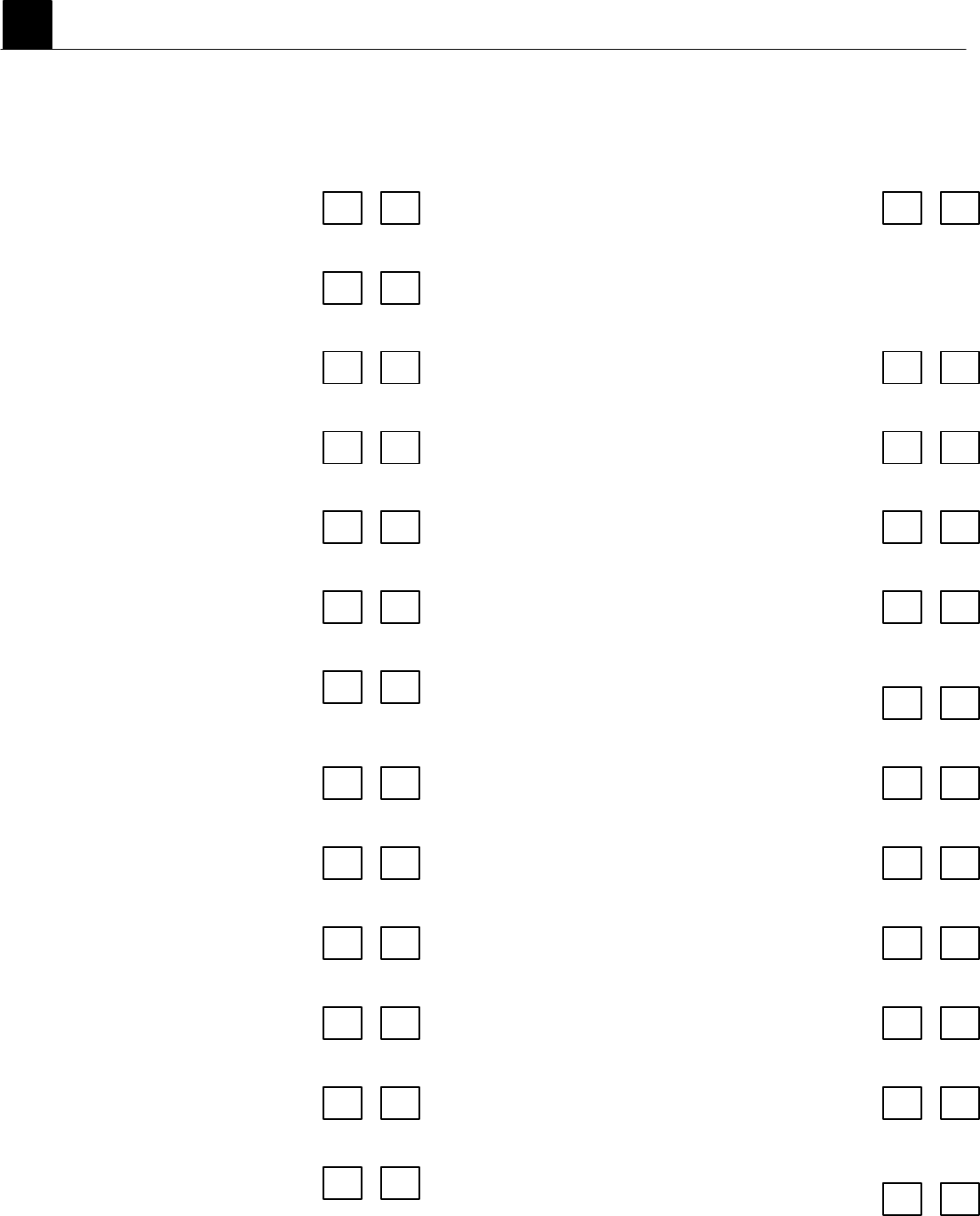
178
SUBJECT-VERB AGREEMENT
Exercise 19
DIRECTIONS: Block out box A if the sentence is correct. Block out box B if the sentence is incorrect
1. One of the students have my homework.
14. Everyone except the members of the laboratory squad
a
b
see this as a major problem.
a
b
2. Are any of you going to see the game today?
a
b
15. Milton and Jerome without the aid of anyone of their
3. One-fourth of the crew was injured in that game.
friends has solved the problem within the time limits
a
b
set by the rules.
a
b
4. One-fourth of the members are ready to vote now.
16. There is only one set of rules that I ever follow.
a
b
a
b
5. Any one of the four is a good as these.
17. Here are the set of records that he bought for me.
a
b
a
b
6. A box of oranges were received at the depot early
18. Each of the boys who sell newspapers has to have an
this morning.
a
b
identification badge.
a
b
7. Neither you nor he is responsible for my errors.
a
b
19. Why don’t someone fix the switch for the electric
trains?
8. Either of the men know the combination to the safe.
a
b
20. Why don’t he mind his own business!
a
b
a
b
9. She is one of the girls who is to speak at the rally.
21. Edna accompanied by Margie and her friend has left
a
b
for the station.
a
b
10. Every one of the solutions were rejected by the
22. No longer do his incessant cries for assistance bother
judges.
a
b
his calloused guards.
a
b
11. Either this group or several of those was the object of
23. Neither the time not the energy is his at this moment.
his search.
a
b
a
b
12. Pauline together with her four friends wish to see you
24. Each of the contestants have three minutes to work
immediately.
a
b
out the puzzle.
a
b
13. The carton of old magazines were placed in the
25. Are there anyone of the players ready to join me in a
basement.
a
b
practice session?
a
b
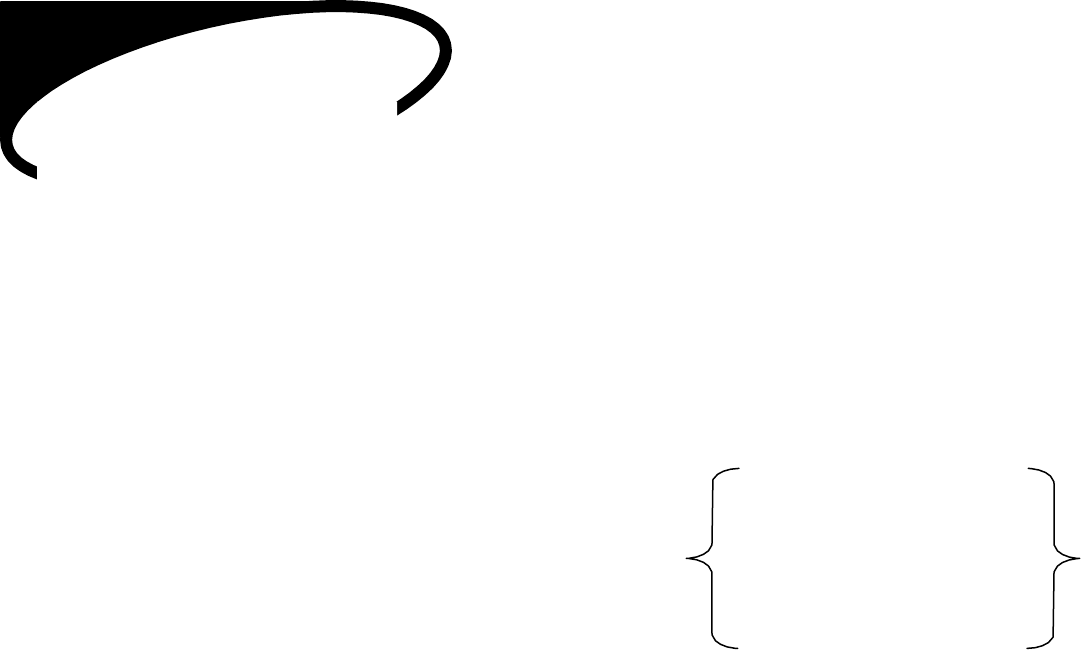
179
Answer Key
Lesson 1 (pages 4-5)
Lesson 6 (pages 19-20)
Lesson 11 (pages 34-35)
1. (4)
6. (4)
1. (5)
6. (2)
1. (4)
6. (3)
2. (5)
7. (4)
2. (2)
7. (5)
2. (2)
7. (1)
3. (4)
8. (1)
3. (3)
8. (4)
3. (1)
8. (3)
4. (1)
9. (5)
4. (2)
9. (2)
4. (3)
9. (4)
5. (1)
10.(4)
5. (3)
10.(4)
5. (4)
10.(5)
Lesson 2 (pages 7-8)
Lesson 7 (pages 22-23)
Lesson 12 (pages 37-38)
1. (1)
6. (2)
1. (5)
6. (3)
1. (2)
6. (1)
2. (4)
7. (3)
2. (1)
7. (3)
2. (4)
7. (5)
3. (5)
8. (1)
3. (1)
8. (3)
3. (4)
8. (1)
4. (2)
9. (3)
4. (4)
9. (3)
4. (5)
9. (1)
5. (1)
10.(4)
5. (5)
10.(2)
5. (3)
10.(1)
Lesson 3 (pages 10-11)
Lesson 8 (pages 25-26)
Lesson 13 (pages 40-41)
1. (1)
6. (3)
1. (2)
6. (1)
1. (3)
6. (5)
2. (1)
7. (3)
2. (5)
7. (2)
2. (5)
7. (3)
3. (5)
8. (1)
3. (2)
8. (5)
3. (5)
8. (1)
4. (3)
9. (4)
4. (2)
9. (4)
4. (1)
9. (2)
5. (4)
10.(4)
5. (1)
10.(4)
5. (2)
10.(5)
Lesson 4 (pages 13-14)
Lesson 9 (pages 28-29)
Lesson 14 (pages 43-44)
1. (3)
6. (3)
1. (3)
6. (3)
1. (5)
6. (4)
2. (5)
7. (1)
2. (2)
7. (2)
2. (3)
7. (5)
3. (4)
8. (4)
3. (5)
8. (5)
3. (2)
8. (4)
4. (3)
9. (5)
4. (4)
9. (3)
4. (4)
9. (3)
5. (4)
10.(2)
5. (1)
10.(1)
5. (2)
10.(2)
Lesson 5 (pages 16-17)
Lesson 10 (pages 31-32)
Lesson 15 (pages 46-47)
1. (2)
6. (2)
1. (4)
6. (4)
1. (1)
6. (3)
2. (4)
7. (3)
2. (5)
7. (4)
2. (4)
7. (1)
3. (3)
8. (1)
3. (4)
8. (1)
3. (5)
8. (4)
4. (5)
9. (4)
4. (1)
9. (5)
4. (1)
9. (4)
5. (5)
10.(5)
5. (1)
10.(4)
5. (5)
10.(2)
Enter Score on face sheets pages 135-137

180
Answer Key
Exercise 19
1. b
2. b
3. a
4. a
5. a
6. b
7. a
8. b
9. b
10. b
11. b
12. b
13. b
14. b
15. b
16. a
17. b
18. a
19. b
20. b
21. a
22. a
23. a
24. b
25. b
Enter Score on face sheets pages 135-137

181
Gerunds and Infinitives
Directions: Put G for verbs followed only by gerunds, I for verbs followed only by infinitives.
G or I
1. refuse
2. delay
3. volunteer
4. beg
5. appreciate
6. mind
7. can’t help
8. persuade
9. keep
10. miss
11. force
12. afford
13. challenge
14. discuss
15. imagine
16. dare
17. arrange
18. allow
19. pretend
20. resent
21. convince
22. tell
23. authorize
24. manage
25. teach
26. mention
27. postpone
28. mean
29. agree
30. cause
31. anticipate
32. struggle
33. warn
34. avoid
35. deny
36. dislike
37. resist
38. demand
39. risk
40. deserve
41. urge
42. suggest
43. quit
44. expect
45. recommend
46. recall
47. hire
48. appear
49. practice
50. remind
Gerund = verb + ing Ex: delay going
V + ing
Infinitive = to + verb Ex: decide to go
To + V

182
Quiz Answers
G or I
1. I (refuse to go)
2. G (delay going)
3. I
4. I
5. G
6. G
7. G
8. I
9. G
10. G
11. I
12. I
13. I
14. G
15. G
16. I
17. I
18. I
19. I
20. G
21. I
22. I
23. I
24. I
25. I
26. G
27. G
28. I
29. I
30. I
31. G
32. I
33. I
34. G
35. G
36. G
37. G
38. I
39. G
40. I
41. I
42. G
43. G
44. I
45. G
46. G
47. I
48. I
49. G
50. I
